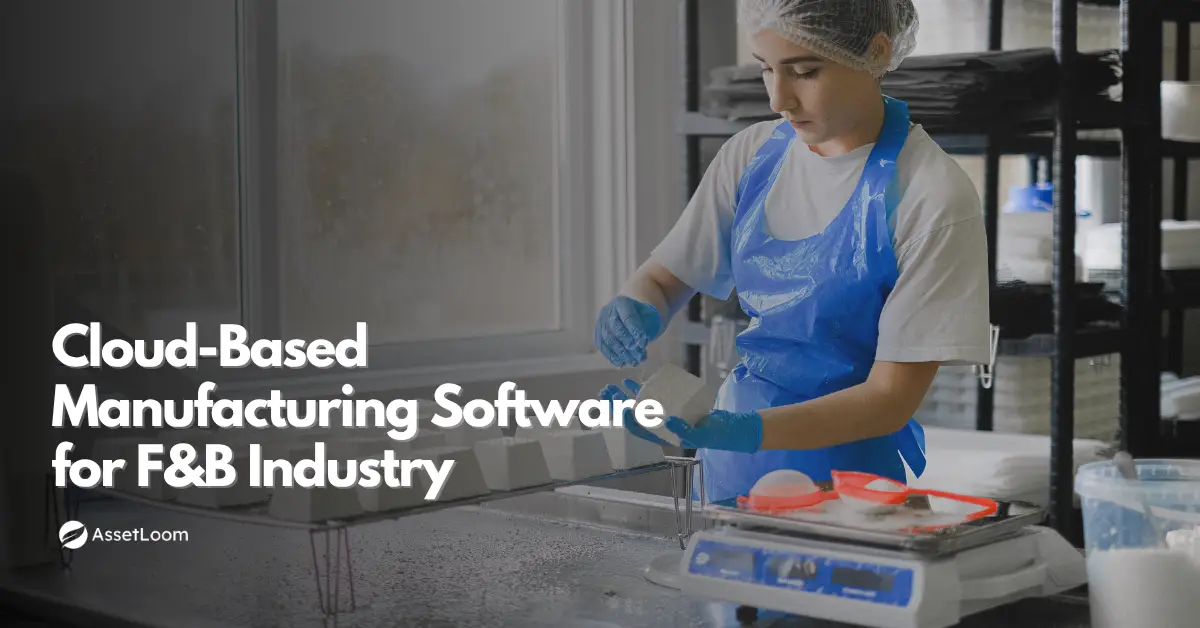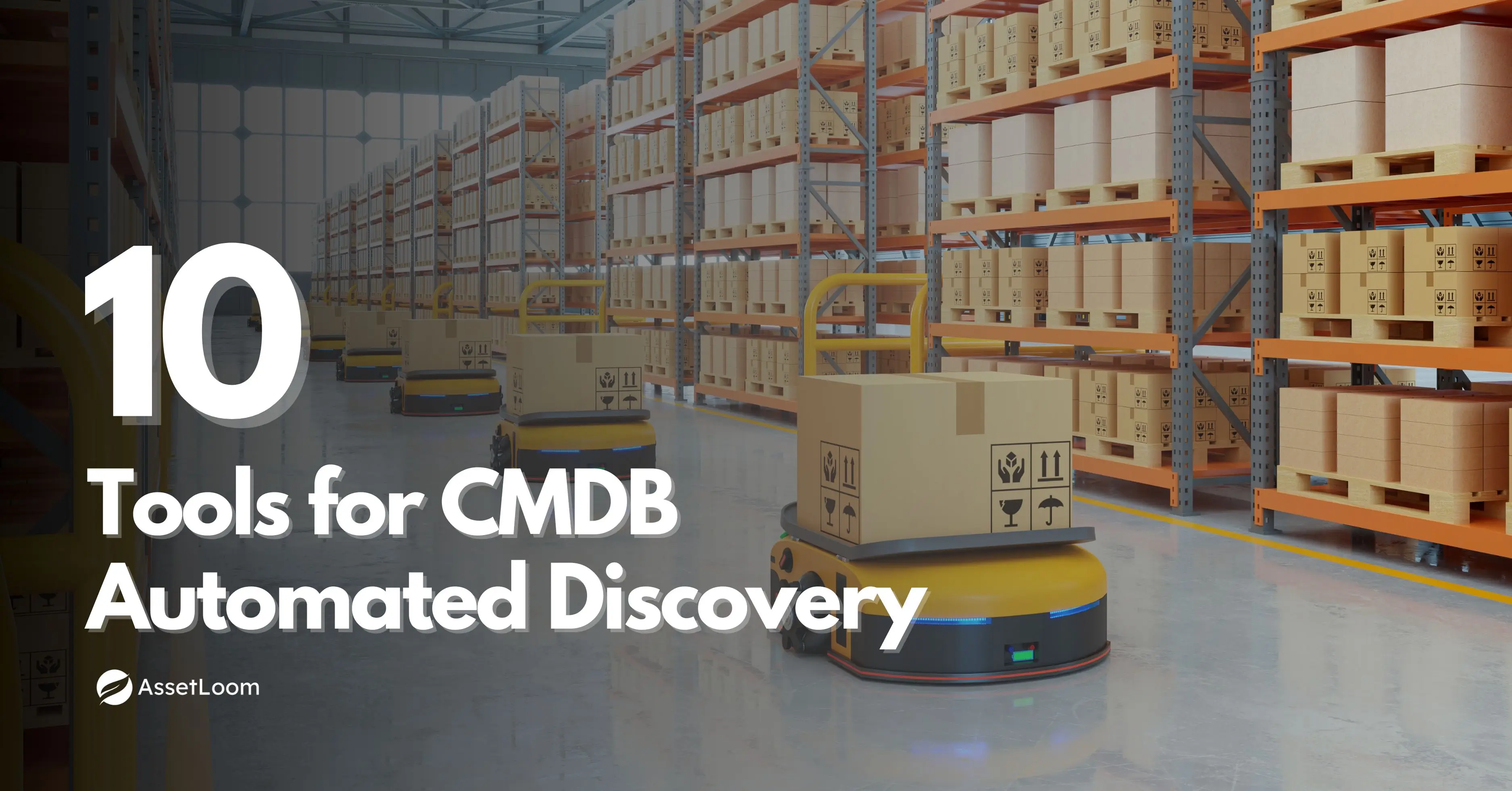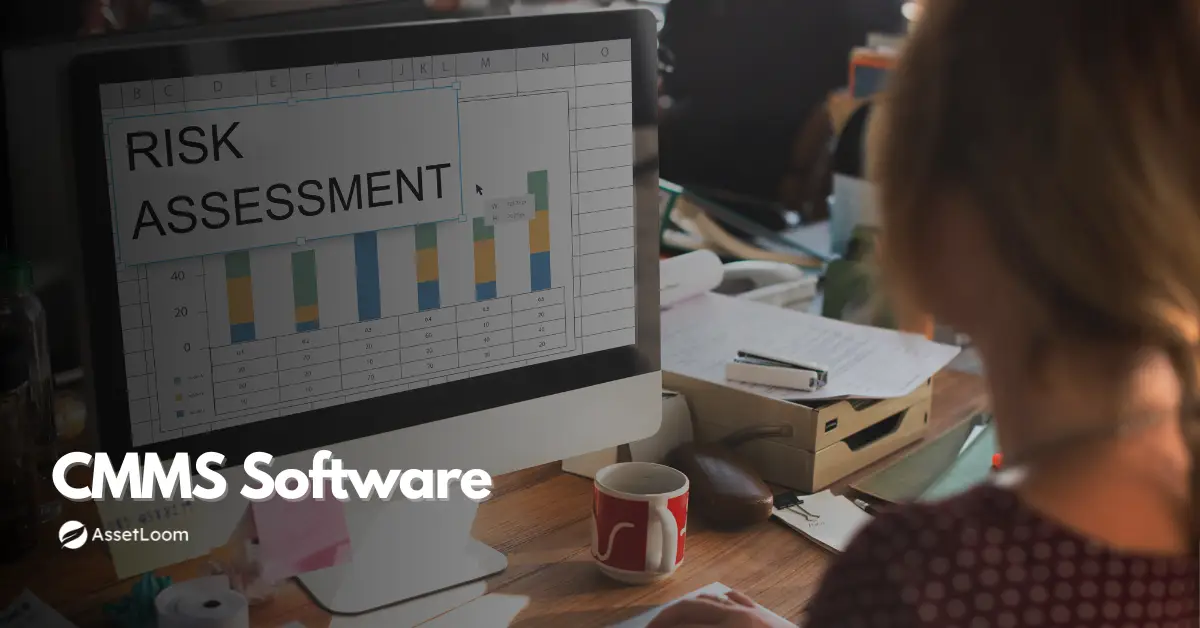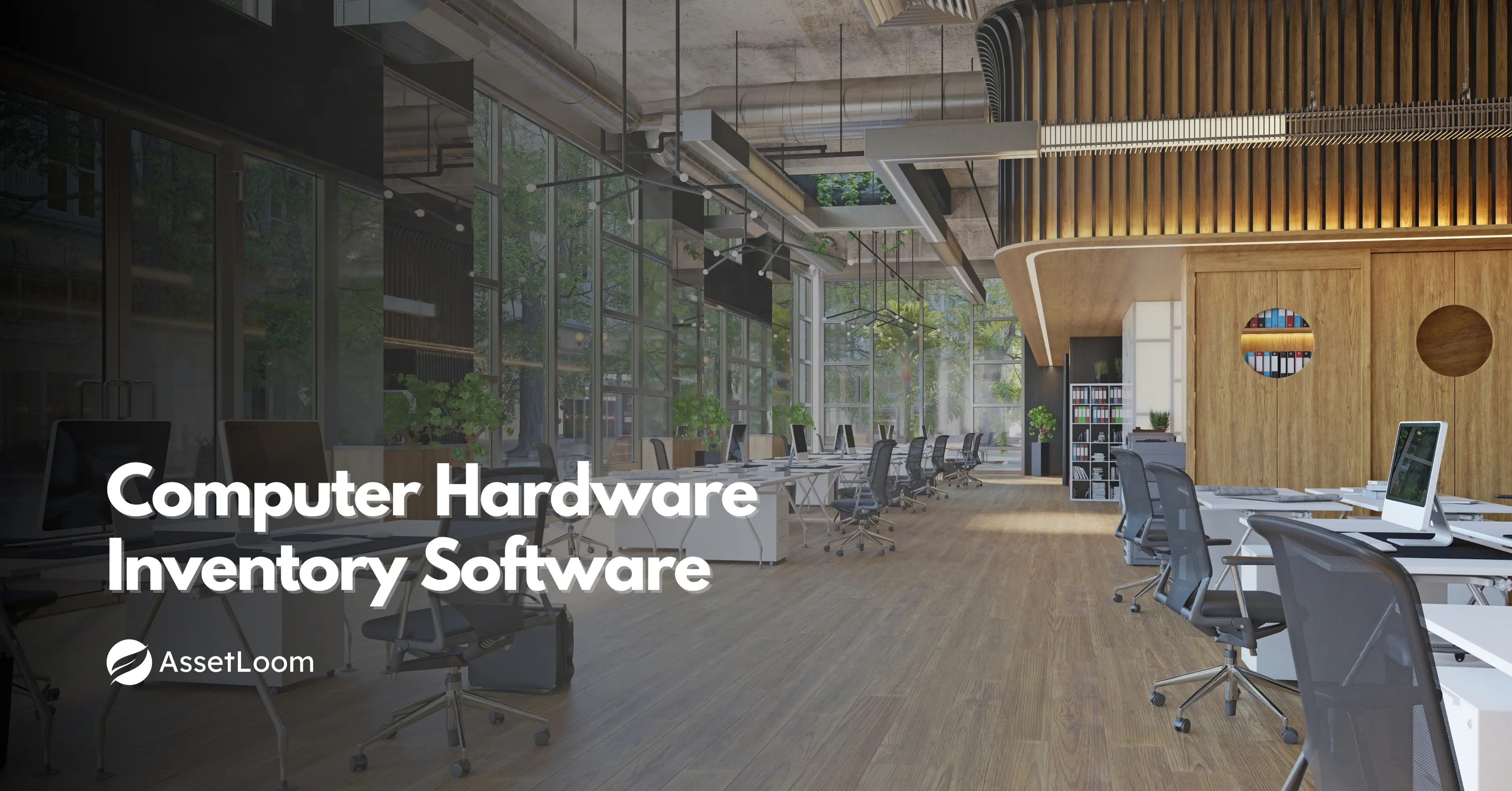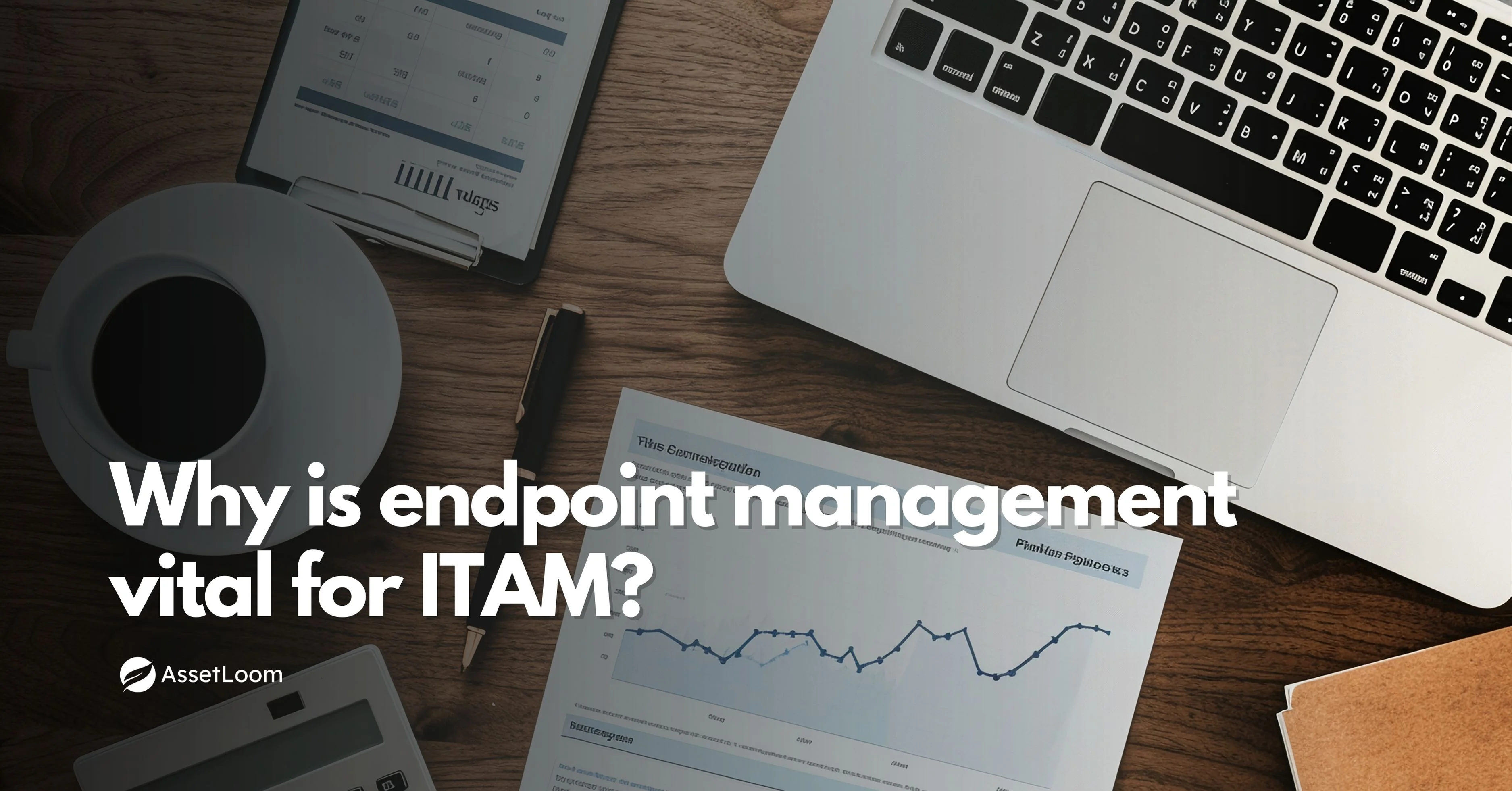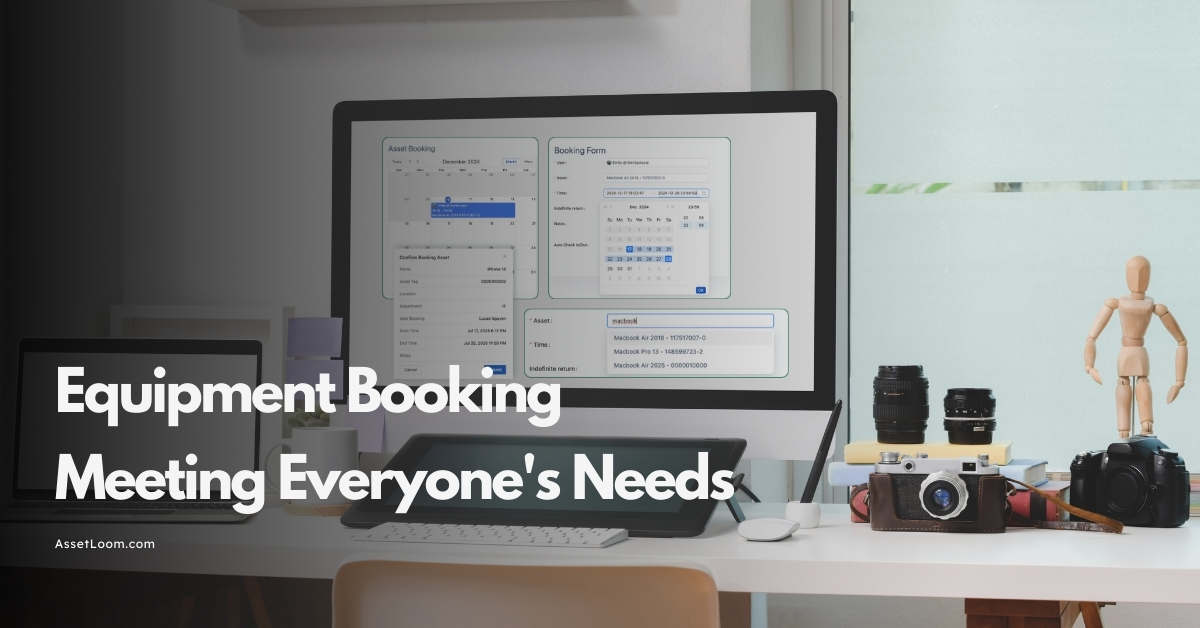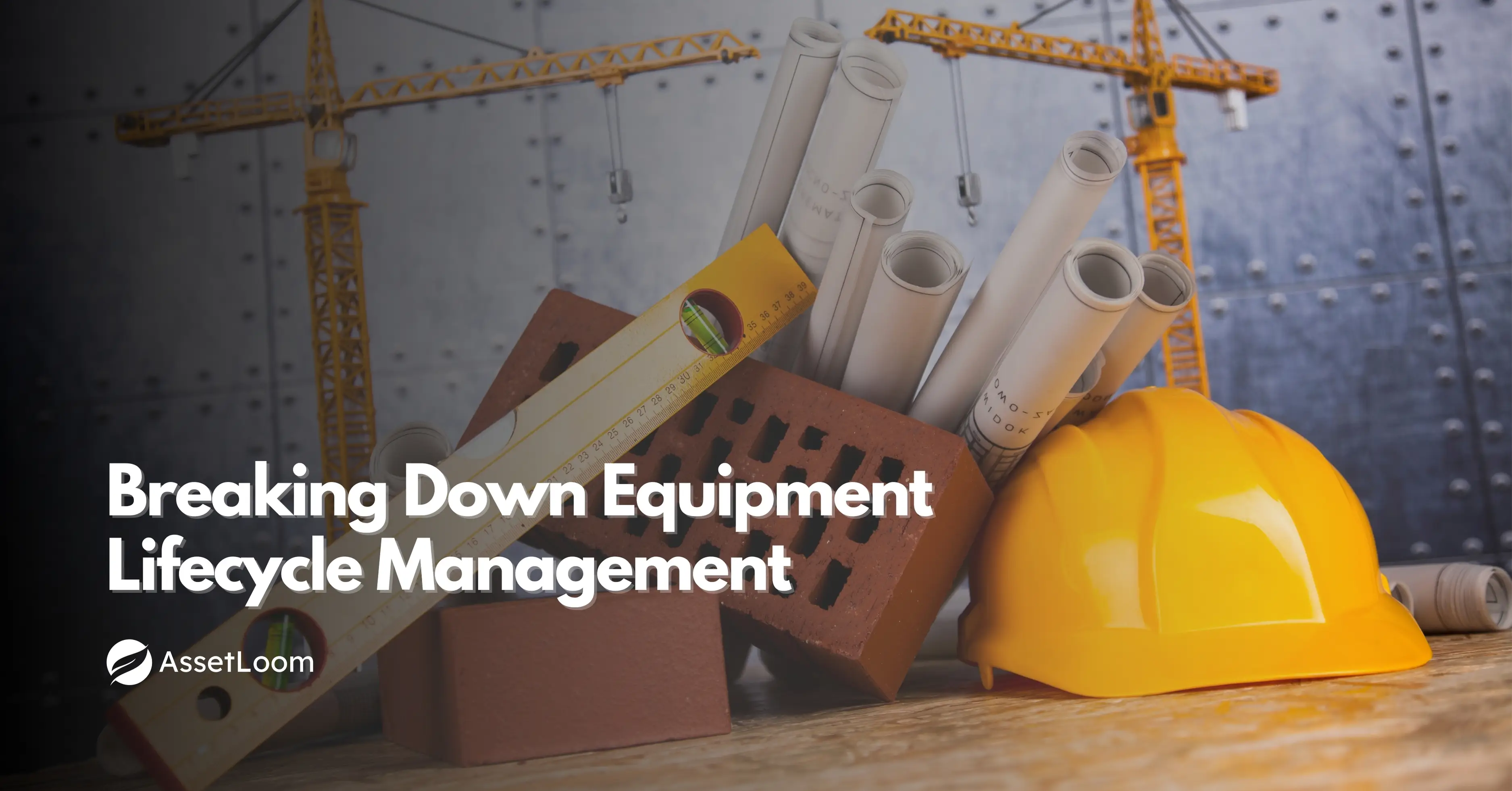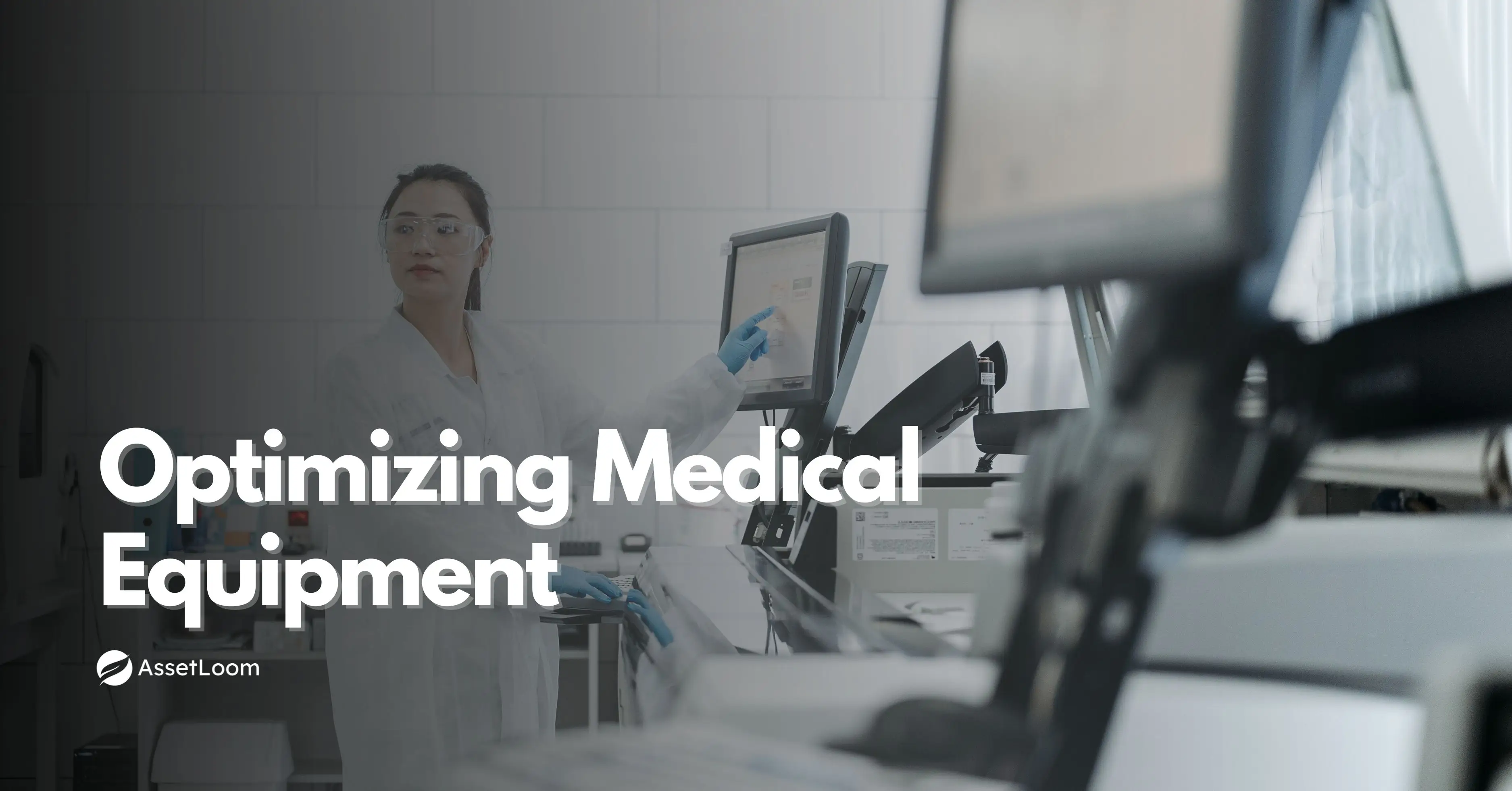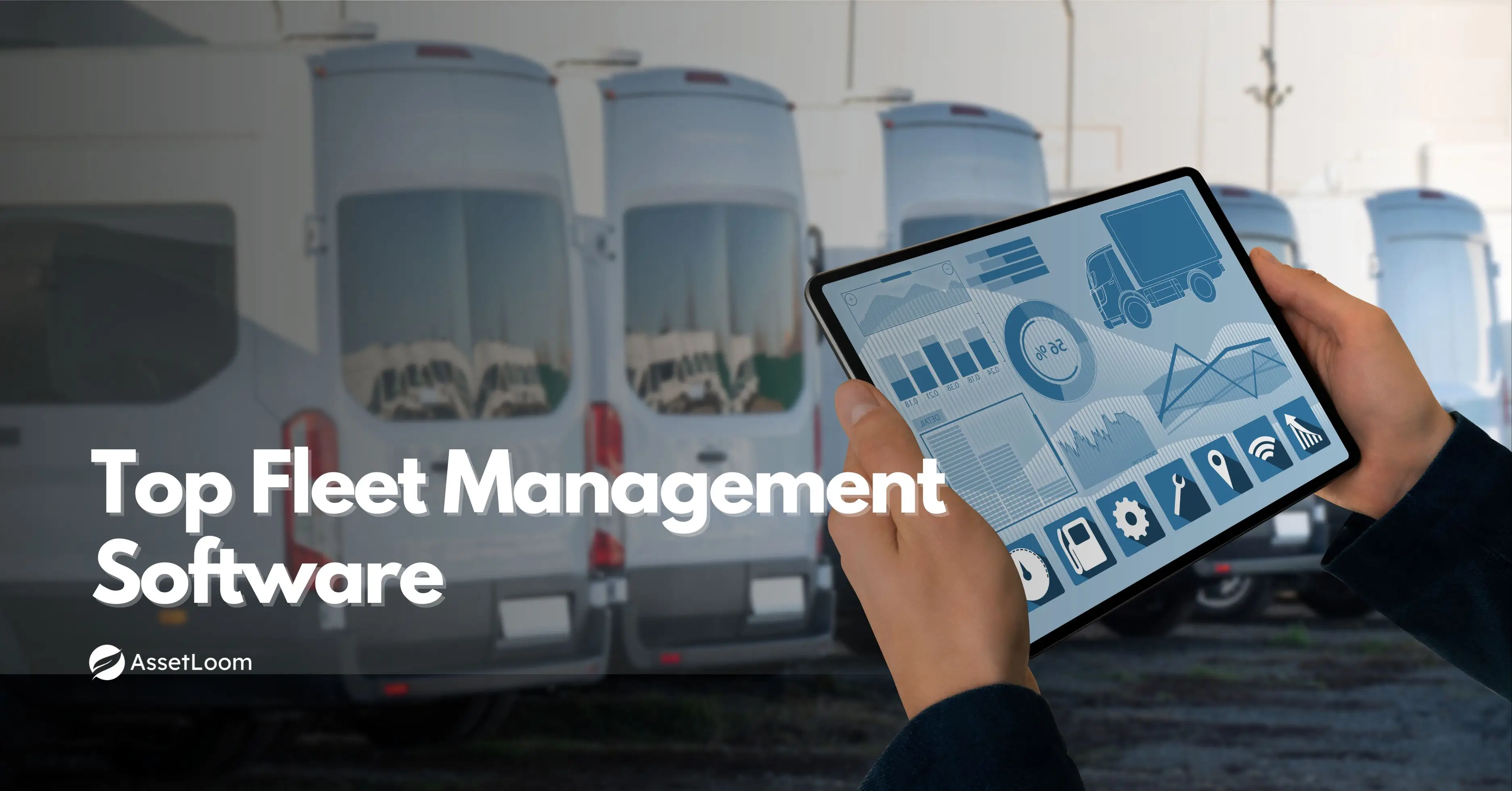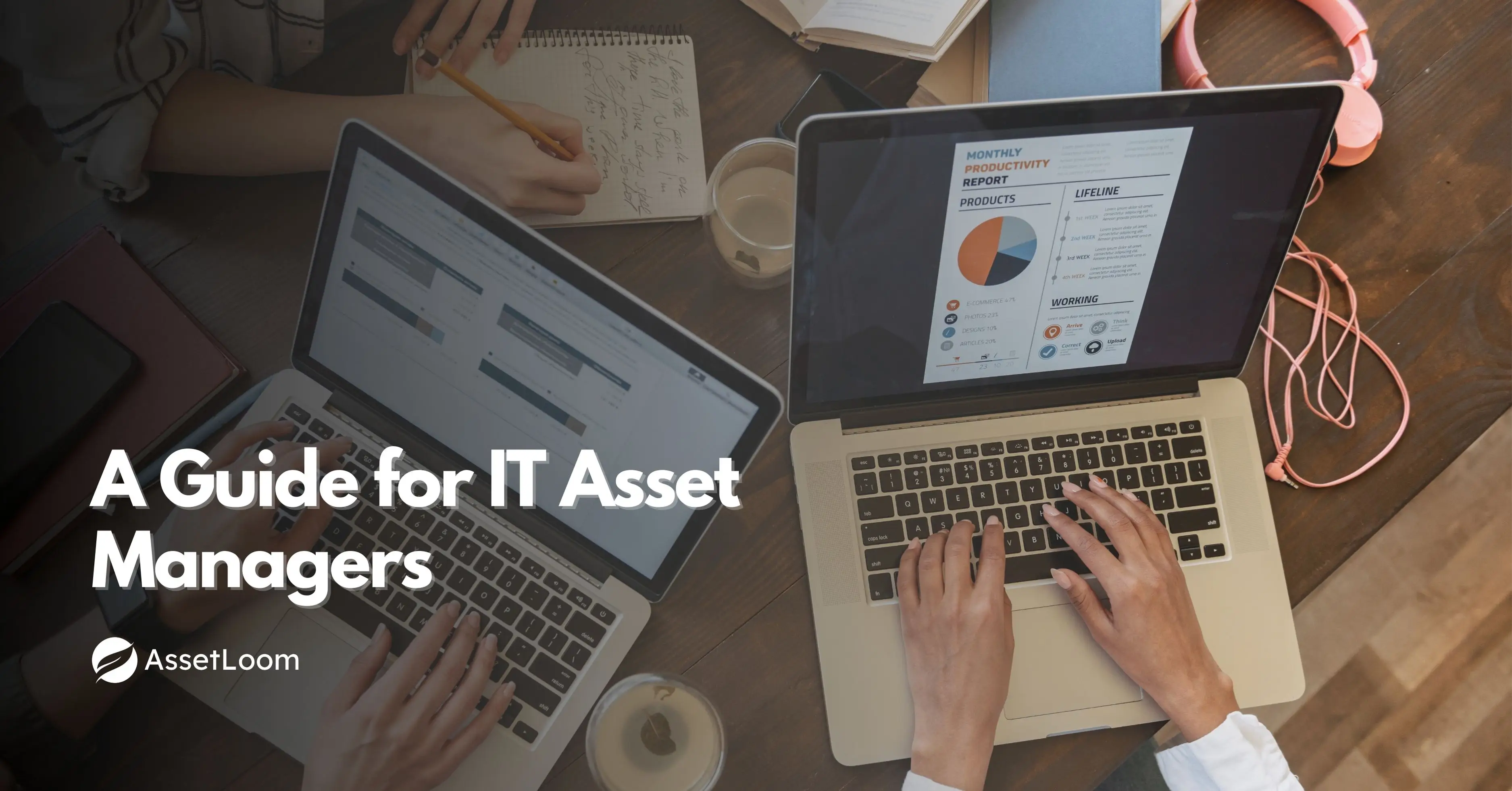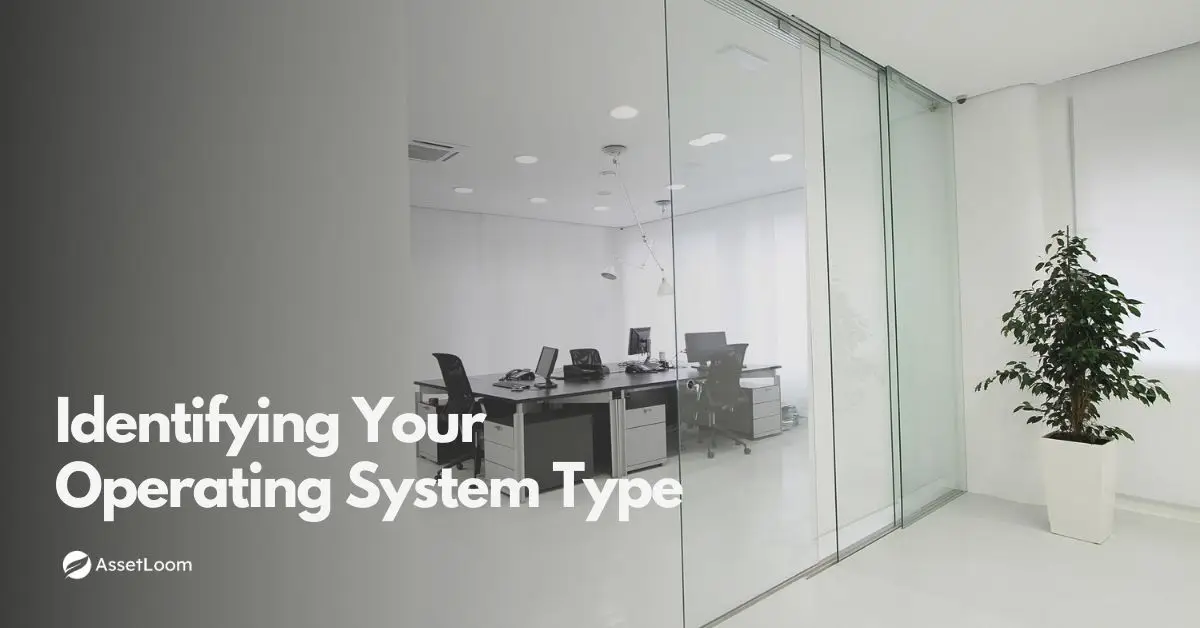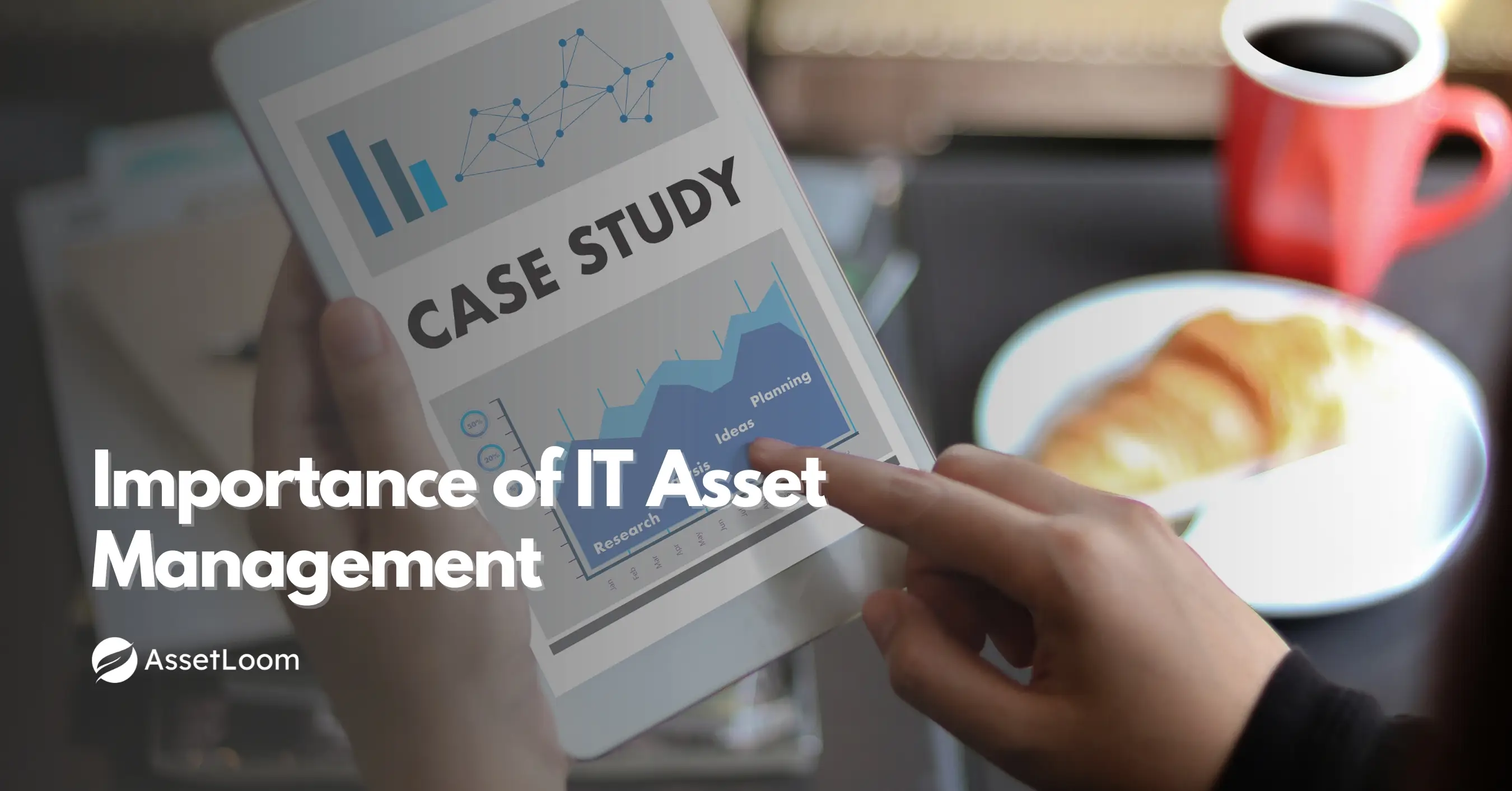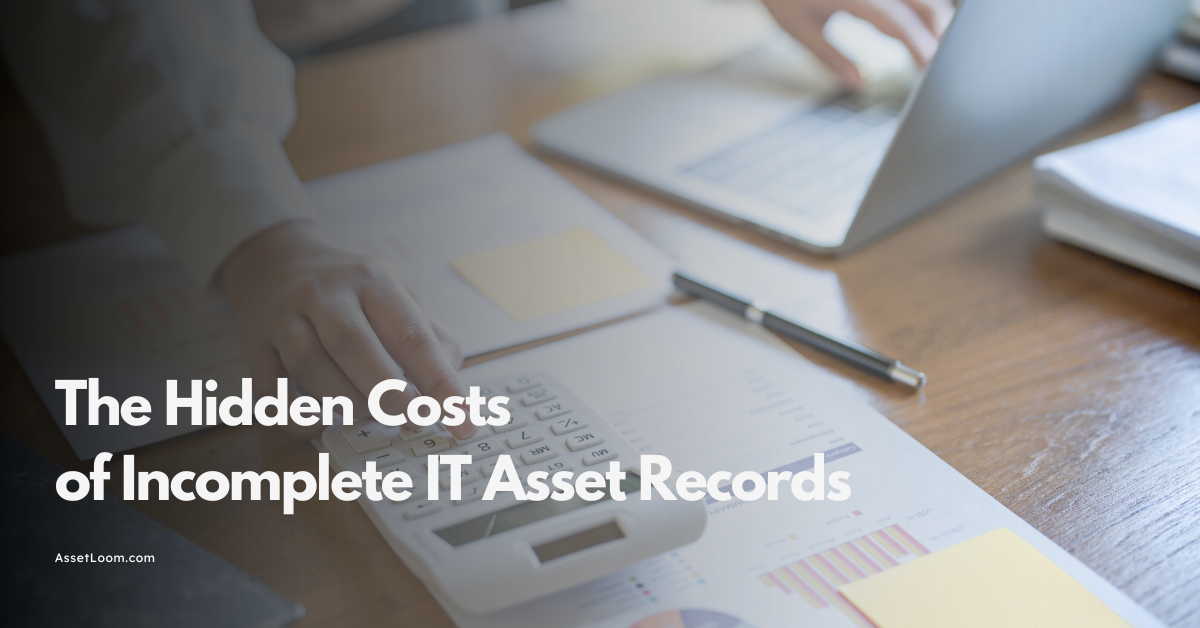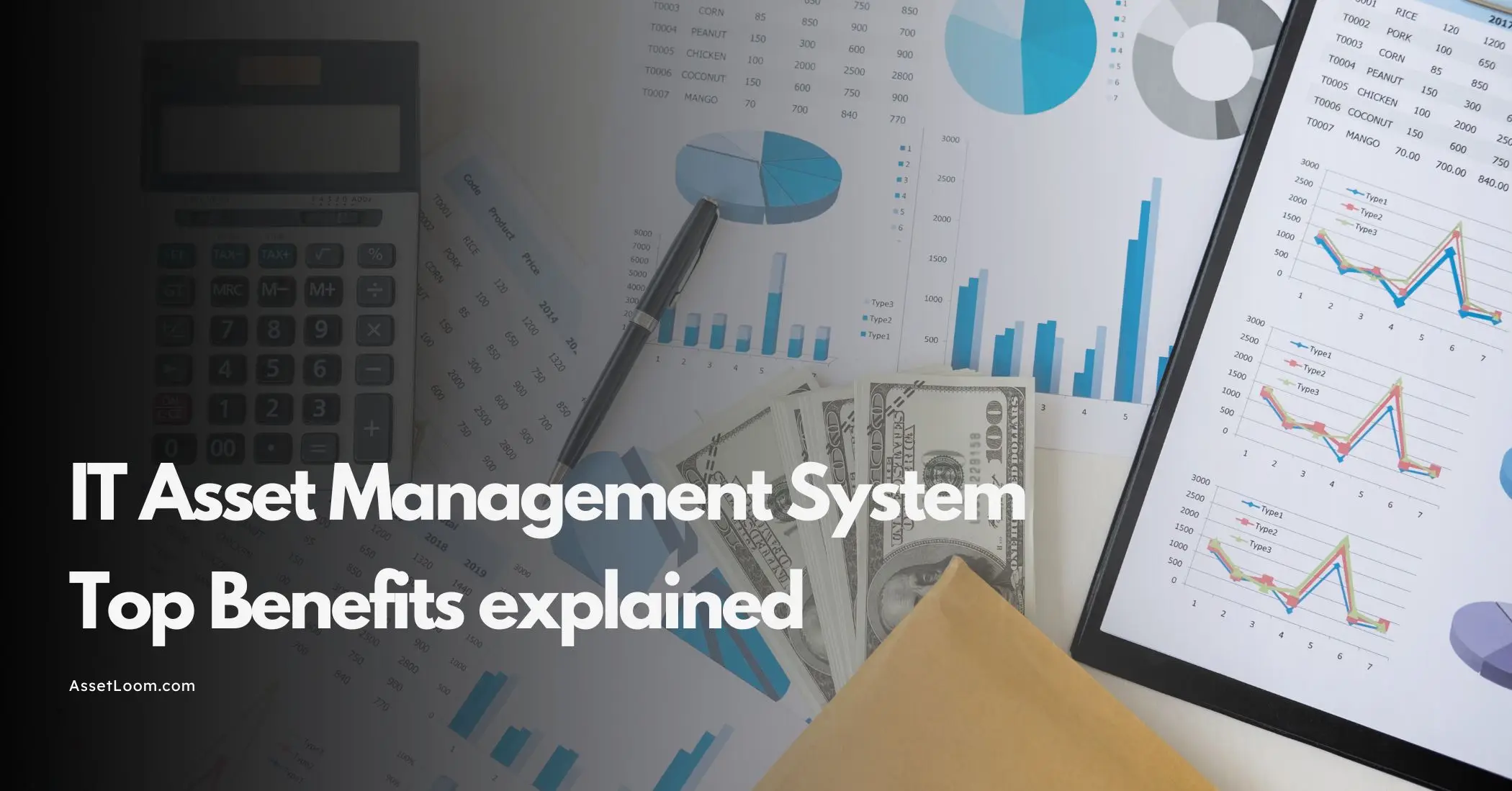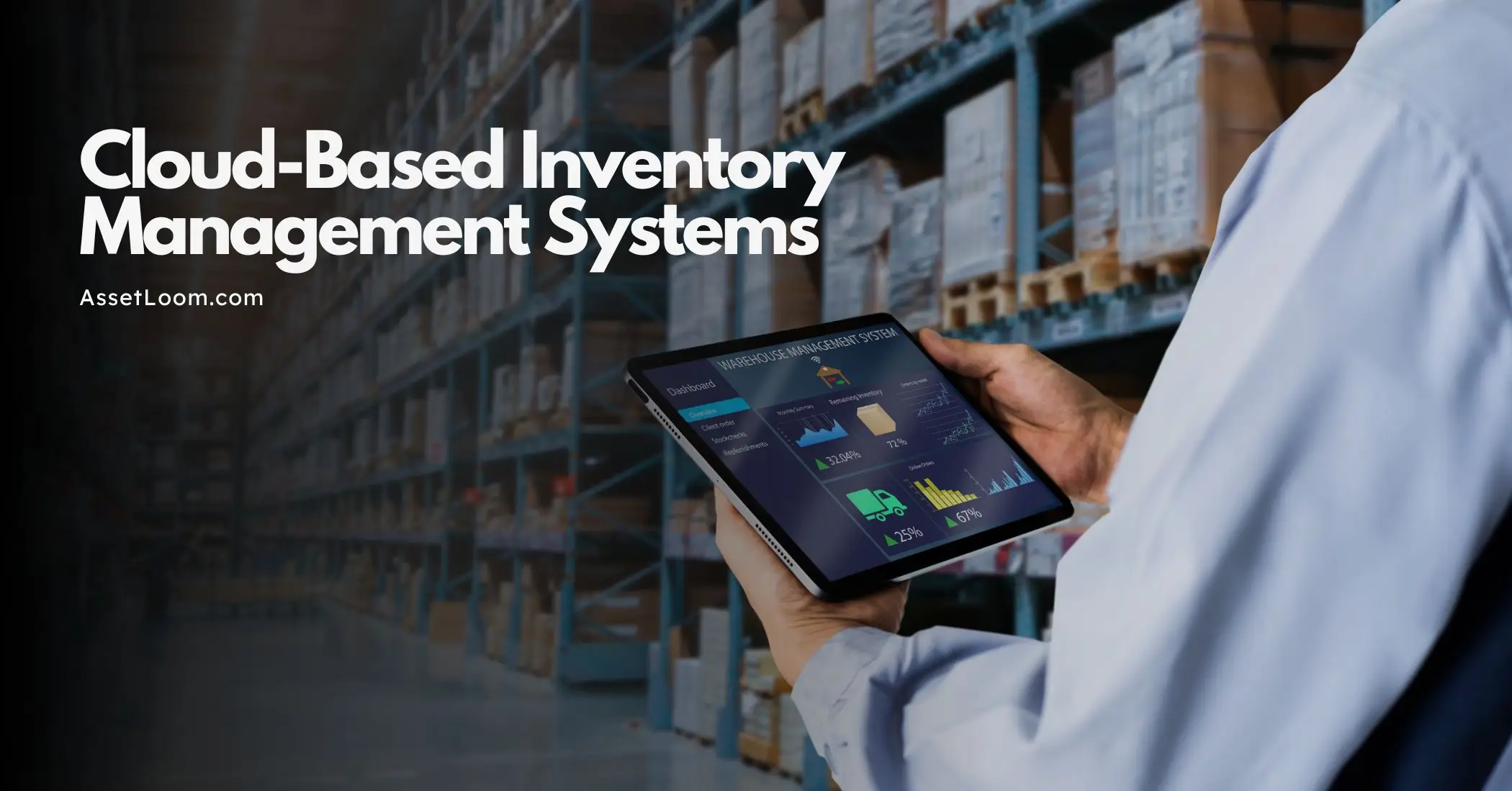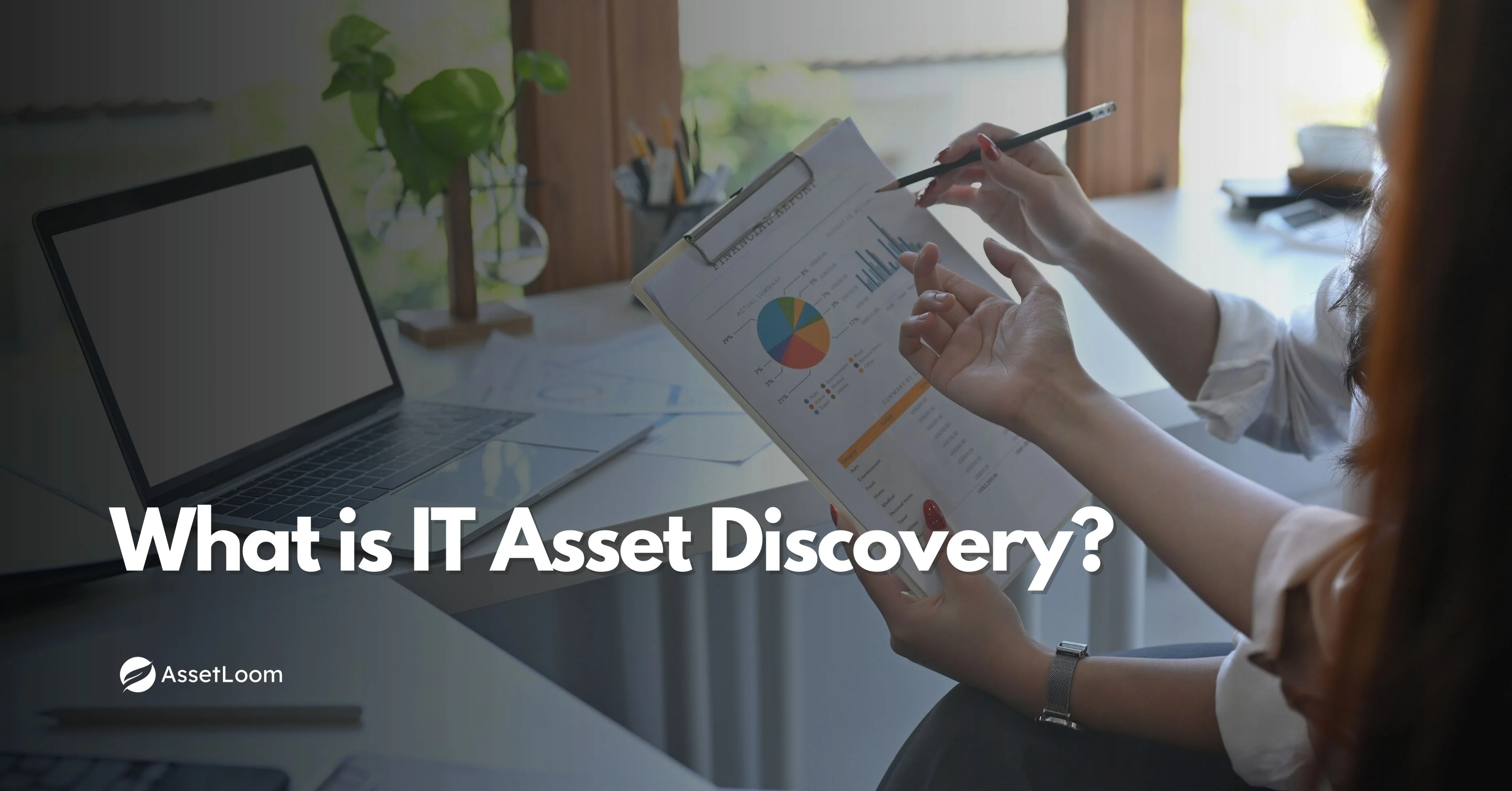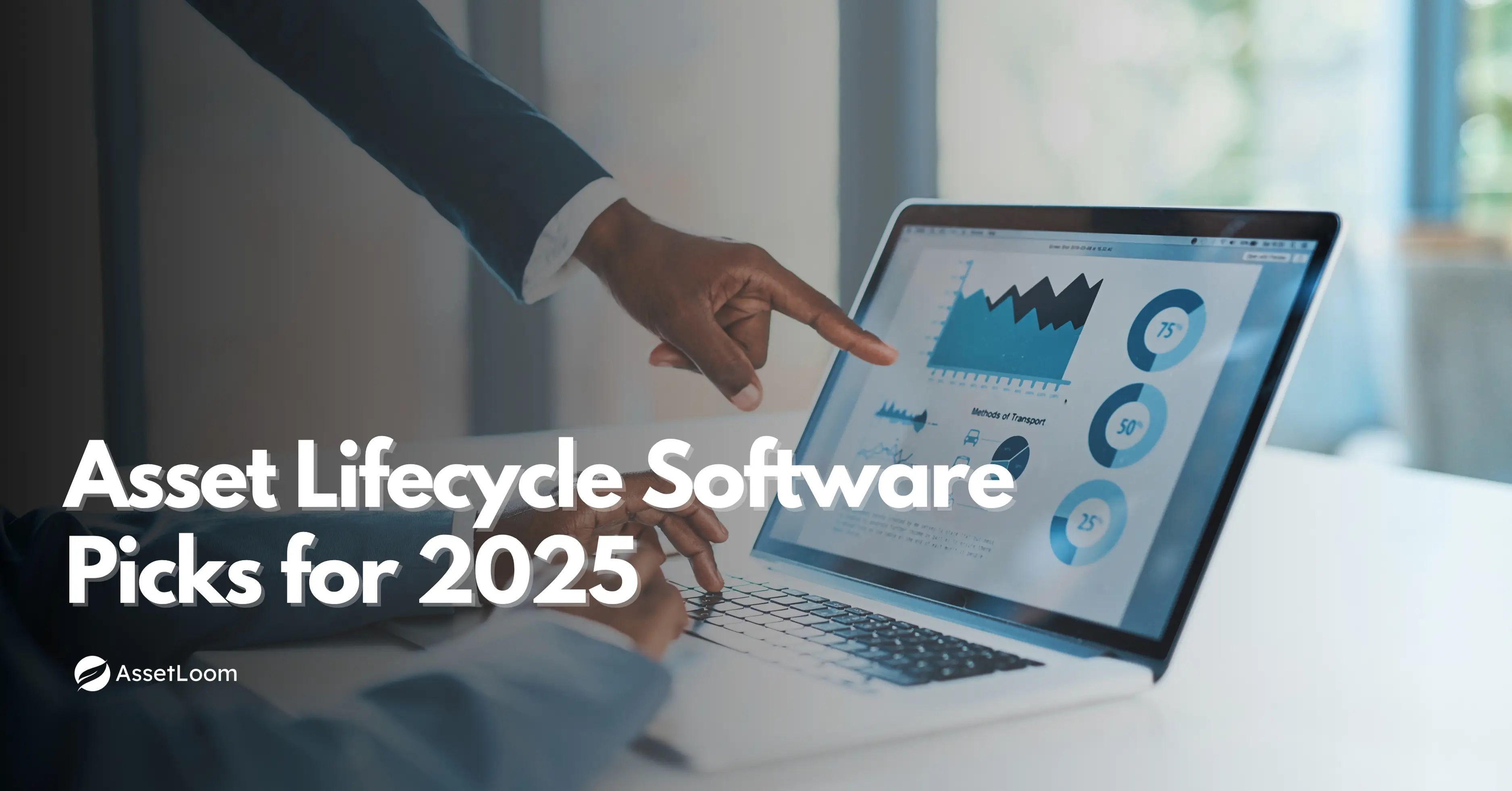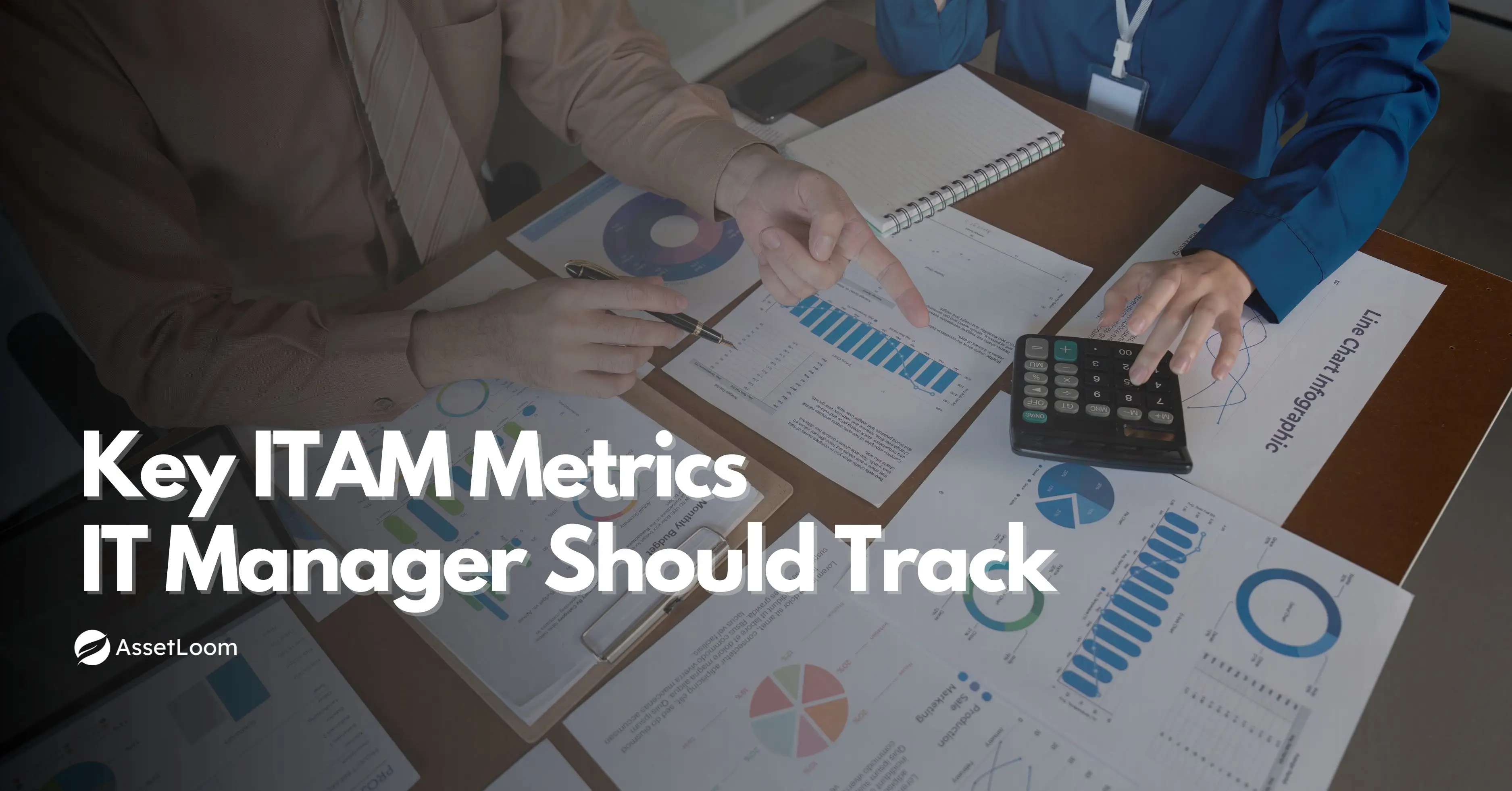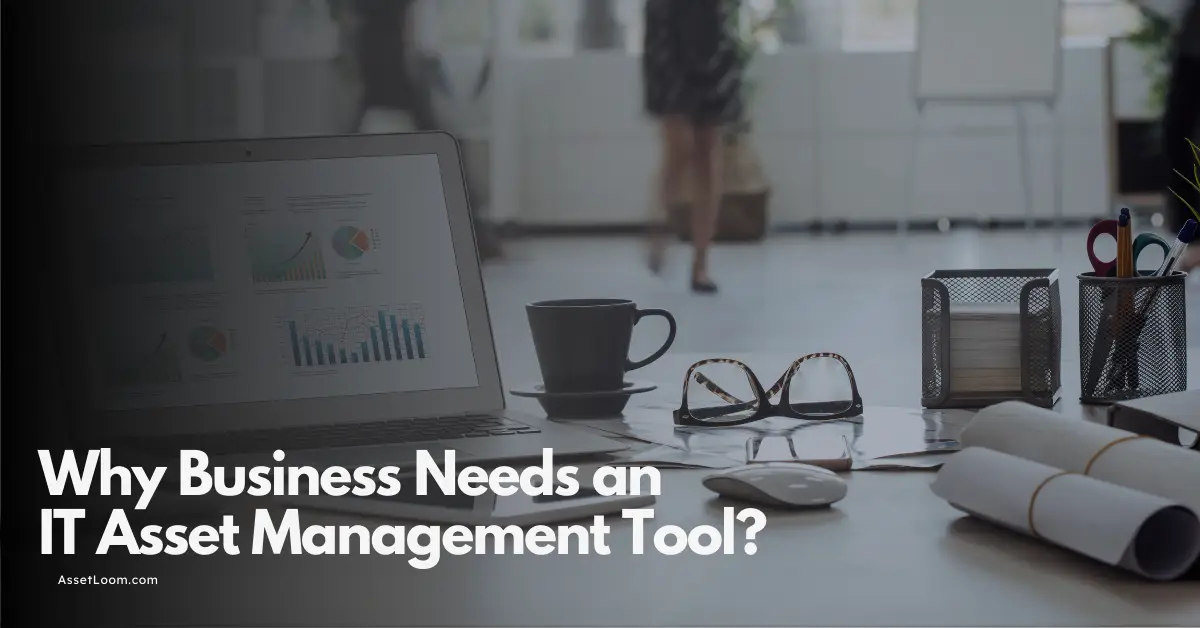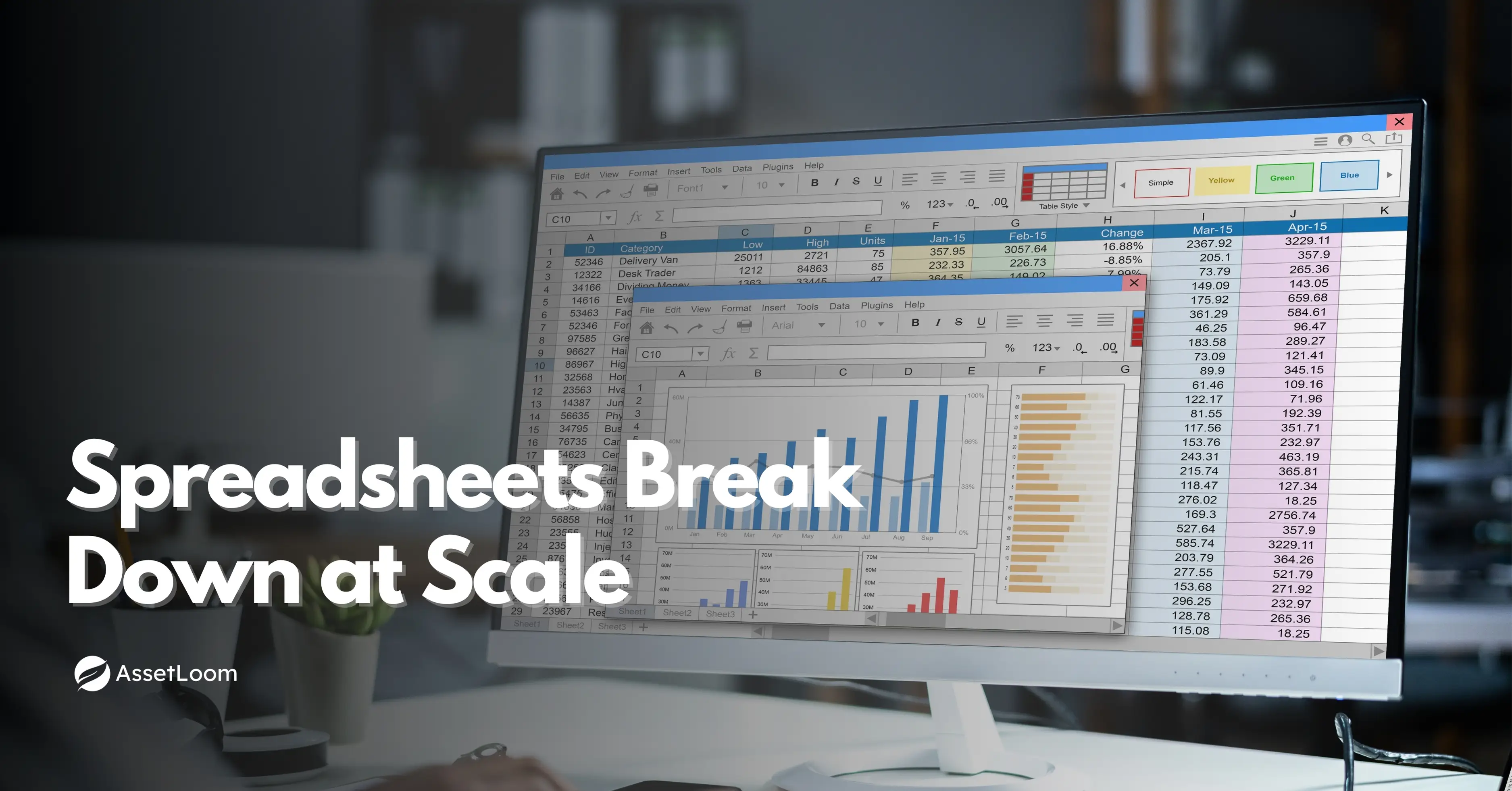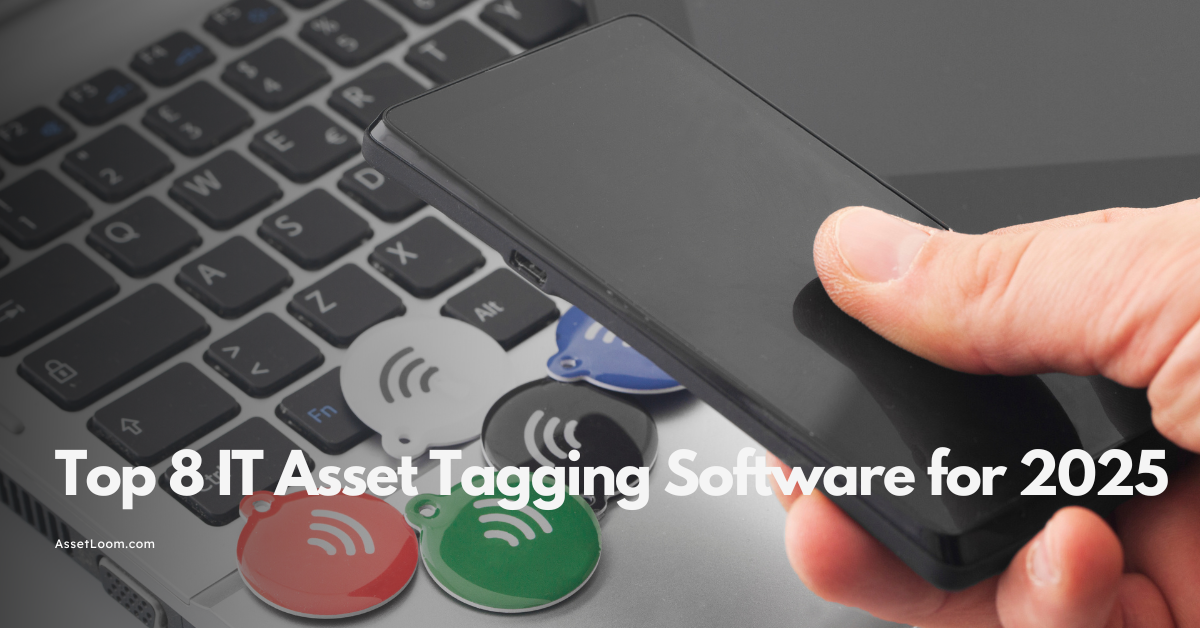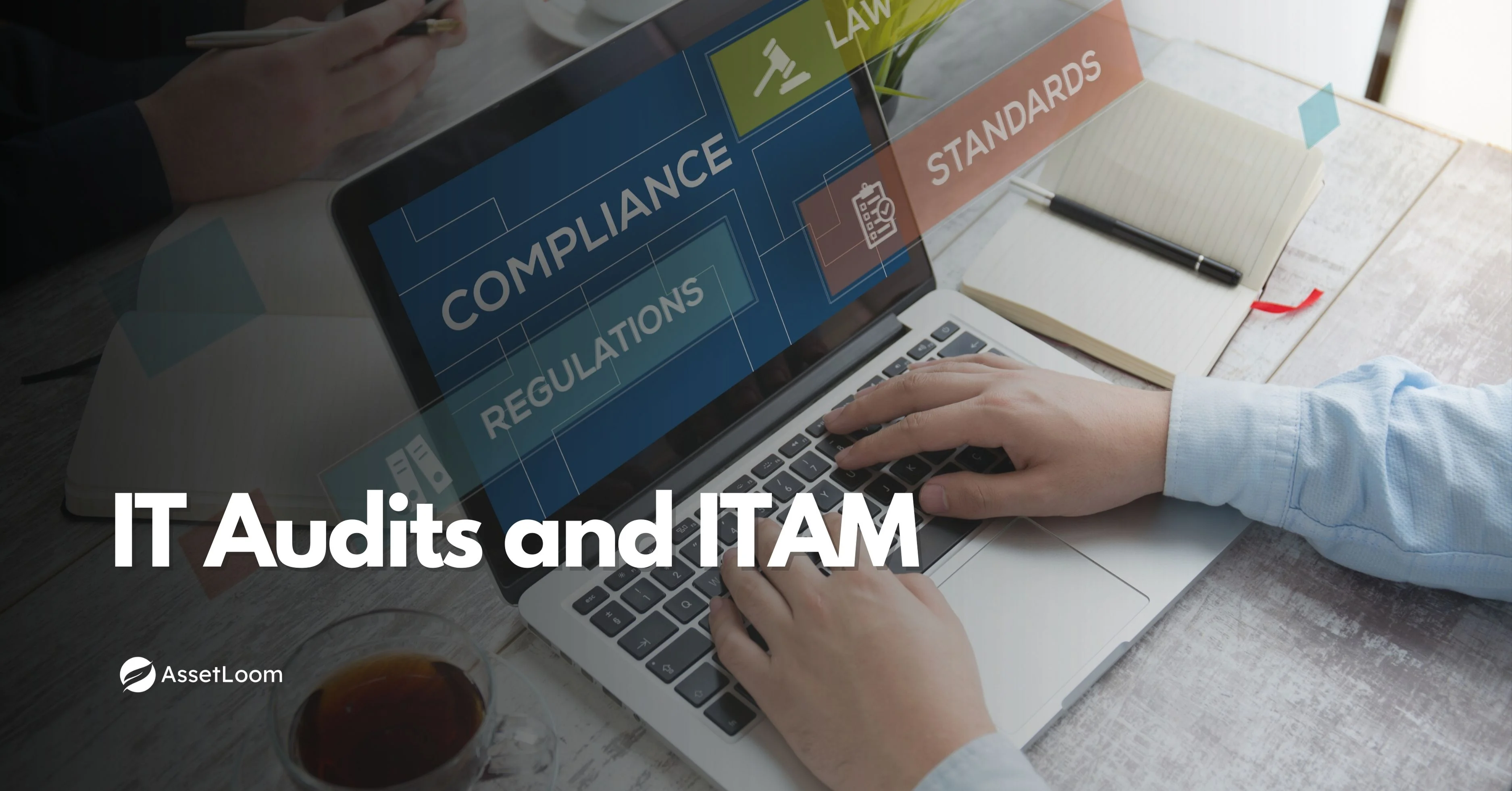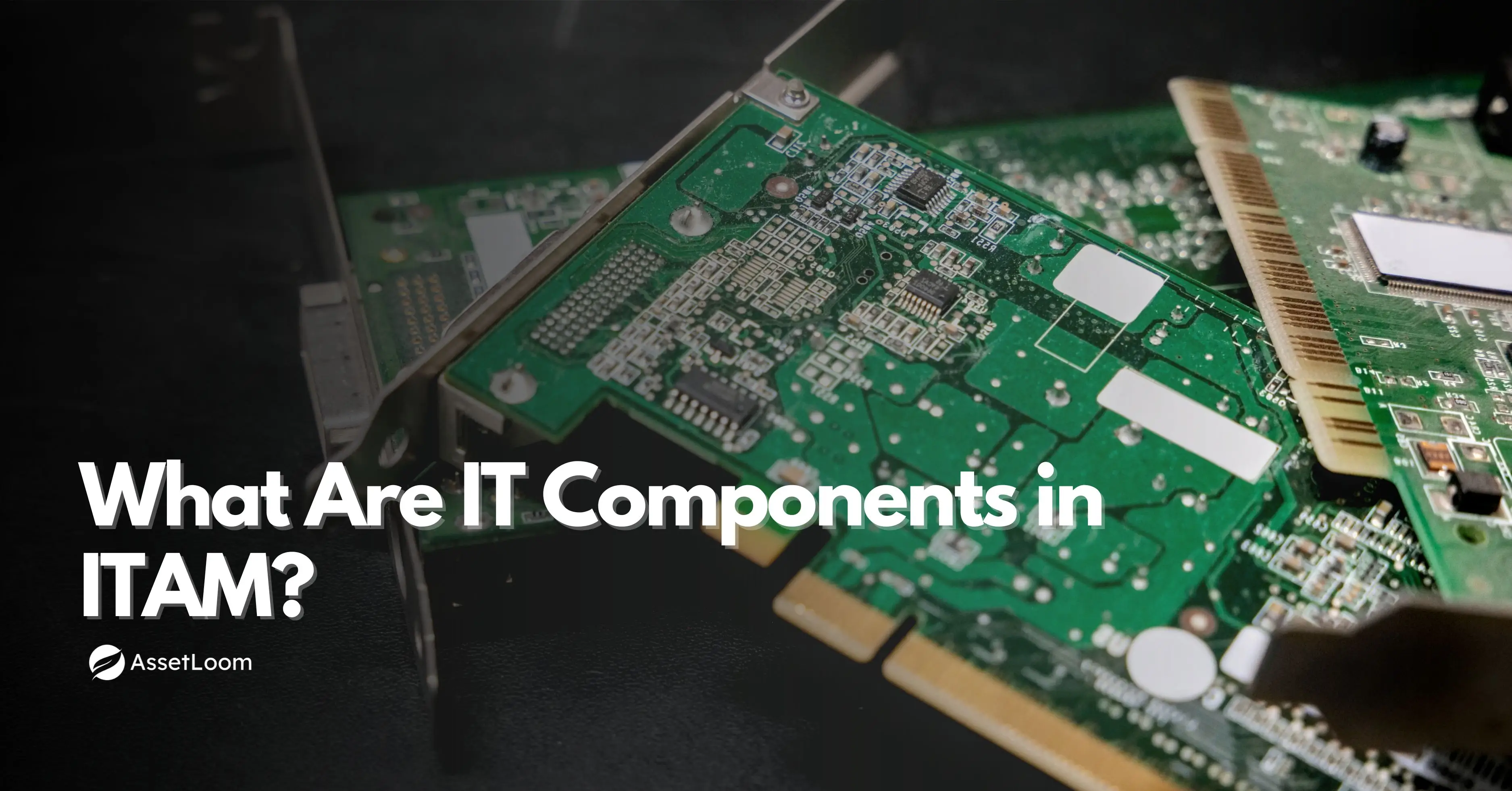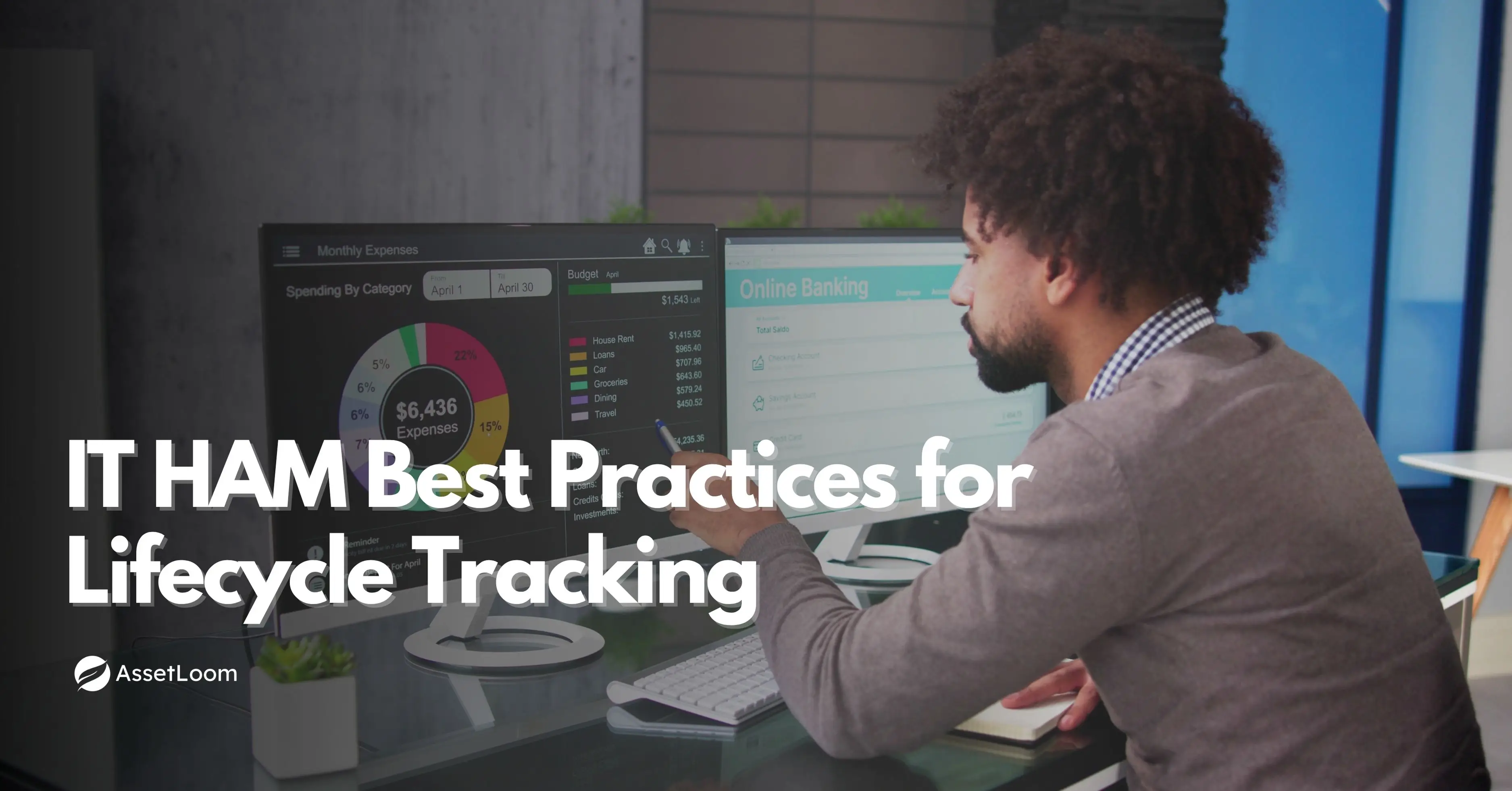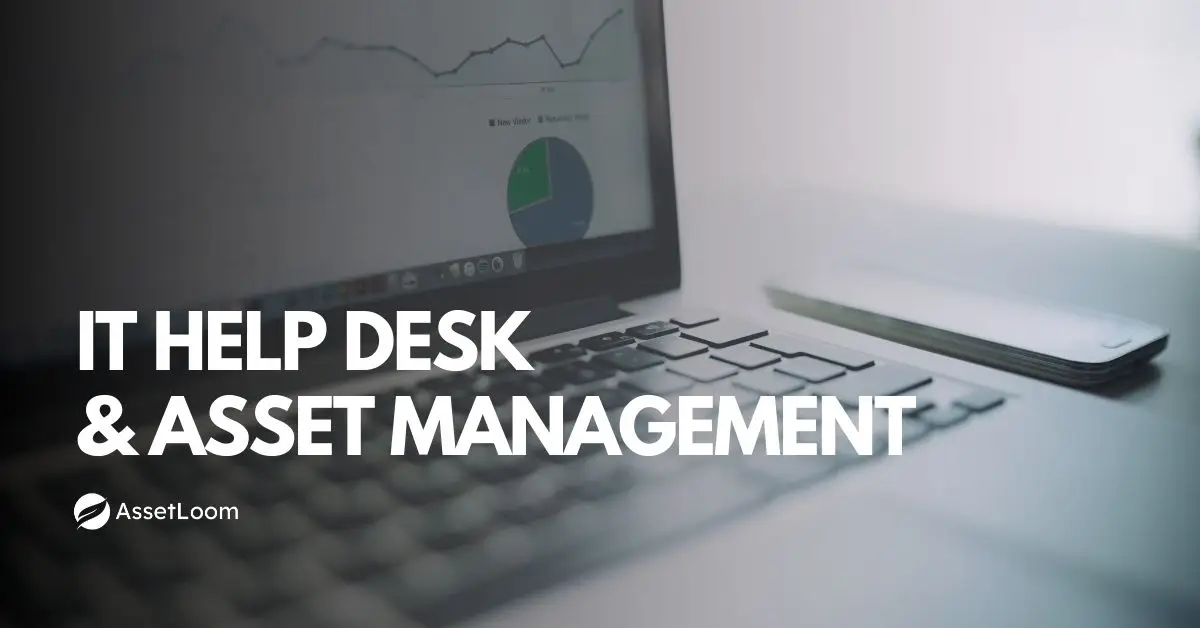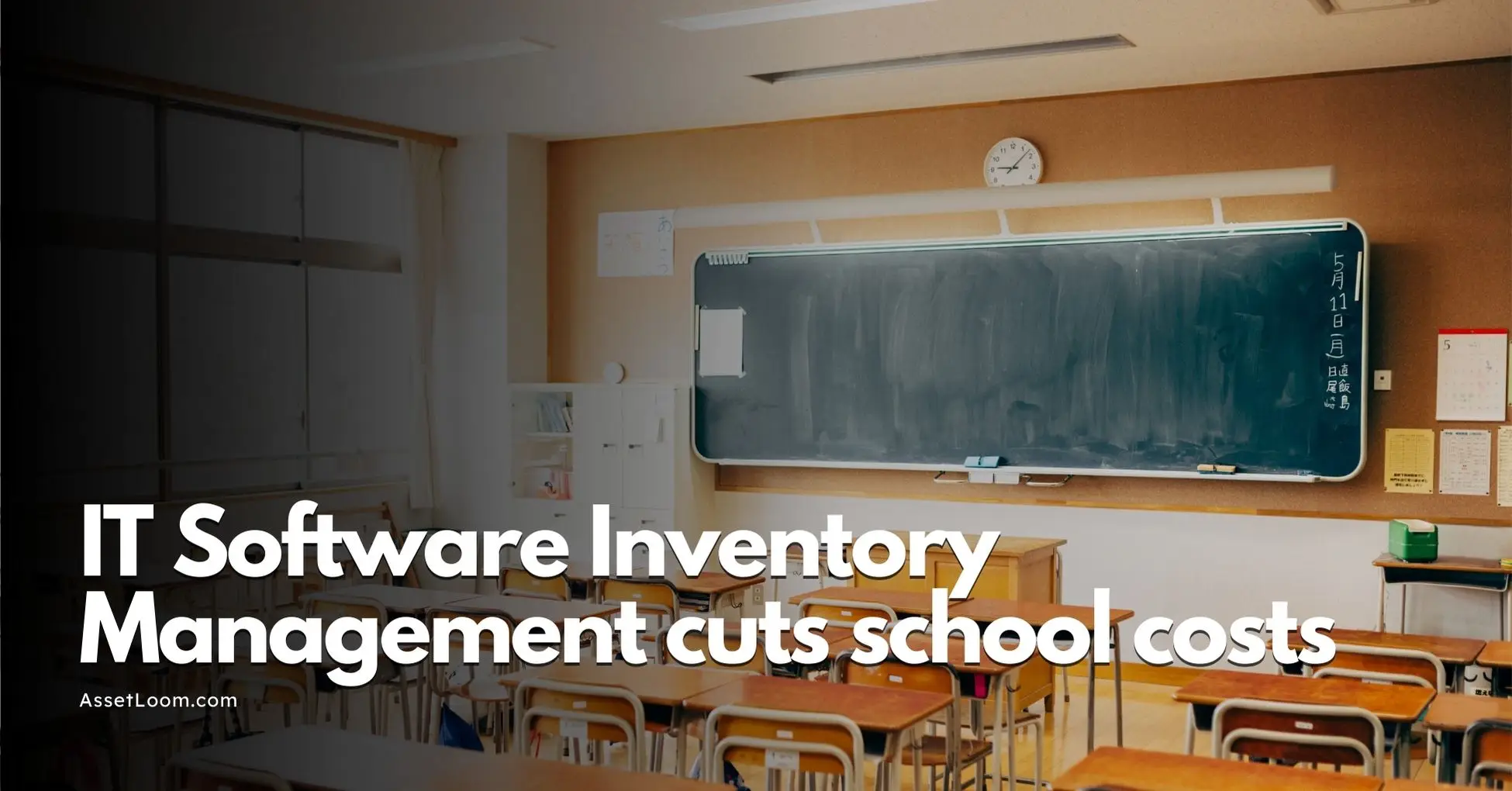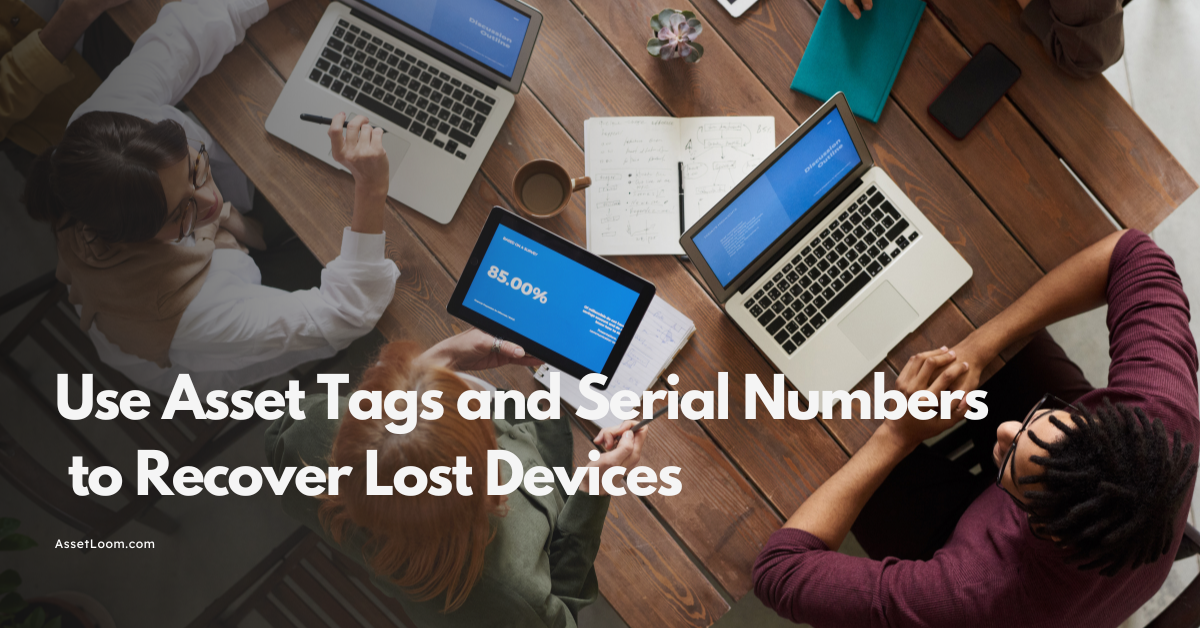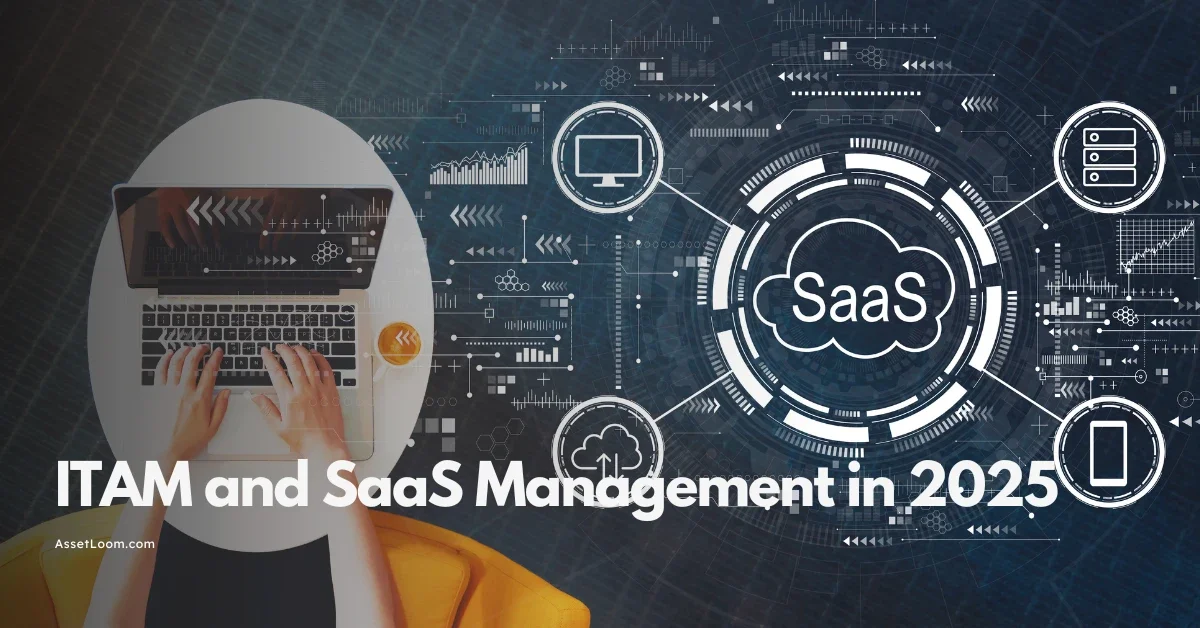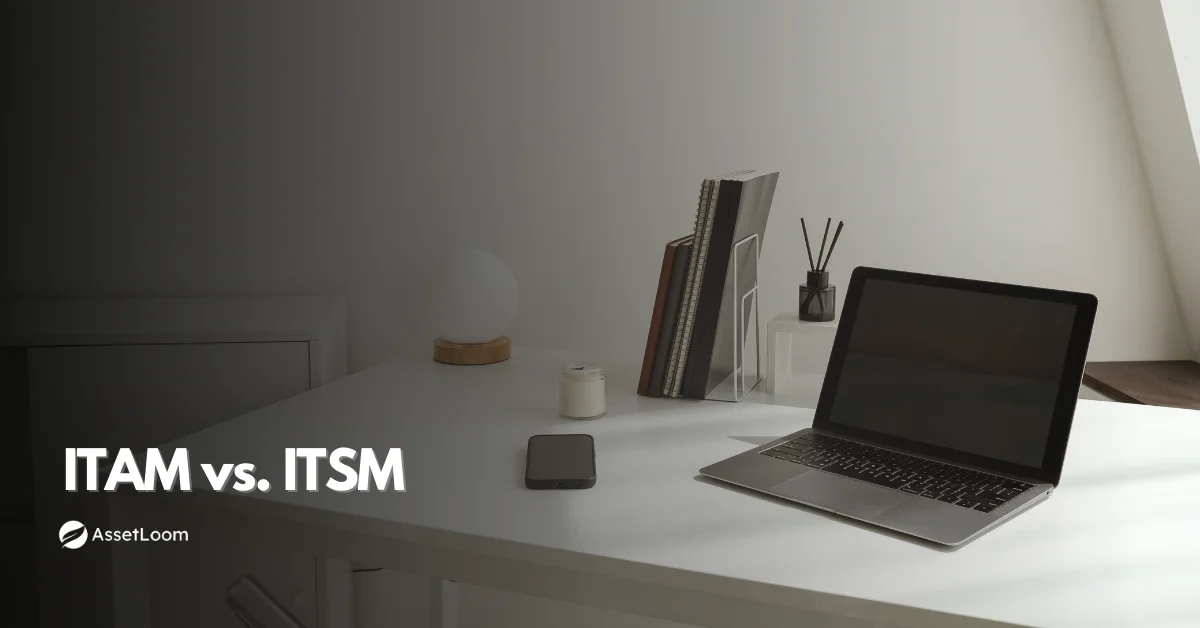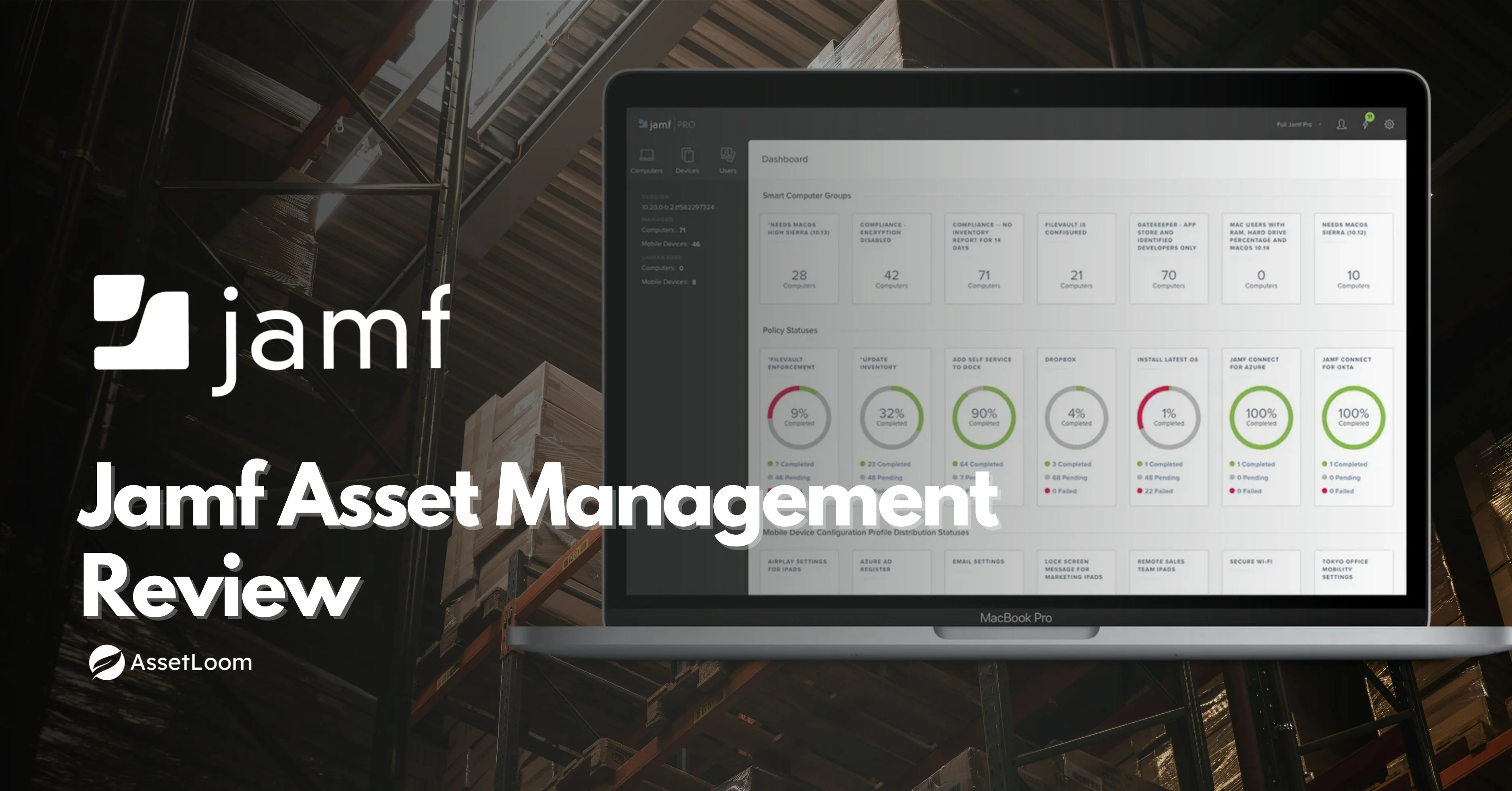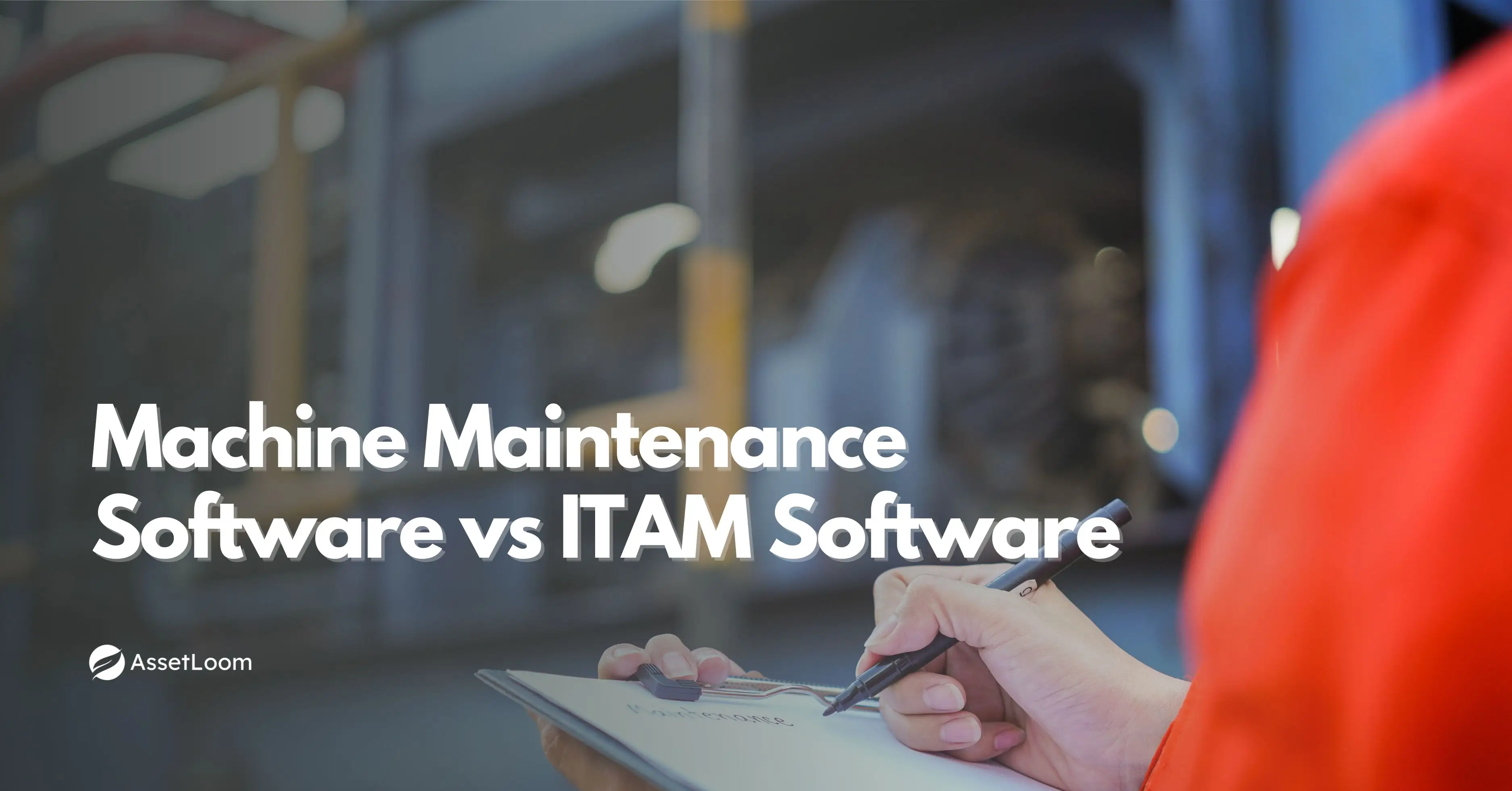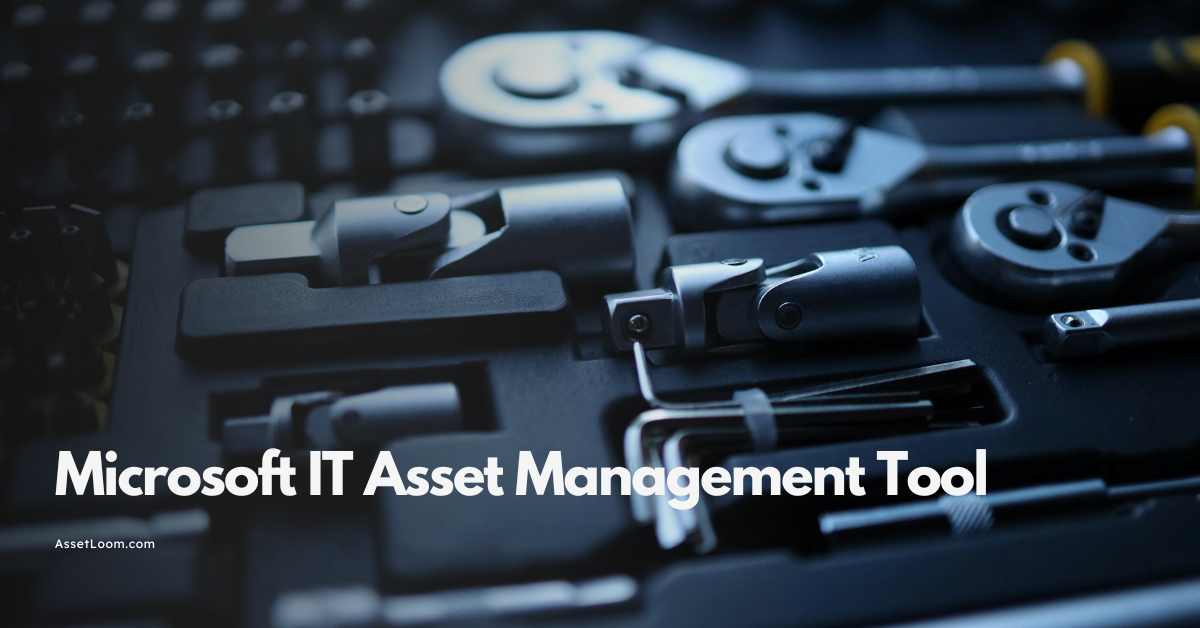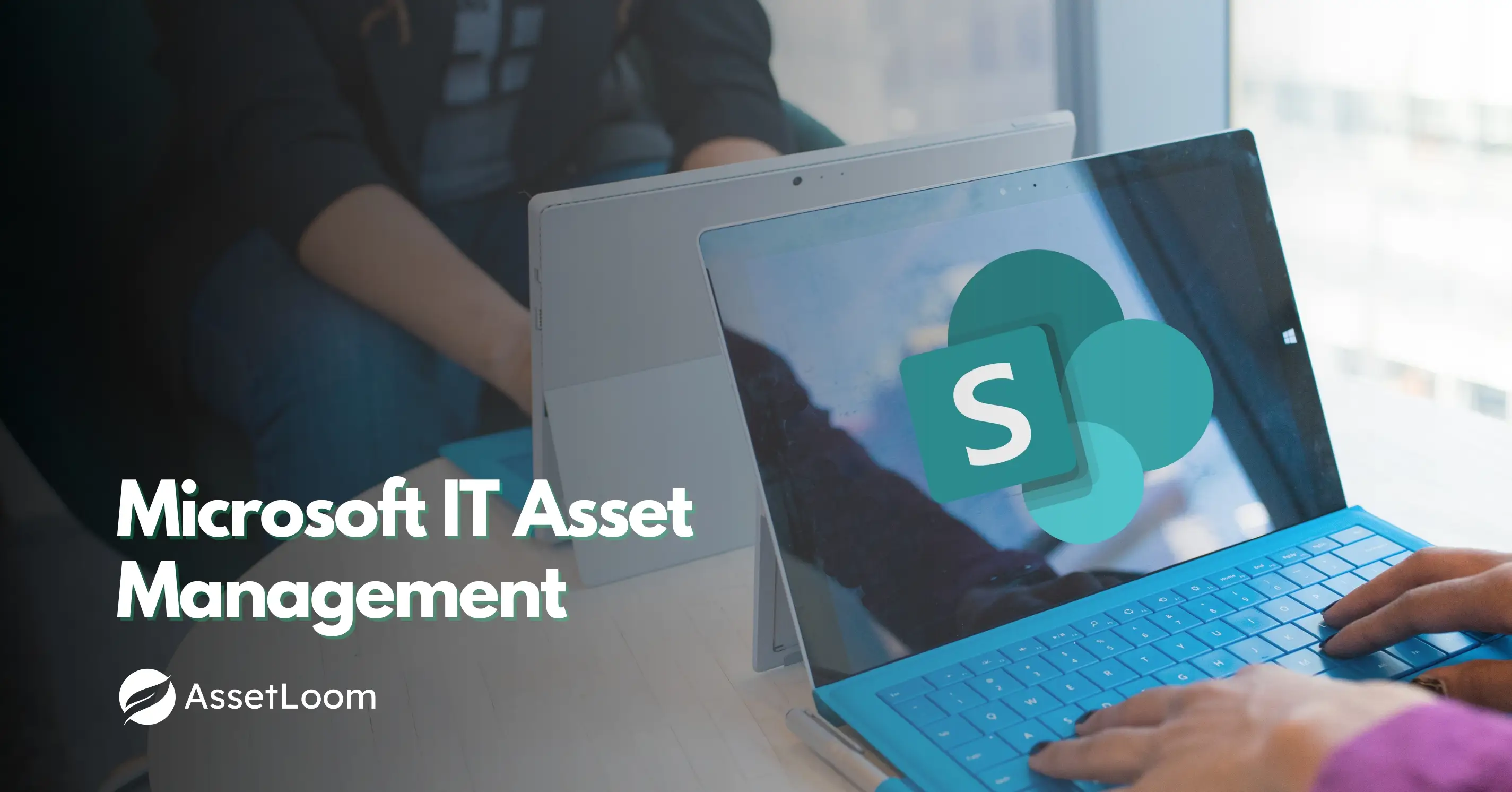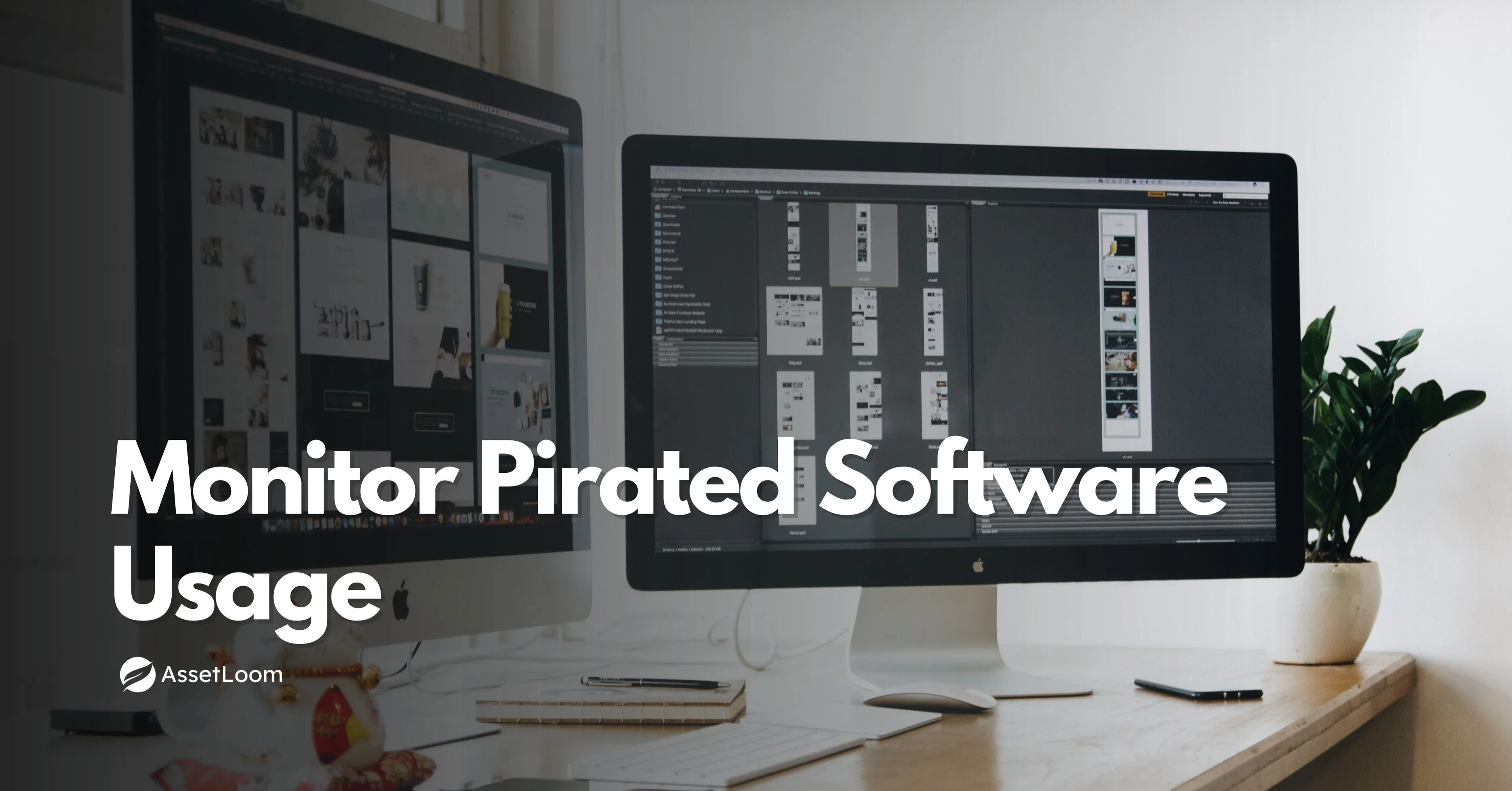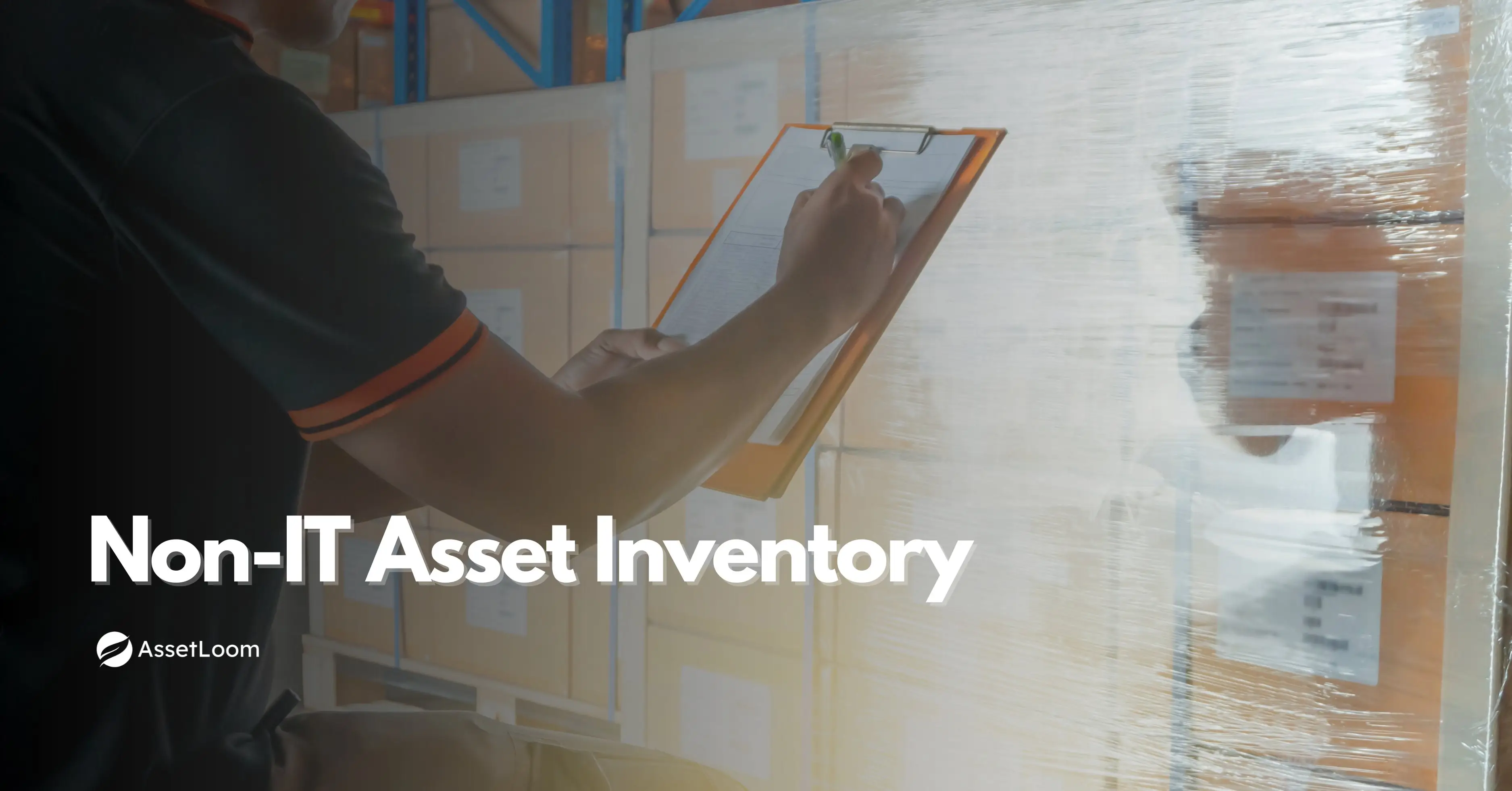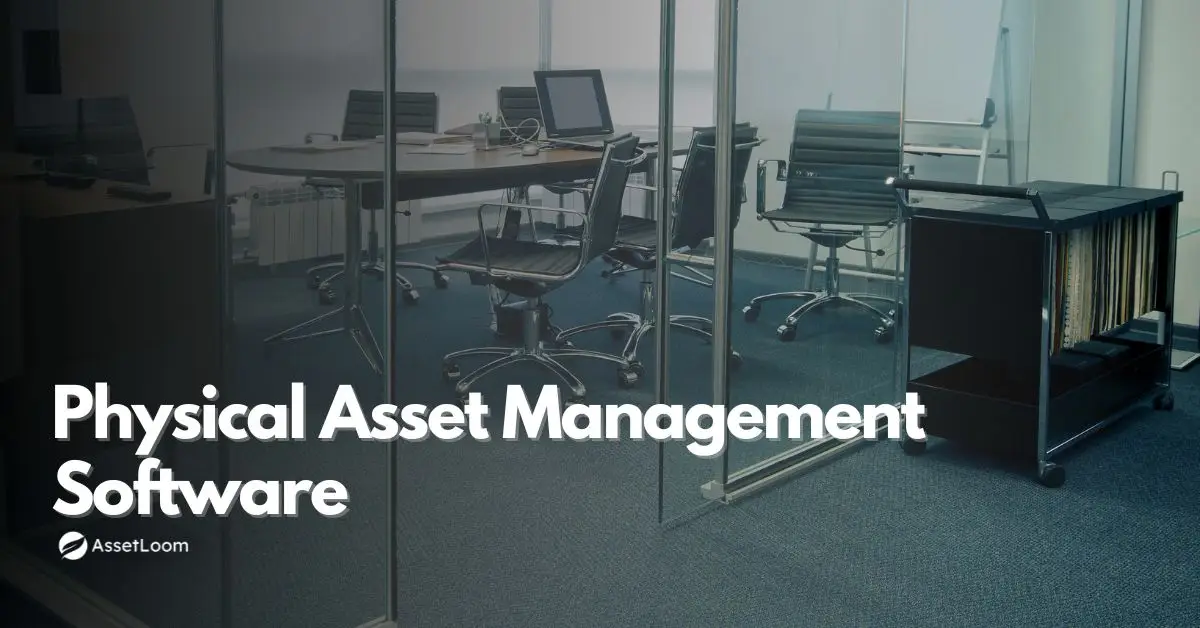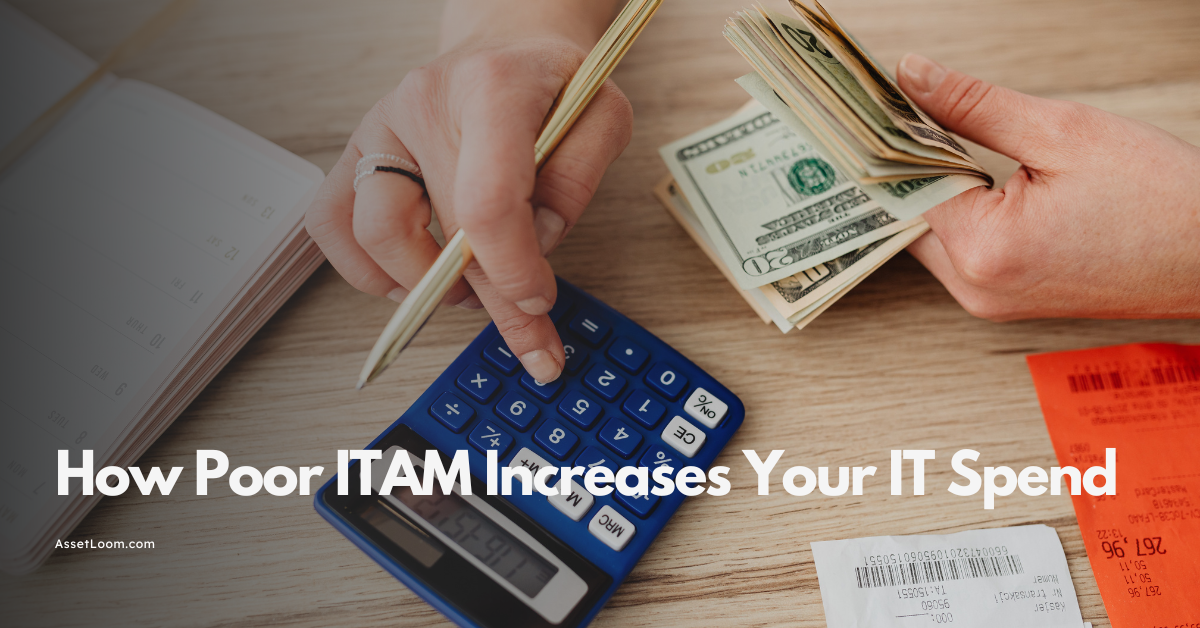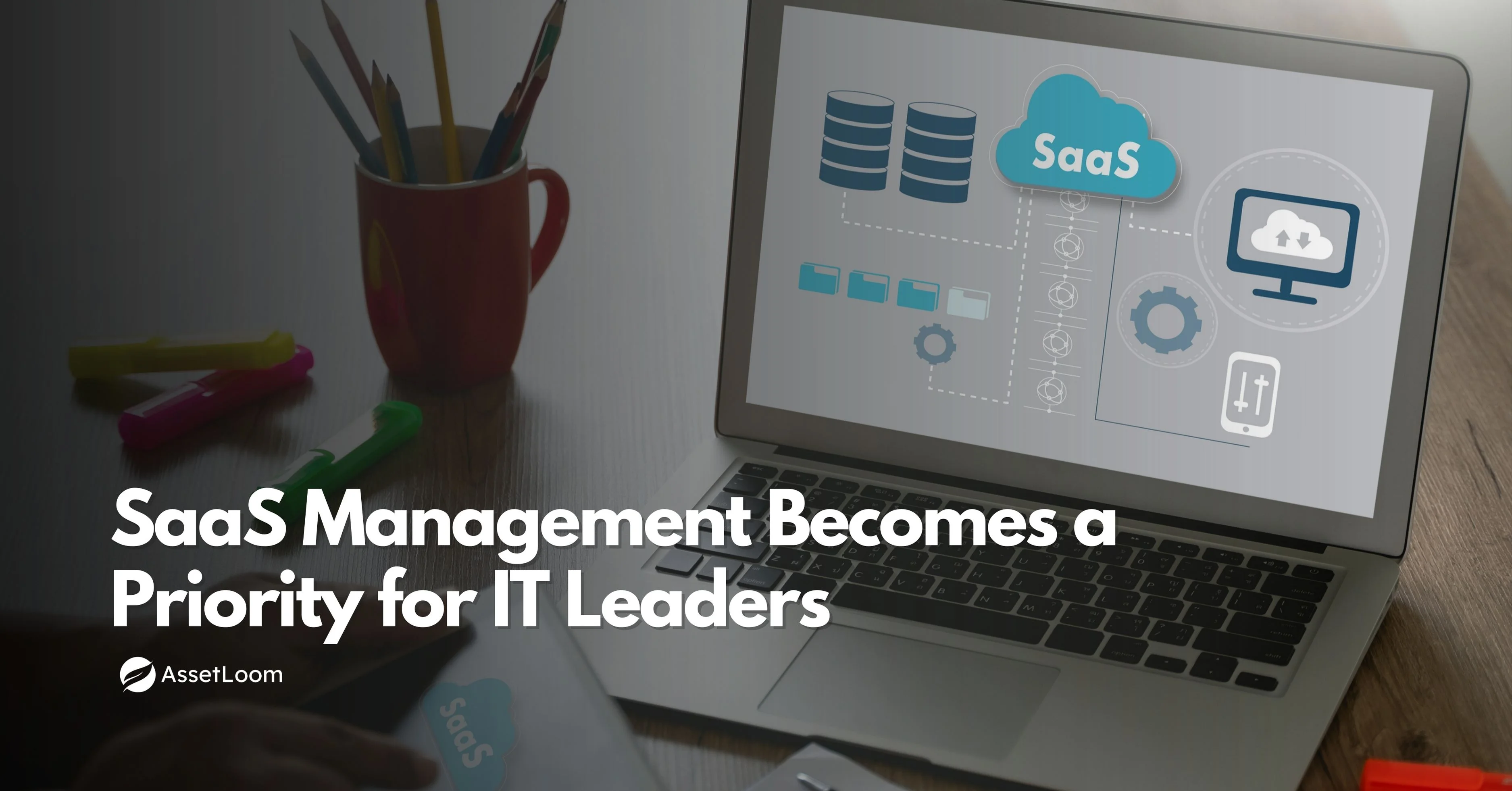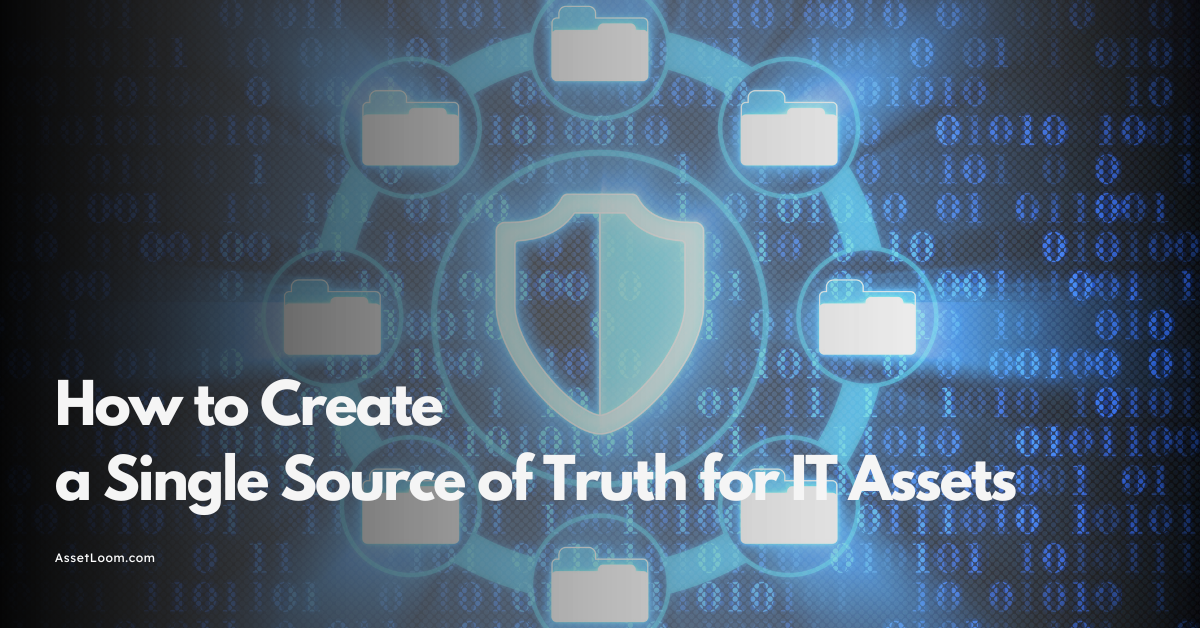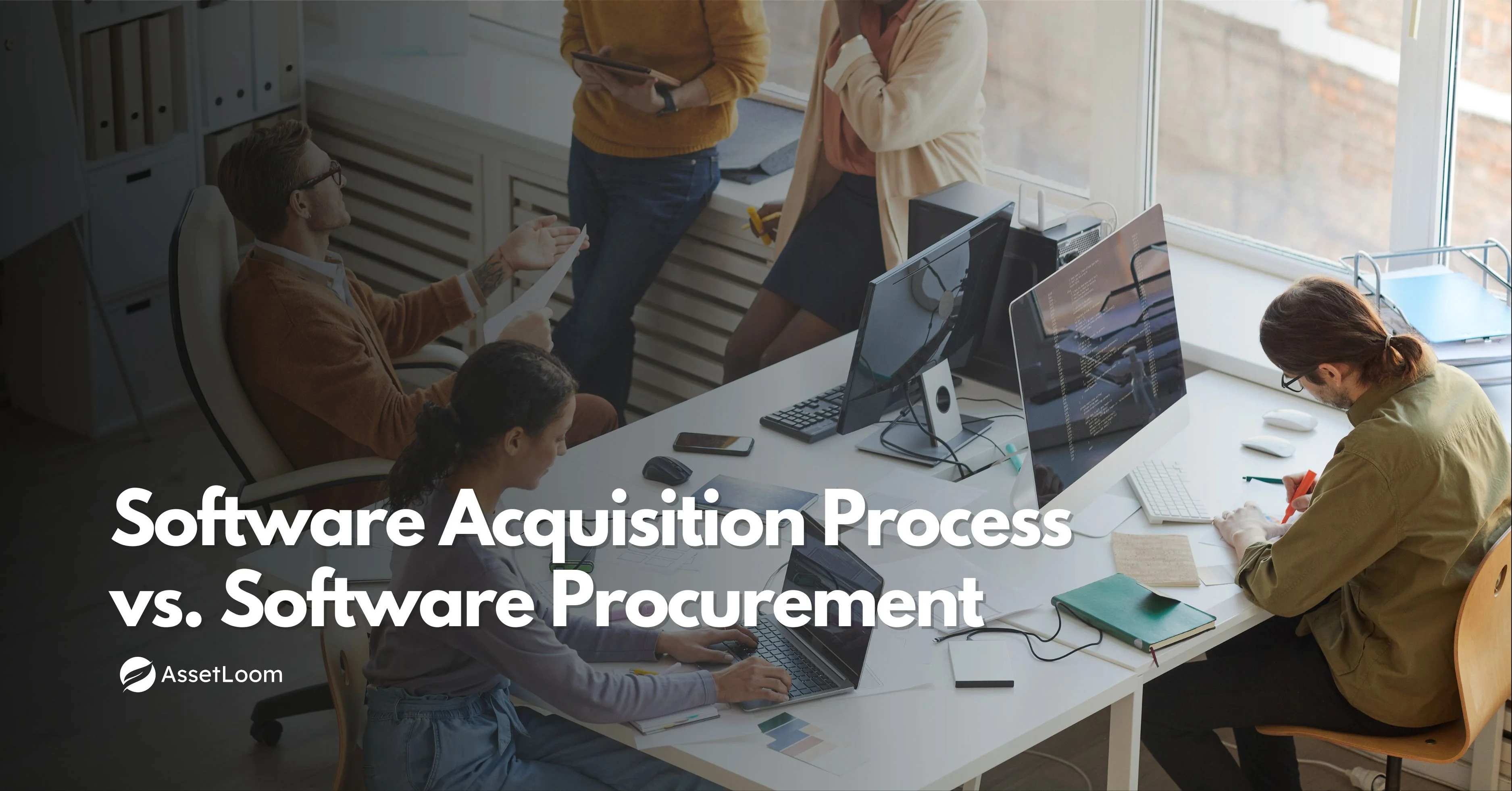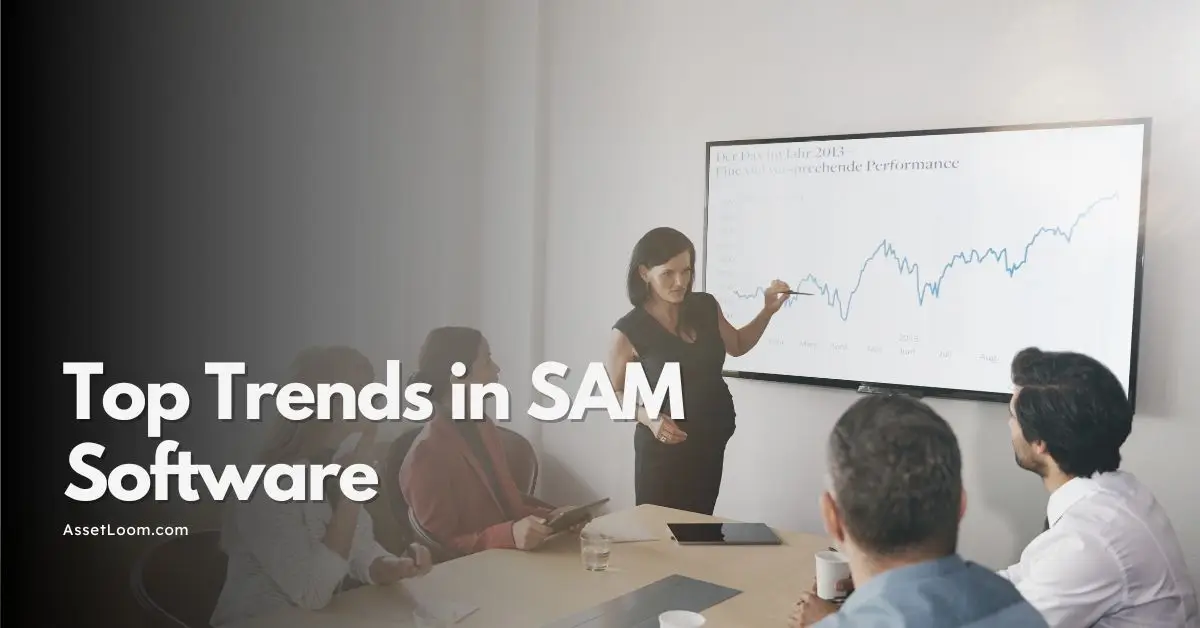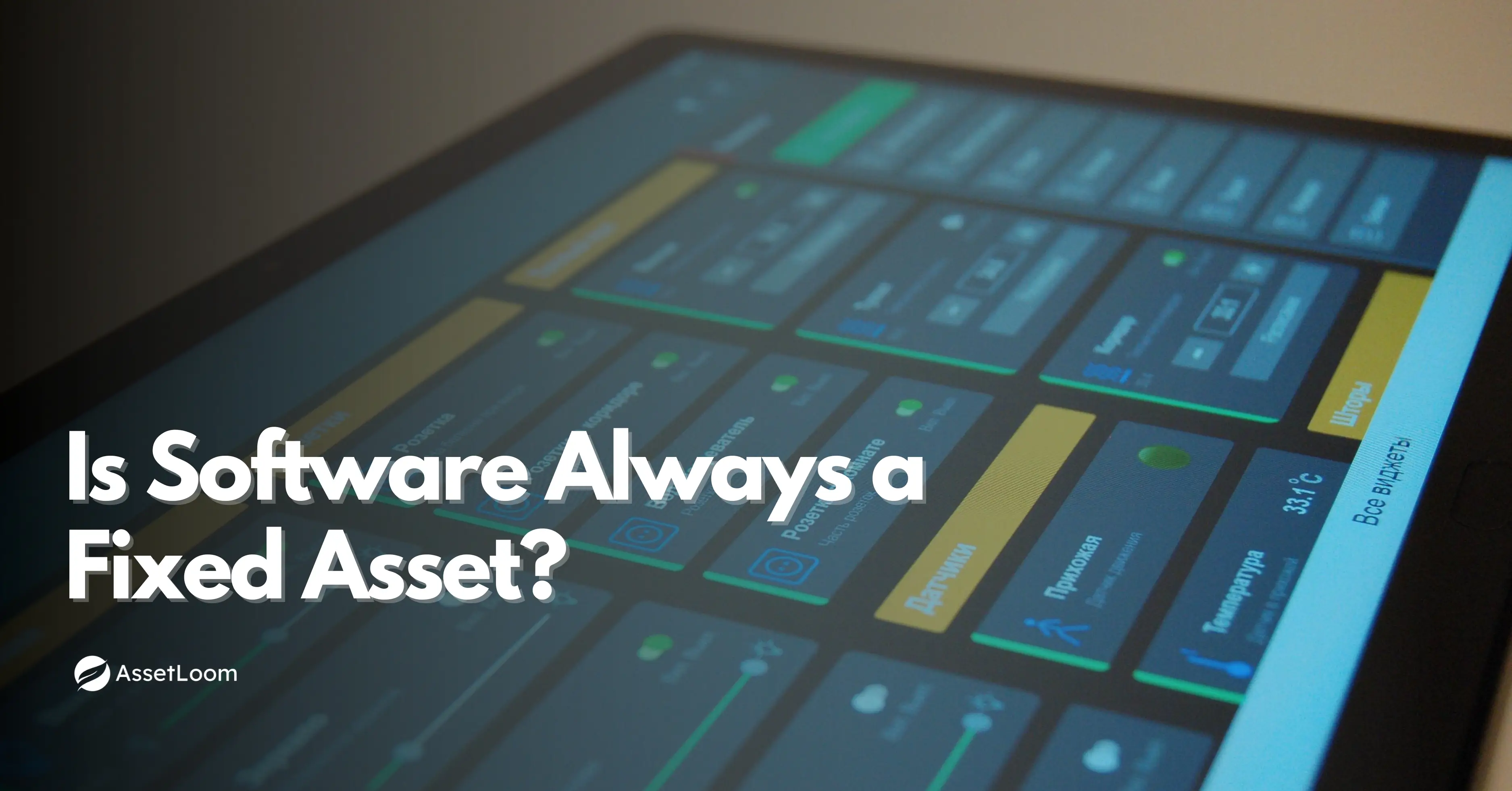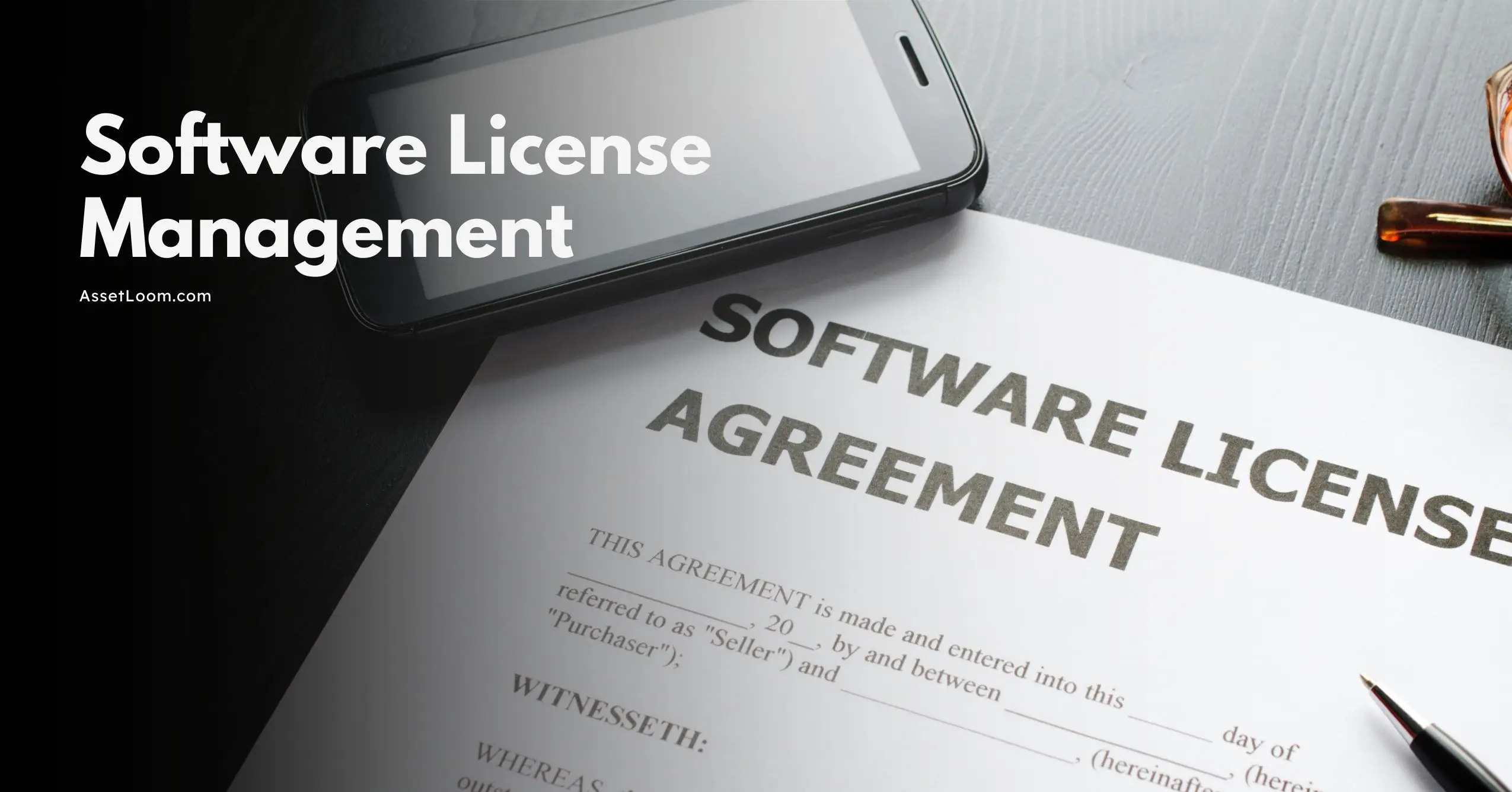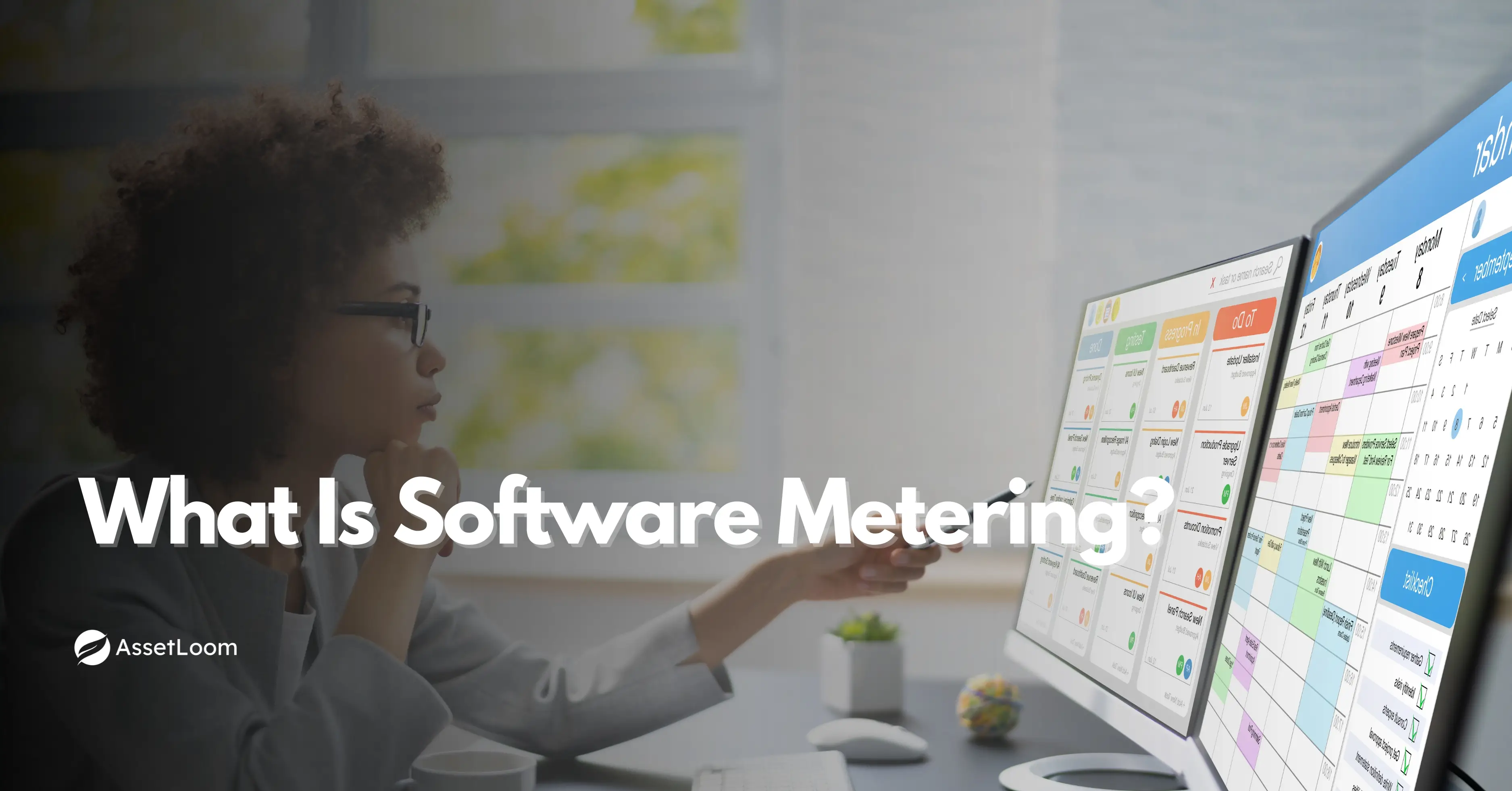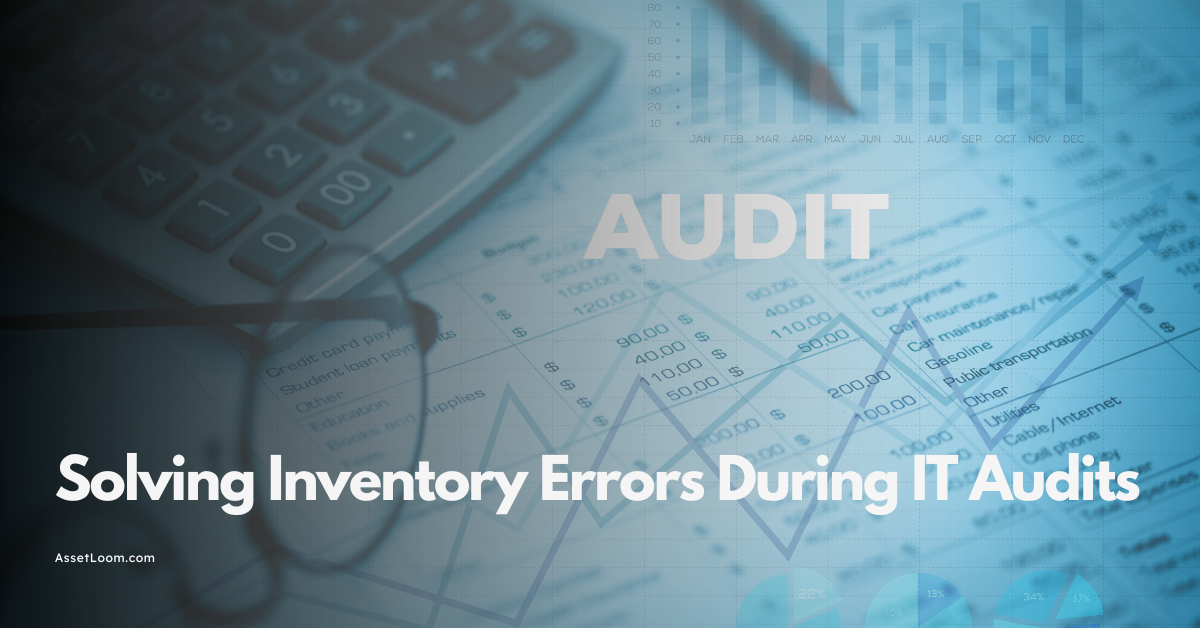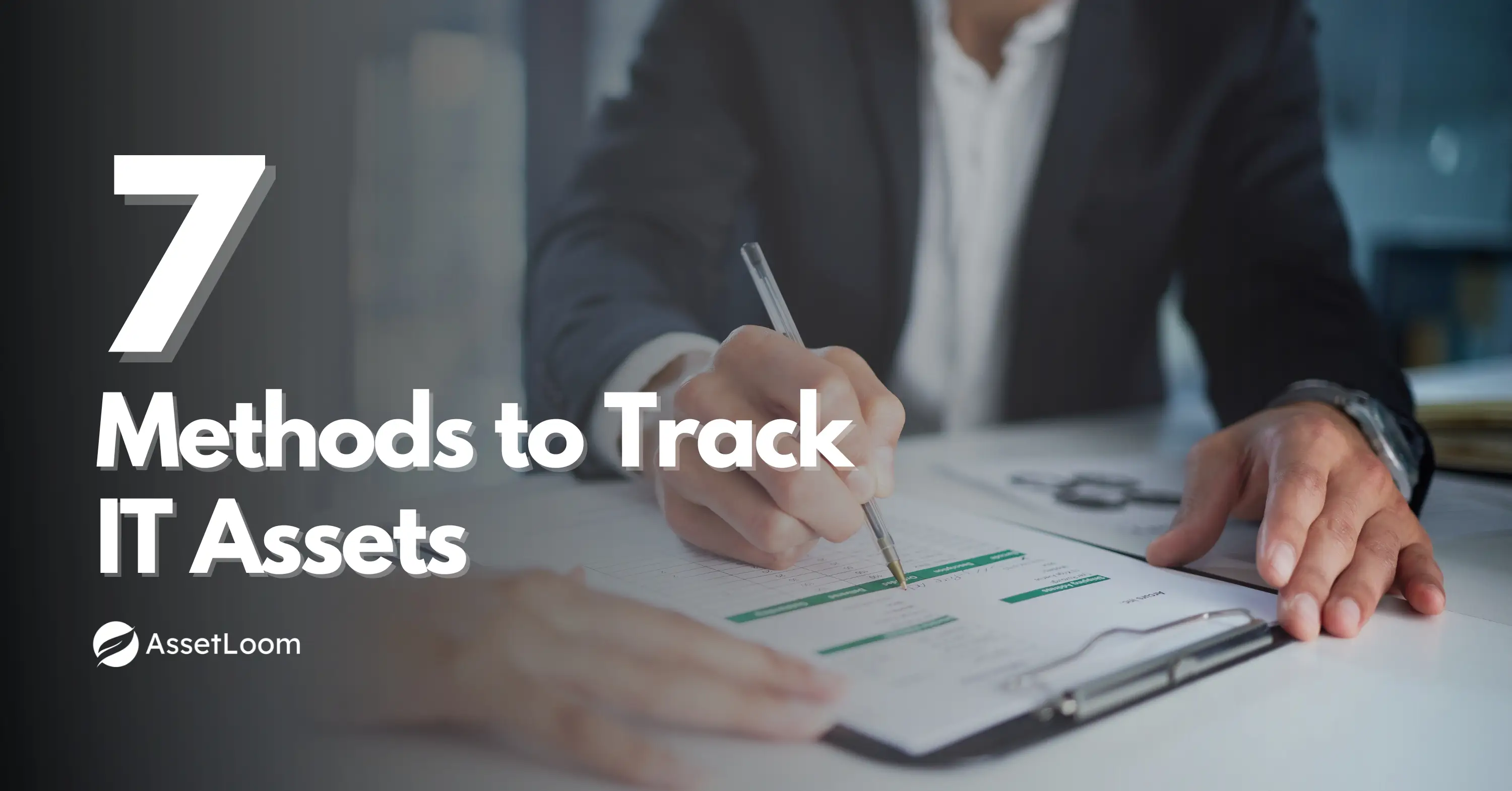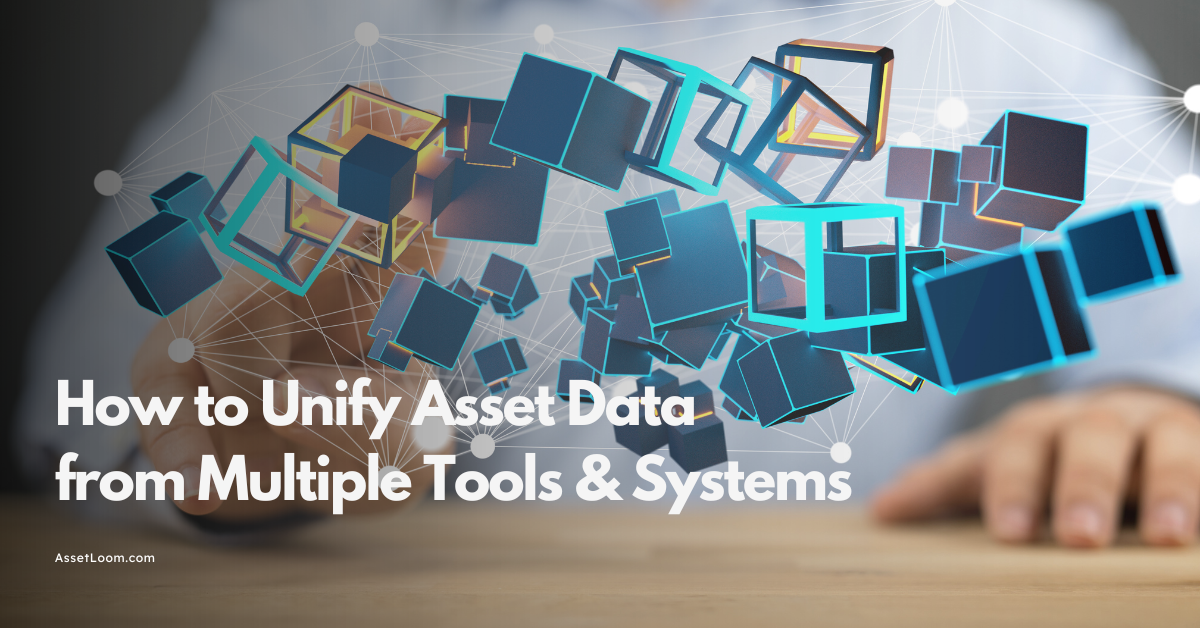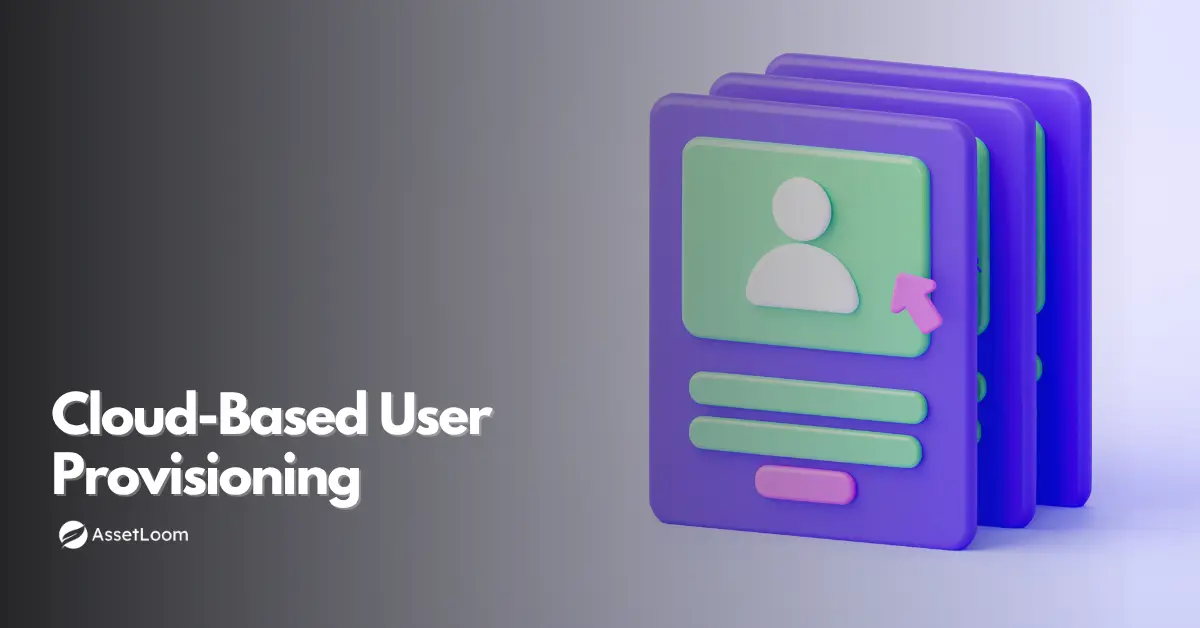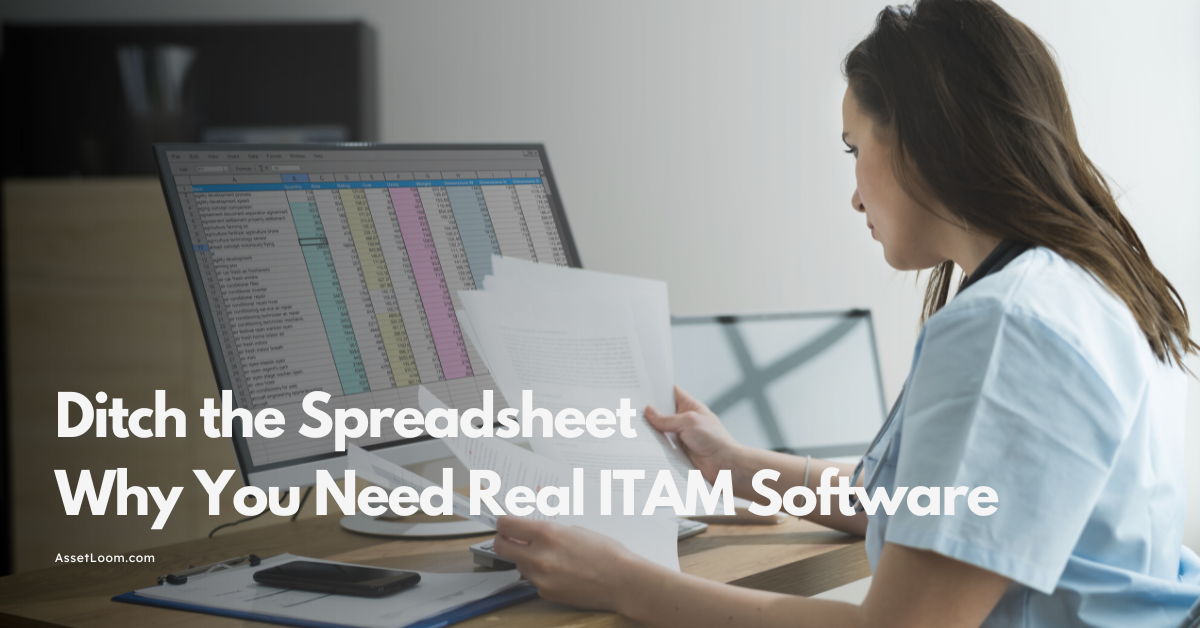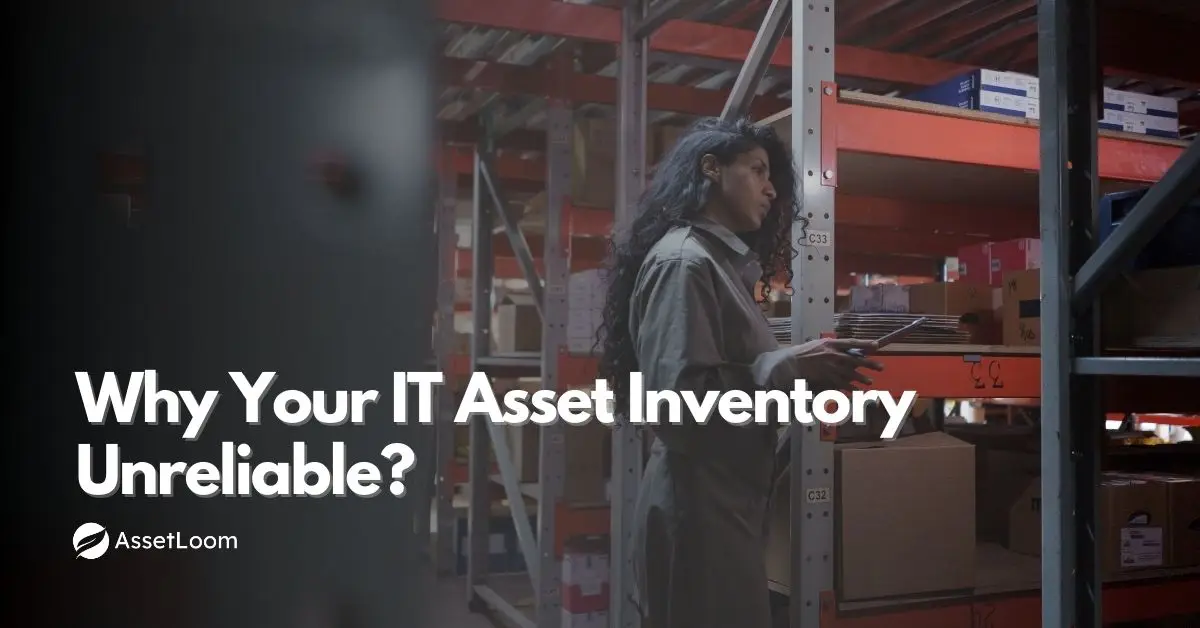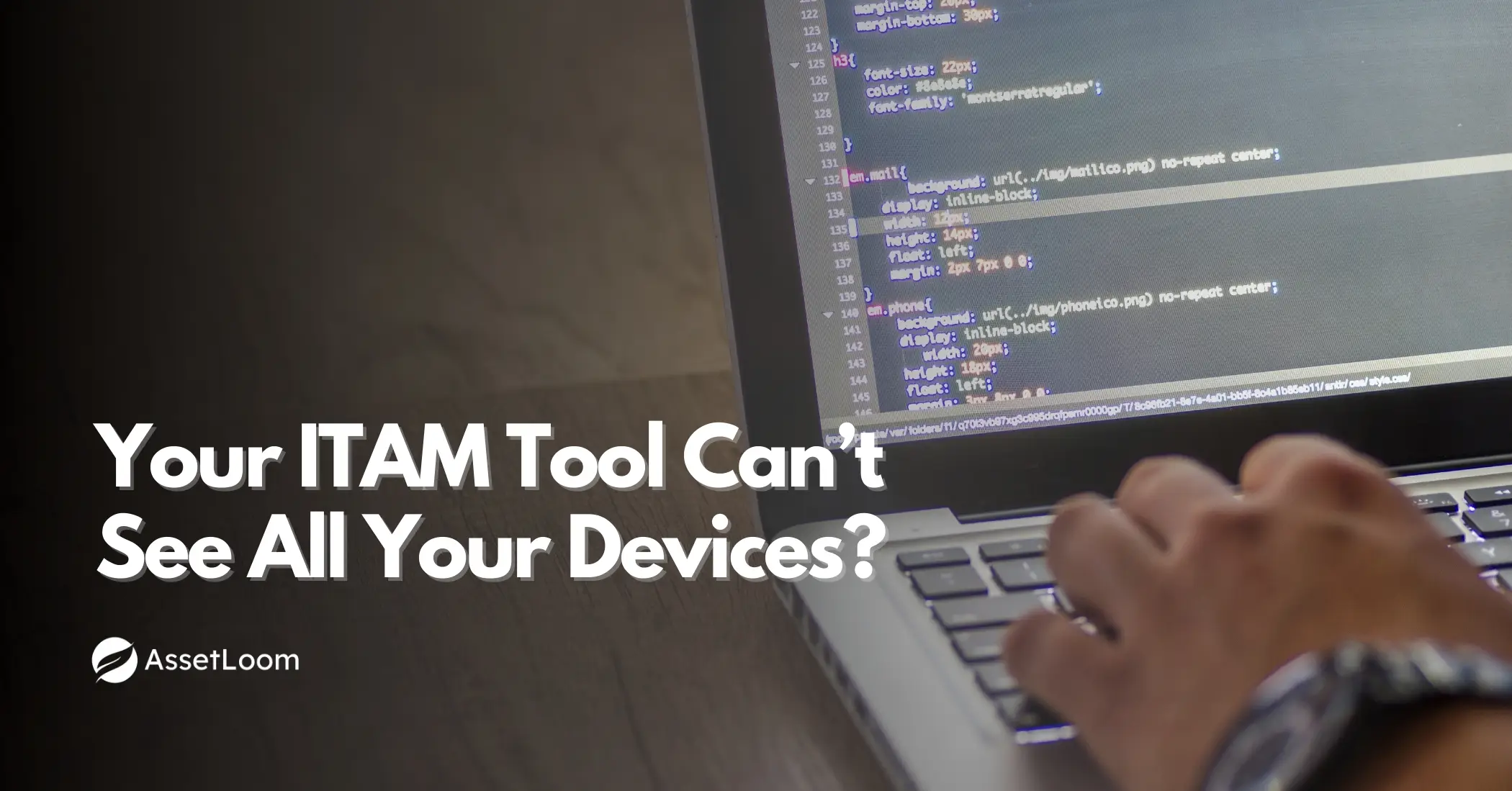Free Asset Management Software vs. Excel: Which Is Best for Your Business?
Compare free asset management software and Excel to find the best solution for tracking and managing your business assets efficiently.
When deciding between free asset management software and Excel for your business, consider your specific needs. Choosing the right tool depends on your asset list, team needs, and budget. An asset management template in Excel might be enough for smaller lists, but as your business expands, free asset management software could help simplify the process.
Why Free Asset Management Software Might Be Better
As your business grows and your asset list becomes more complex, free asset management software offers several advantages over simple spreadsheets. These tools are built specifically to help businesses manage, track, and maintain their assets efficiently.
Here’s why:
Specialized Features
Unlike Excel, free asset management software is designed for IT asset tracking. It includes features like real-time tracking, automated notifications, detailed reporting, and asset lifecycle management. For example, tools like AssetLoom support QR code scanning and generate printable QR asset tags.
Real-Time Collaboration
Free asset management software allows multiple users to access and update asset information simultaneously, ensuring that everyone has up-to-date data. This reduces errors and improves accountability. Custom user roles also enhance security.
Advanced Tracking
Many software options support technologies like barcodes, QR codes, and RFID for precise asset tracking. These features are especially valuable for tracking movable assets, such as machinery. Some tools even offer GPS tracking (though this can sometimes incur additional costs), helping to monitor location and condition.
Attachments and Multimedia
Free software often supports attaching photos, documents, and other files directly to asset records. This feature is a significant advantage over Excel, where it can be challenging to link media or detailed notes to specific assets.
Automation
Asset management software automates routine tasks such as maintenance reminders, depreciation calculations, and reporting. This reduces the manual effort required to stay on top of your assets. For example, AssetLoom sends notifications when an asset changes hands or requires maintenance.
Scalability
As your asset list grows, free asset management software can easily scale to accommodate more data. Unlike Excel, which may become unwieldy with large numbers of assets, tools like AssetLoom can efficiently manage hundreds or even thousands of assets across multiple users.
Cost-Effectiveness
Many of these tools are free or come with very low-cost plans, making them a great option for businesses with limited budgets.
Challenges with Free Asset Management Software
While there are plenty of benefits, there are some challenges with free asset management software:
- Complex Setup: Tools like GLPI and Ralph 3 can be difficult to set up and configure, particularly if you don't have a dedicated IT team. They often require some technical expertise to get started.
- Limited Support: Free software typically relies on community support, which may not be as responsive or comprehensive as the support offered by paid solutions. This could be a challenge for businesses without internal IT resources.
- Learning Curve: Some software has a steeper learning curve compared to Excel, especially for users who aren't familiar with asset management tools. This could slow adoption and affect the overall efficiency of your team.
When Excel Makes Sense
Excel can be useful for small businesses or basic asset tracking needs. Here’s when Excel might be the right choice:
- Simple Asset Tracking: Suitable for small businesses with fewer assets to track (less than 100) and basic needs (e.g., asset names, ages, values).
- Widely Available and Familiar: Excel is part of Microsoft Office and familiar to most users, reducing the learning curve.
- Customization: Allows customization through formulas and macros, making it flexible for businesses with specific tracking requirements.
- Cost-Effective for Small Operations: Free with Microsoft Office, making it a budget-friendly choice for businesses with basic tracking needs.
- Manual Updates: Data must be updated manually, which can be time-consuming, especially for tracking maintenance schedules and changes in asset status.
- No Real-Time Collaboration: Excel lacks real-time collaboration features, which can lead to data conflicts and overwriting when multiple users are involved.
- Error Prone: Due to manual data entry, Excel spreadsheets are prone to human error, leading to potential costly mistakes.
- Scalability Issues: As the asset list grows, Excel becomes cumbersome, making it hard to manage larger asset inventories effectively.
Despite these limitations, Excel can be a starting point for very small businesses with simple asset tracking needs, such as manually recording asset names, ages, descriptions, and values. It is particularly suitable for businesses with fewer than 10 users or fewer than 100 manageable assets, as noted in recent studies
Factors to Consider
When choosing between free asset management software and Excel, it’s essential to evaluate several factors based on your specific business needs. Here are key considerations to help guide your decision:
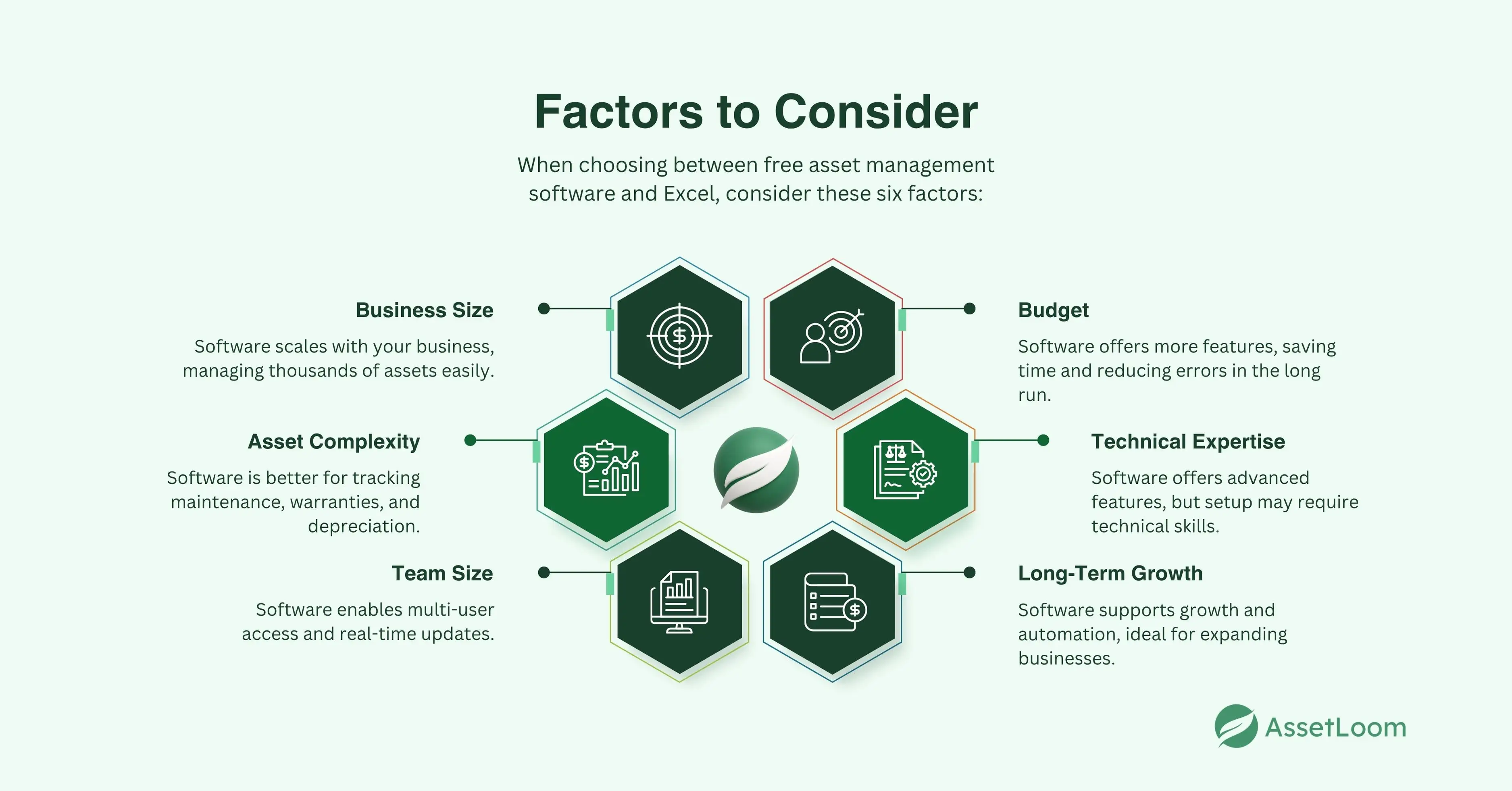
1. Business Size
Small Businesses: For businesses with a small number of assets (under 10), Excel may be sufficient. It’s a great tool for basic tracking like asset name, purchase date, and location.
- Example: A small startup with just 10 computers and some office furniture might find Excel perfect for asset tracking.
Growing Businesses: As your business scales and asset lists grow, free asset management software offers more efficient solutions, such as automation and better organization for handling large amounts of data.
- Example: A mid-sized company managing hundreds of IT assets across multiple locations may find free software like AssetLoom much more efficient, as it can handle asset tracking across various departments and offer cloud-based collaboration.
2. Asset Complexity
Simple Asset Tracking: If your assets are straightforward (e.g., just listing equipment with basic details), Excel can handle it well.
- Example: A small marketing agency with a few printers, laptops, and phones can track basic details using an Excel spreadsheet.
Advanced Asset Management: If you need to track complex information like warranties, maintenance schedules, depreciation, or lifecycle status, asset management software provides specialized features.
- Example: A company with machinery that requires regular maintenance and tracking of service history would benefit from software like AssetLoom, which provides reminders and detailed maintenance logs.
3. Team Size and Collaboration
Small Teams: If you’re managing assets alone or within a small team (less than 3 people), Excel can work well since there’s no need for extensive collaboration. However, be mindful of potential data conflicts if multiple people are accessing the same file.
- Example: A freelance consultant may prefer Excel for its simplicity and ability to track a few assets like computers, software, and accessories.
Larger Teams: For businesses with larger teams where multiple users need to update or access asset data, free asset management software is a better fit. It allows real-time collaboration and version control, reducing the risk of errors.
- Example: A tech company with 10+ employees can use GLPI to allow multiple team members to access and update asset information without the risk of overwriting or data conflicts.
4. Budget
Low Budget: Excel is a cost-effective solution if your business has a limited budget. If your asset tracking needs are minimal, it’s a free, simple solution.
- Example: A small e-commerce business may choose Excel to track IT inventory and equipment with minimal upfront investment.
Investing in Efficiency: Free asset management software can provide better value over time with its automation, reporting, and scalability, saving your team time and reducing errors as your business grows.
5. Technical Expertise
Non-technical Teams: Excel is ideal for teams that lack IT support or technical skills. It’s a familiar tool that most employees can use without specialized training.
- Example: A local retail shop with a small team might prefer Excel since their staff can easily enter and update data without the need for technical knowledge.
Tech-Savvy Teams: Free asset management software may require some initial setup and familiarity with technical concepts. However, tools like AssetLoom are relatively easy to deploy with basic IT skills.
- Example: A startup with an in-house IT team could easily set up AssetLoom, taking advantage of barcode scanning and asset tracking features without requiring extensive training.
6. Long-Term Needs
Short-Term Use: For businesses with a limited number of assets and no plans for significant growth, Excel might suffice for the long term.
- Example: A small consultancy with just a few laptops and some office furniture may not need to upgrade to software for the foreseeable future.
Long-Term Growth: If you anticipate growth or plan to manage a large volume of assets, free asset management software will provide better scalability and features like automated updates, reporting, and asset lifecycle management.
- Example: A growing IT services company may start with Excel but transition to a solution like AssetLoom as they expand, offering better tracking of thousands of devices across multiple locations.
Comparative Analysis: Pros and Cons
Now that we’ve discussed the key factors, let's take a closer look at the pros and cons of free asset management software versus Excel to help you make a more informed decision.
Free Asset Management Software
Pros:
Specialized Features: Designed for asset management, with features like real-time tracking, automated alerts, and lifecycle management.
- Example: AssetLoom offers to generate a bulk of QR codes for asset tagging, making asset tracking more efficient.
Real-Time Collaboration: Multiple users can access and update data simultaneously, reducing errors and improving accuracy.
Automation: Automates routine tasks such as maintenance reminders, depreciation calculations, and inventory updates.
Scalability: Easily handles growing asset lists, making it a good choice for expanding businesses.
Attachments and Multimedia: Can store photos, documents, and other media related to assets, improving audit trails and maintenance logs.
Cons:
- Complex Setup: Open-source tools like GLPI may require technical expertise to configure, making them harder to implement for businesses without IT support.
- Learning Curve: More complex than Excel, and may take time for users to become comfortable with.
- Limited Support: Free tools usually rely on community support rather than customer service, which can be challenging if issues arise.
Excel
Pros:
- Widely Available and Familiar: Excel is part of the Microsoft Office suite, and most users are already familiar with it, reducing the learning curve.
- Customizable: Users can create custom templates and formulas to meet their specific asset management needs. Example: A business can create a simple asset management template in Excel with custom fields and calculations for depreciation.
- Cost-Effective: Excel is a low-cost solution for businesses that already have Microsoft Office, making it budget-friendly for small operations.
- Flexible: Can be adapted to various asset management needs, from tracking simple equipment to more complex data.
Cons:
- Manual Updates: All data must be manually updated, which can be time-consuming and prone to errors.
- Lack of Automation: Excel does not provide automated features like asset depreciation tracking or maintenance reminders, which means businesses need to update everything manually. Example: Without automation, a company must manually track and update maintenance schedules for its equipment.
- Error Prone: Excel spreadsheets are highly susceptible to human error, with studies showing that nearly 88% of spreadsheets contain mistakes.
- No Real-Time Collaboration: Excel doesn't support real-time collaboration, meaning multiple users might accidentally overwrite each other’s changes.
- Limited Scalability: As asset lists grow, managing them in Excel becomes cumbersome, leading to potential mistakes and inefficiencies.
Summary Comparison
| Feature | Free Asset Management Software | Excel |
|---|---|---|
| Customization | Customizable, but requires setup and technical knowledge | Highly customizable via templates and formulas |
| Ease of Use | Requires a learning curve, especially for open-source options | Familiar to most users, easy to start with |
| Collaboration | Supports real-time collaboration and multi-user access | No real-time updates or collaboration |
| Automation | Automates tasks like maintenance reminders, depreciation, and reporting | Manual updates needed for all tasks |
| Cost | Free or low-cost options, but some features may be limited in the free version | Free with Microsoft Office, or part of Office Suite |
| Scalability | Handles large asset lists and growing businesses | Cumbersome as asset lists grow |
| Support | Limited support, typically community-based | Extensive documentation and online help |
| Tracking Capabilities | Supports advanced tracking (barcode, RFID, GPS) | Lacks advanced tracking features |
Related Blog: Excel for Asset Inventory: Why It’s Time for an Upgrade
Conclusion
The choice between free asset management software and Excel depends on your business needs. Excel is great for small businesses with simple asset tracking and limited growth. It’s cost-effective and easy to use but lacks automation and scalability.
Free asset management software, however, offers specialized features, automation, and real-time collaboration, making it a better fit as your asset list grows. Consider your business size, asset complexity, and future needs when deciding which tool is right for you.

Related Blogs
Hardware Management
How Construction Equipment Management Software Cuts Costs?

ITAM in General
Fixing Inventory Sync Issues Between ITAM and ITSM Tools
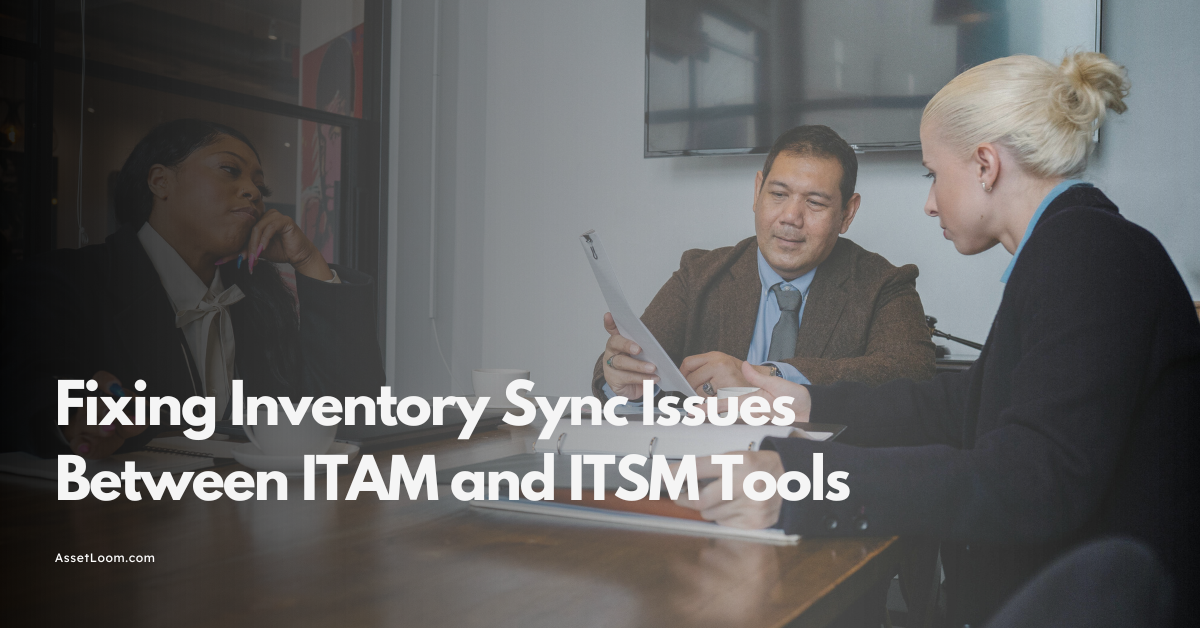
ITAM in General
The Hidden Costs of a Stolen Work Laptop & How to Prevent Them
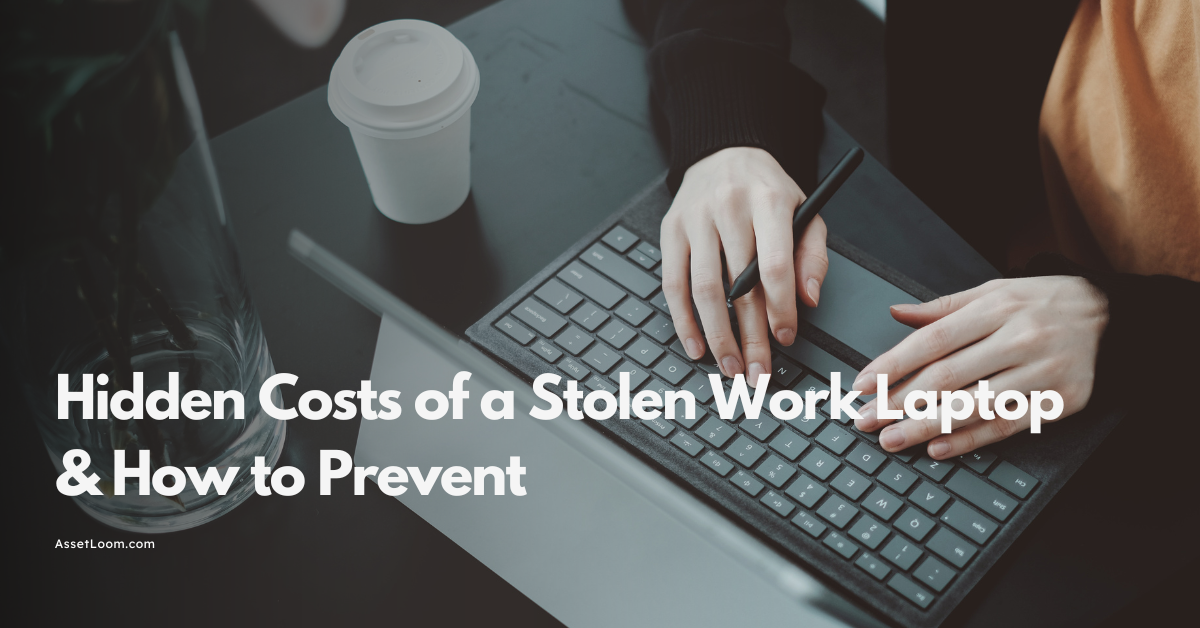
Subscribe for Expert Tips and Updates
Receive the latest news from AssetLoom. right in your inbox
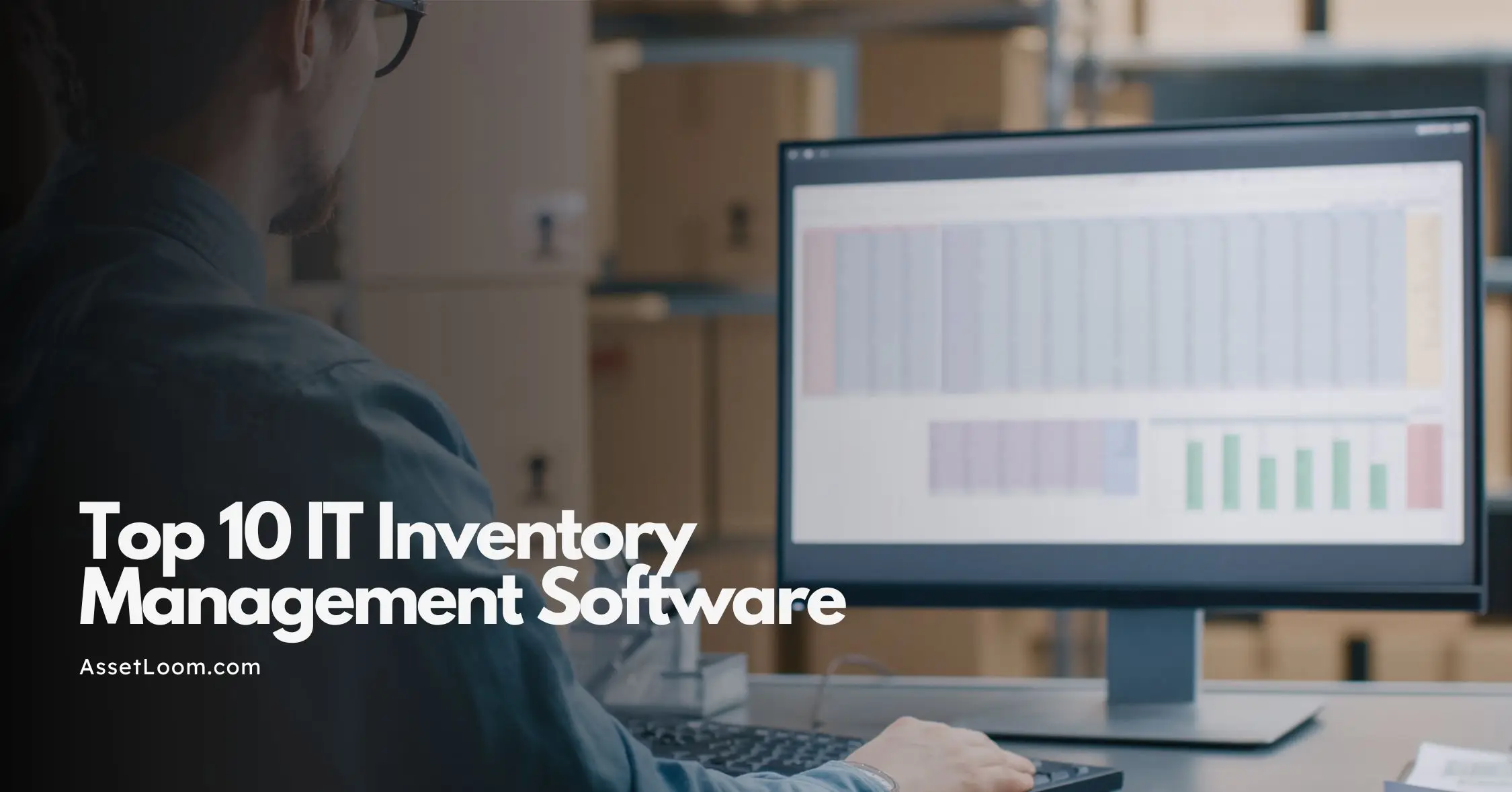
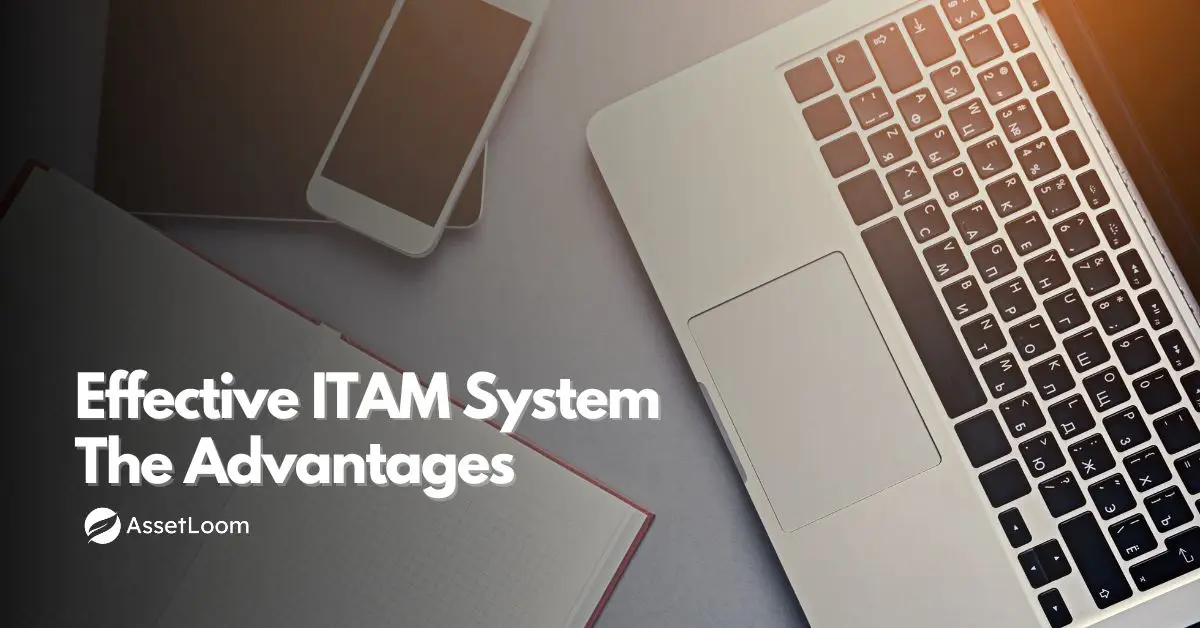
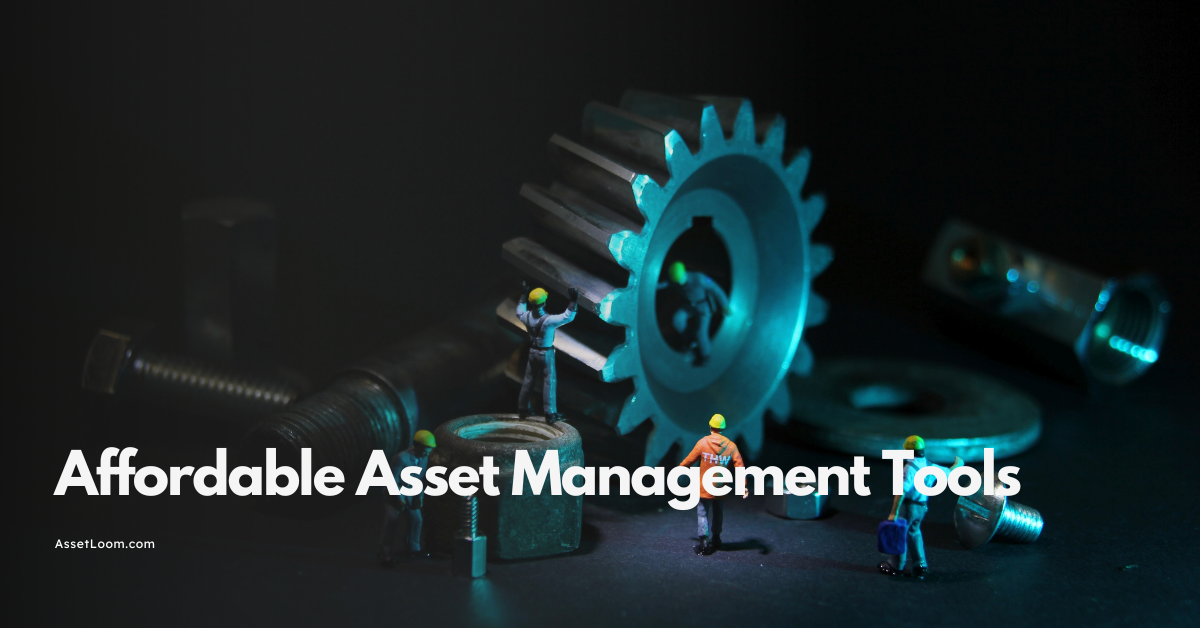

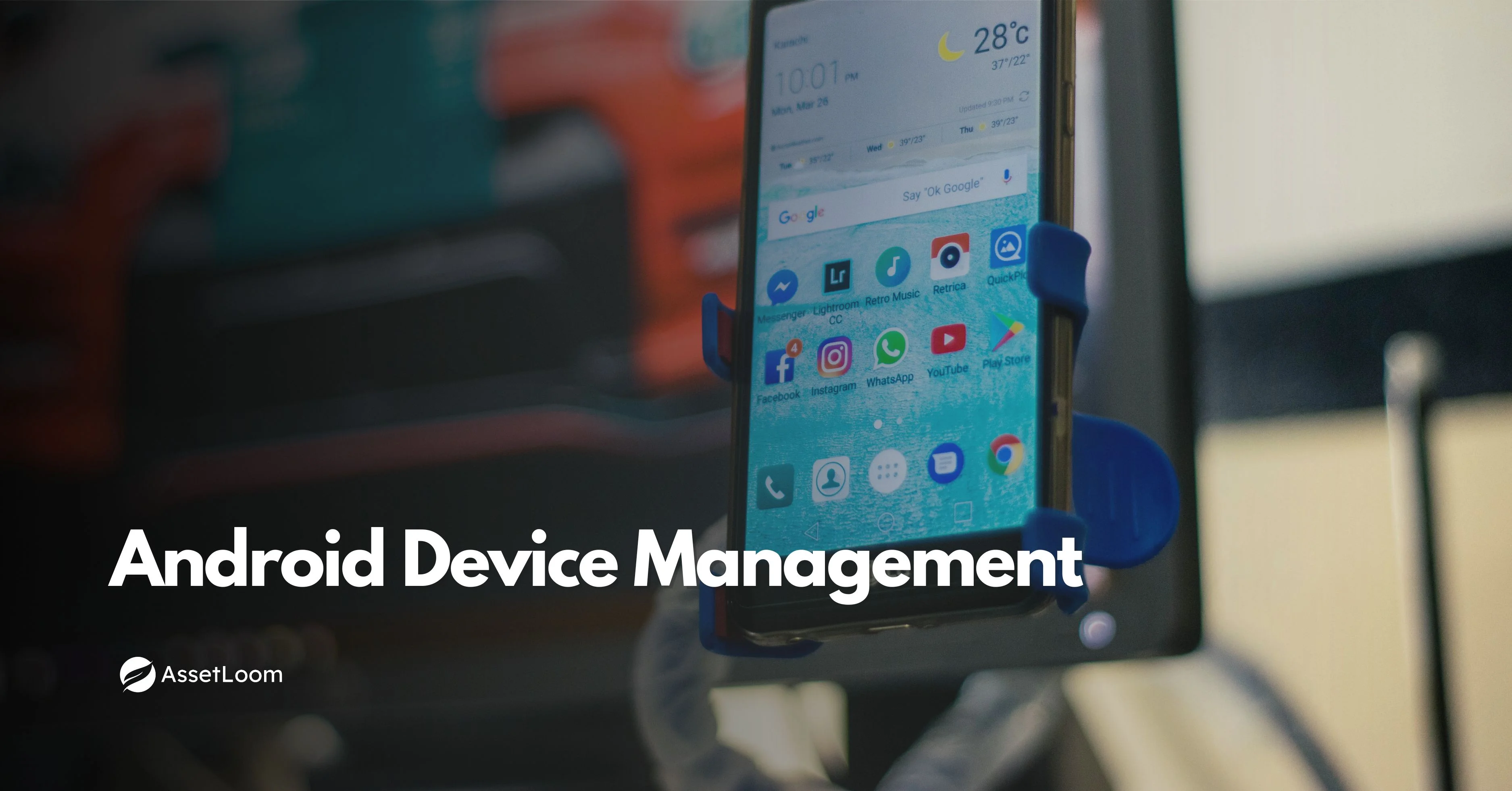




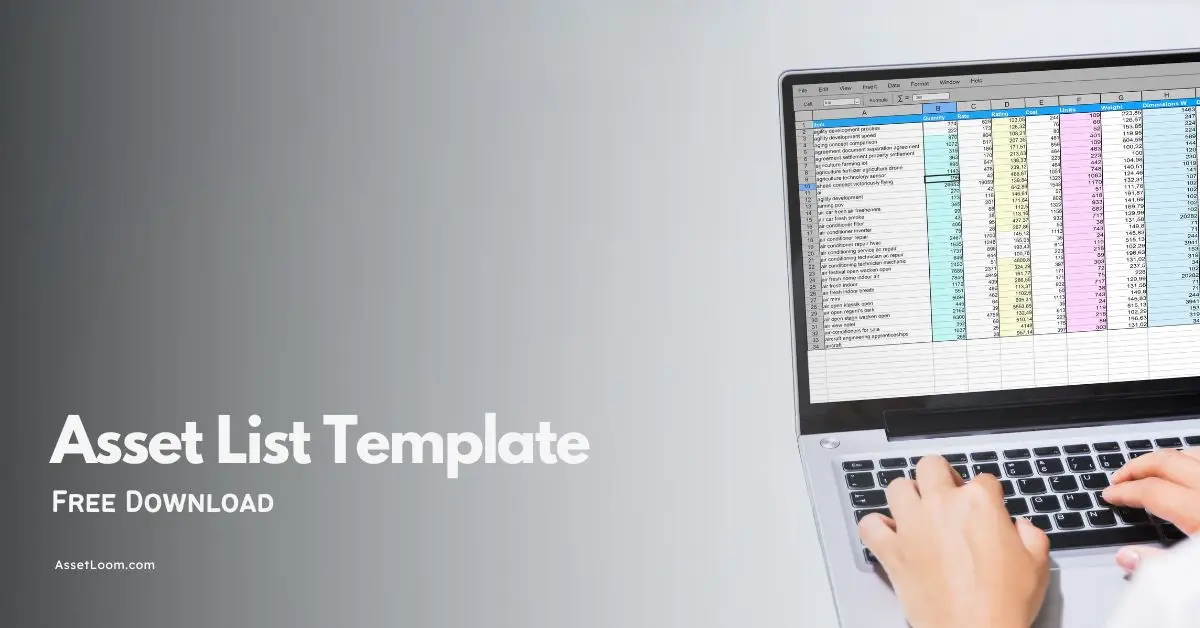
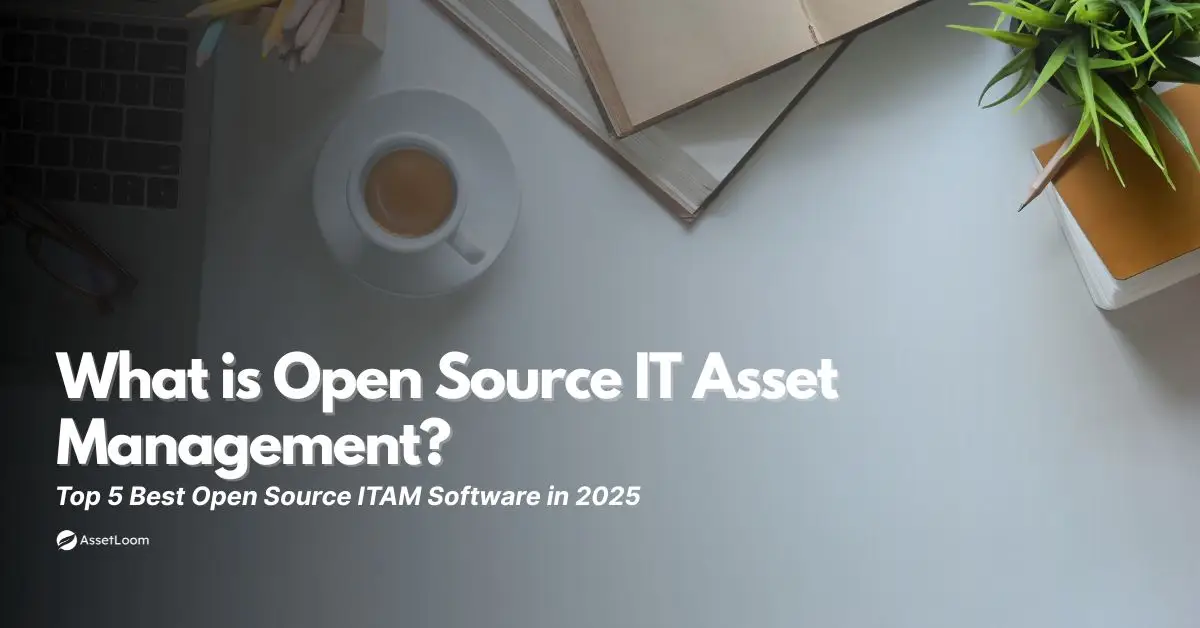
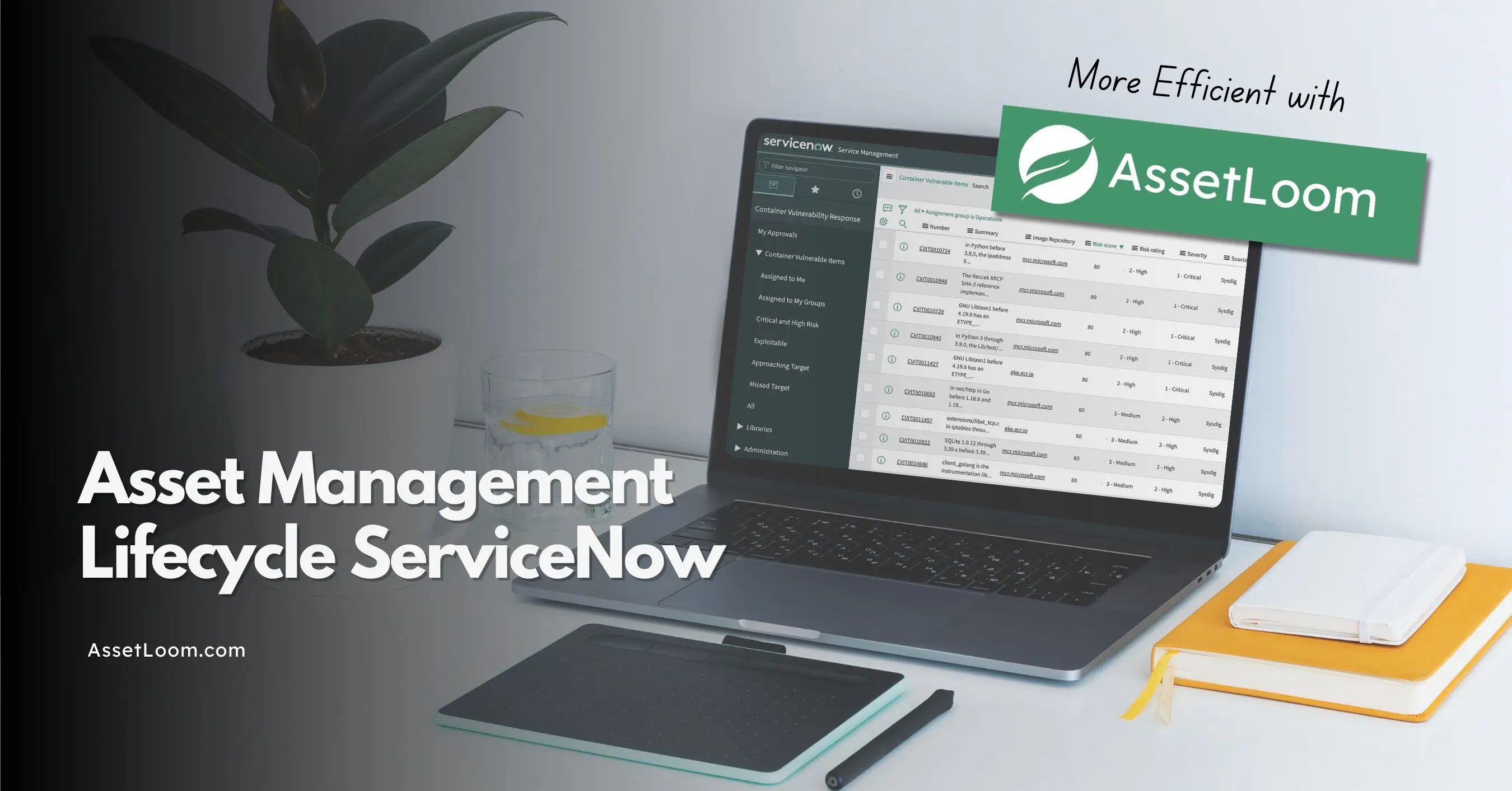
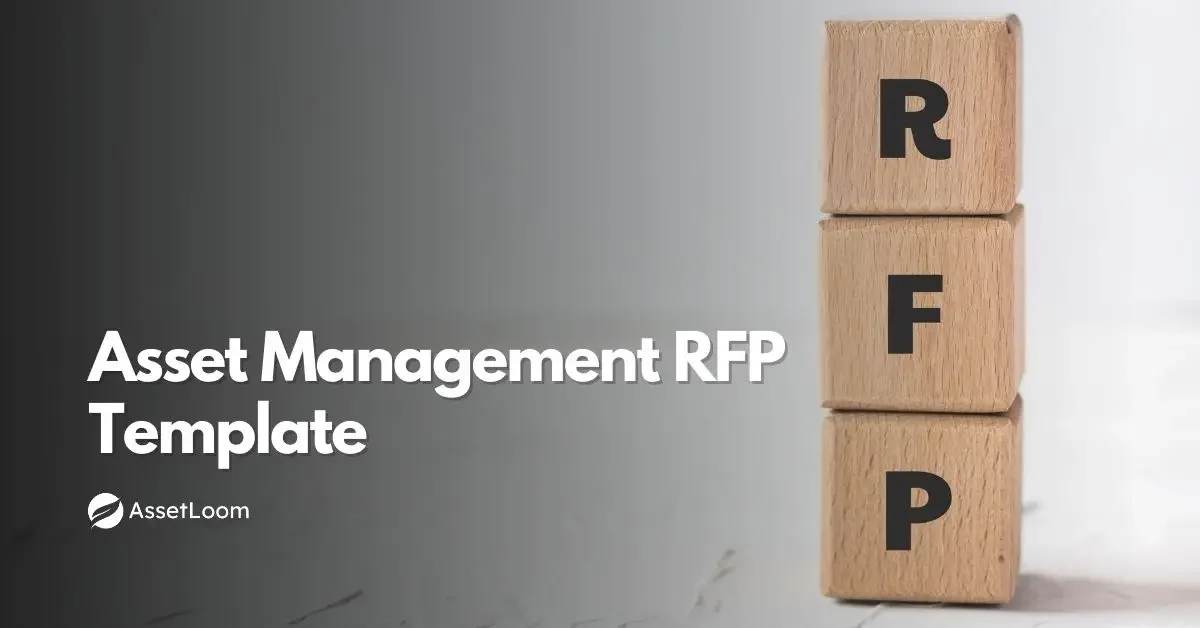



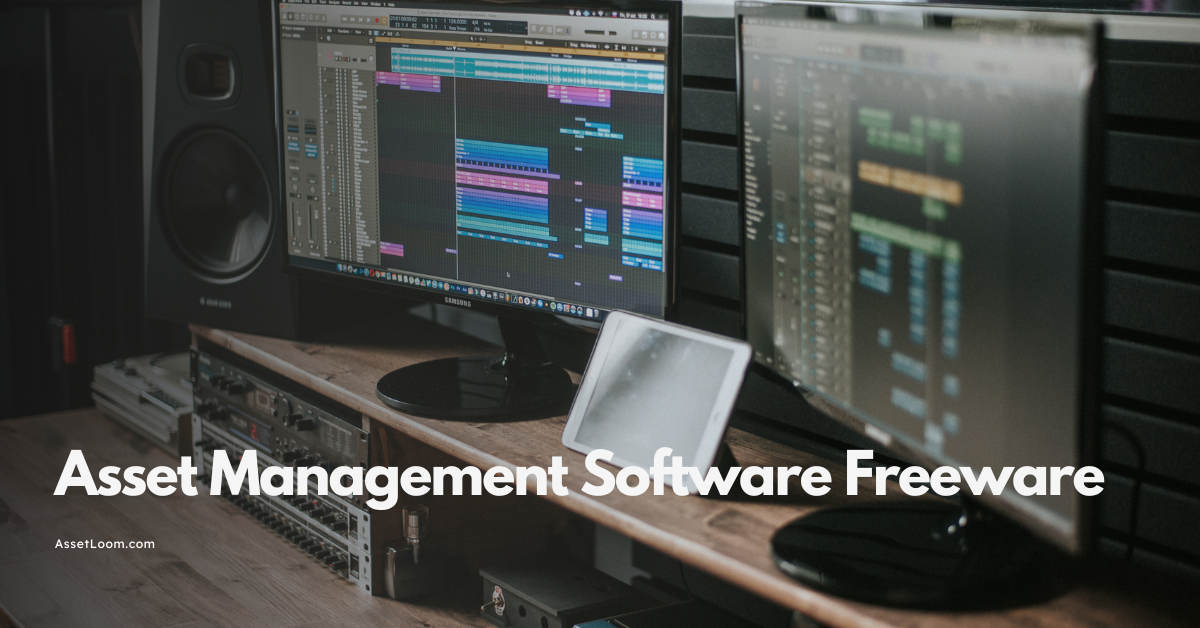
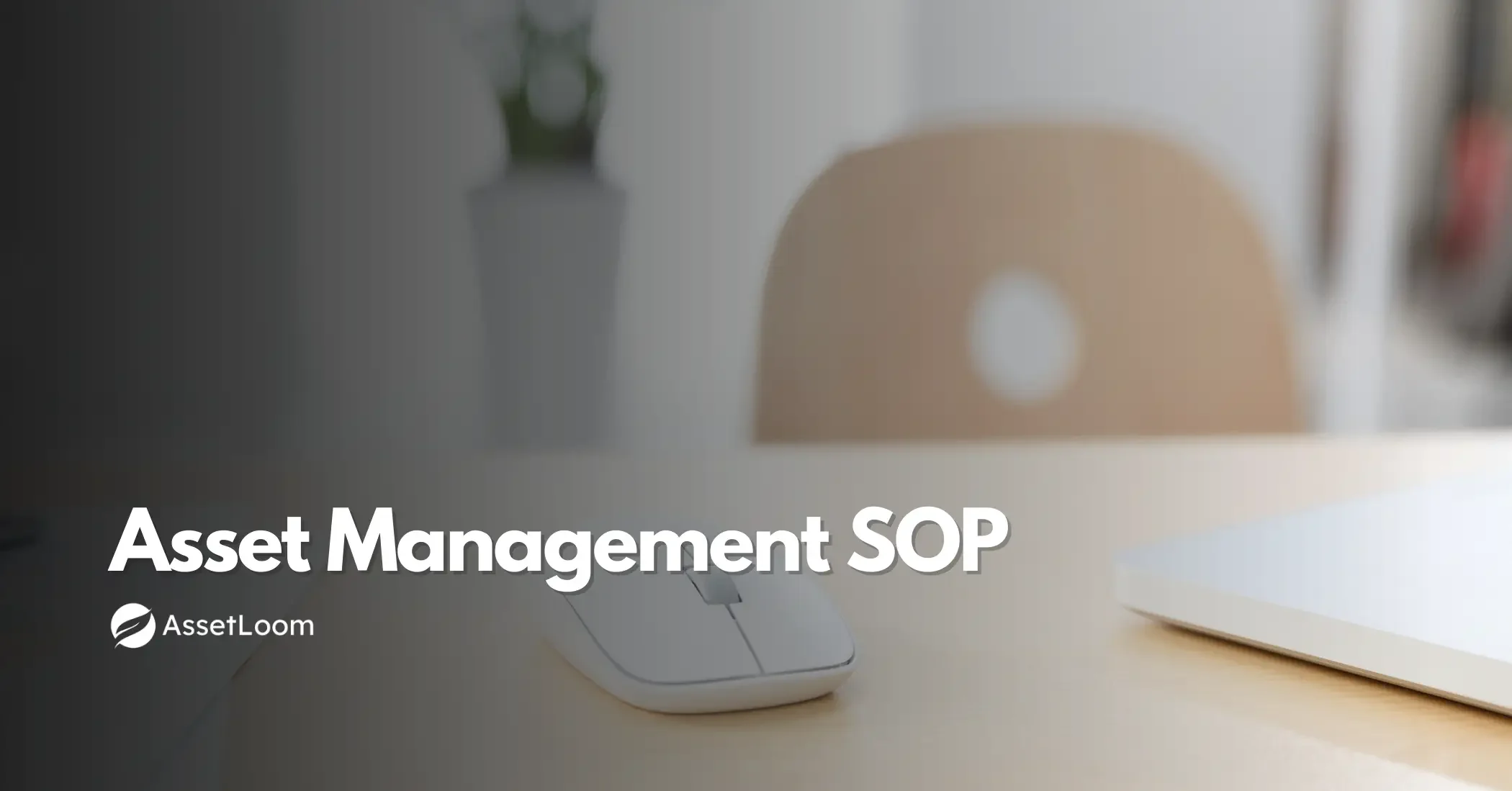


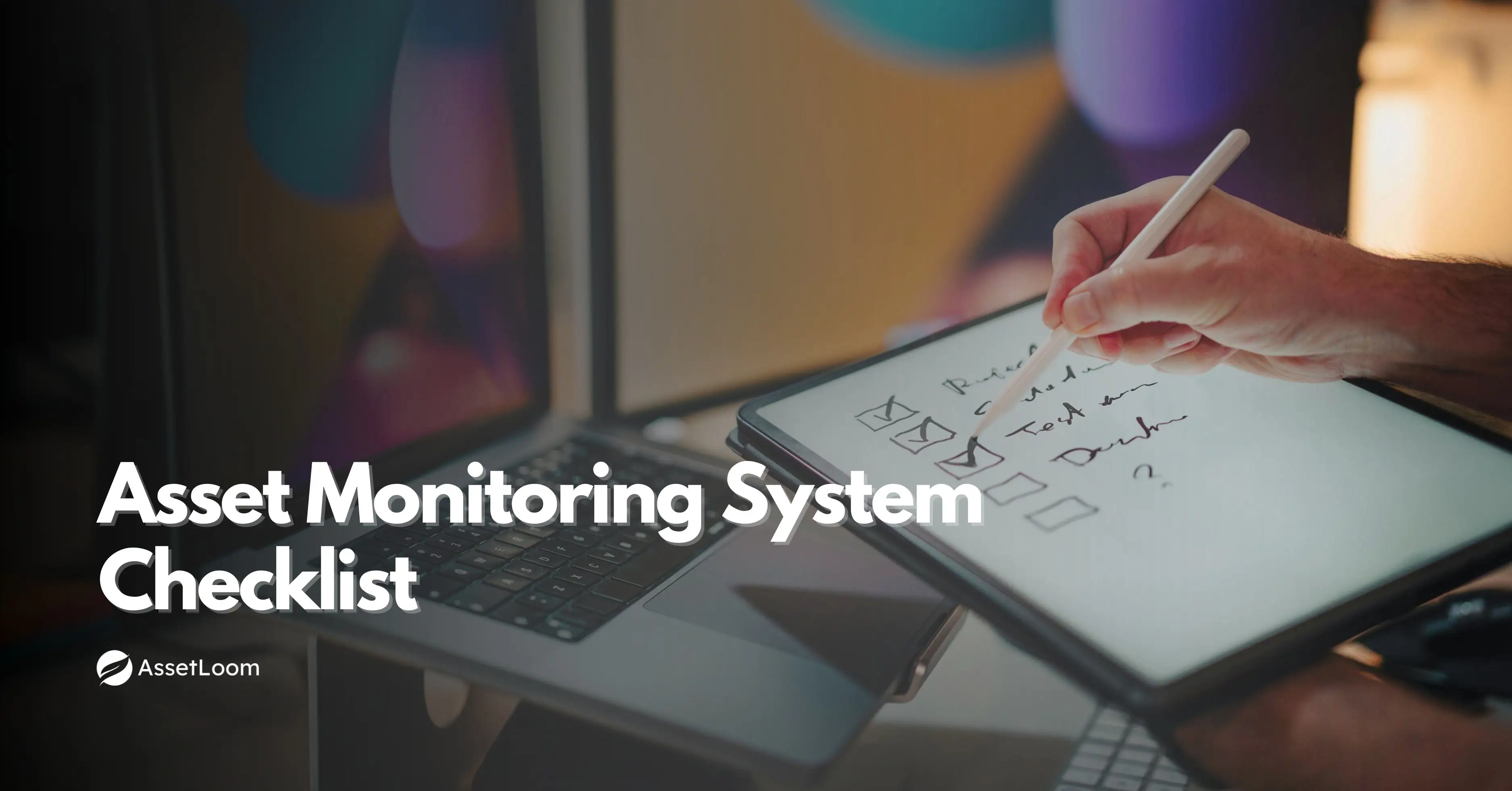



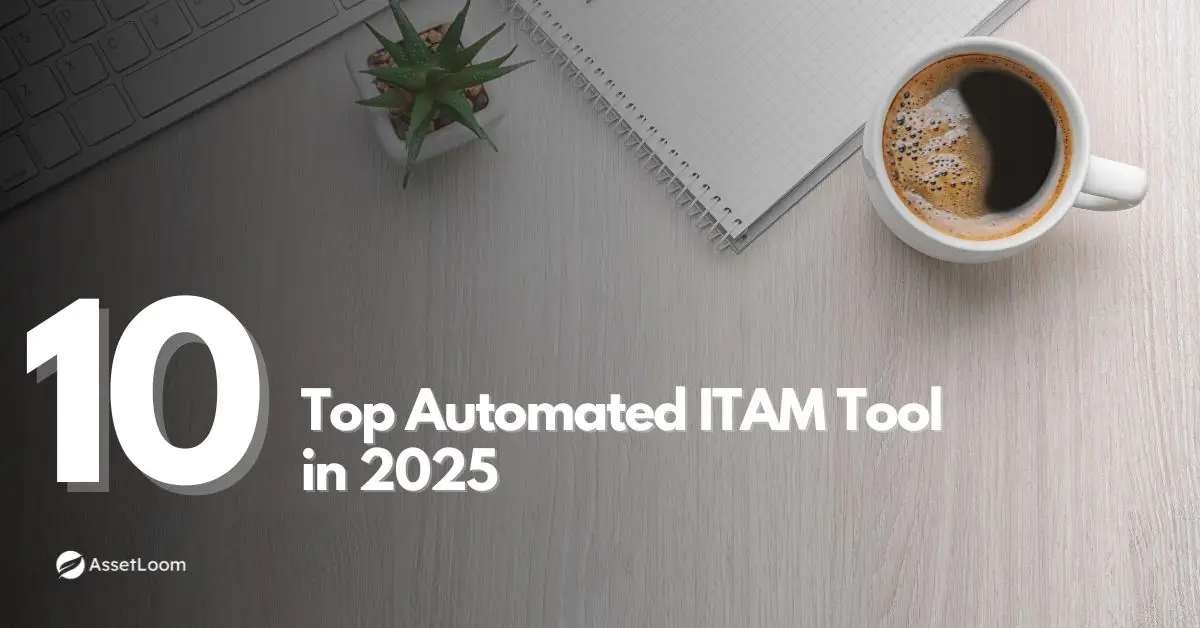
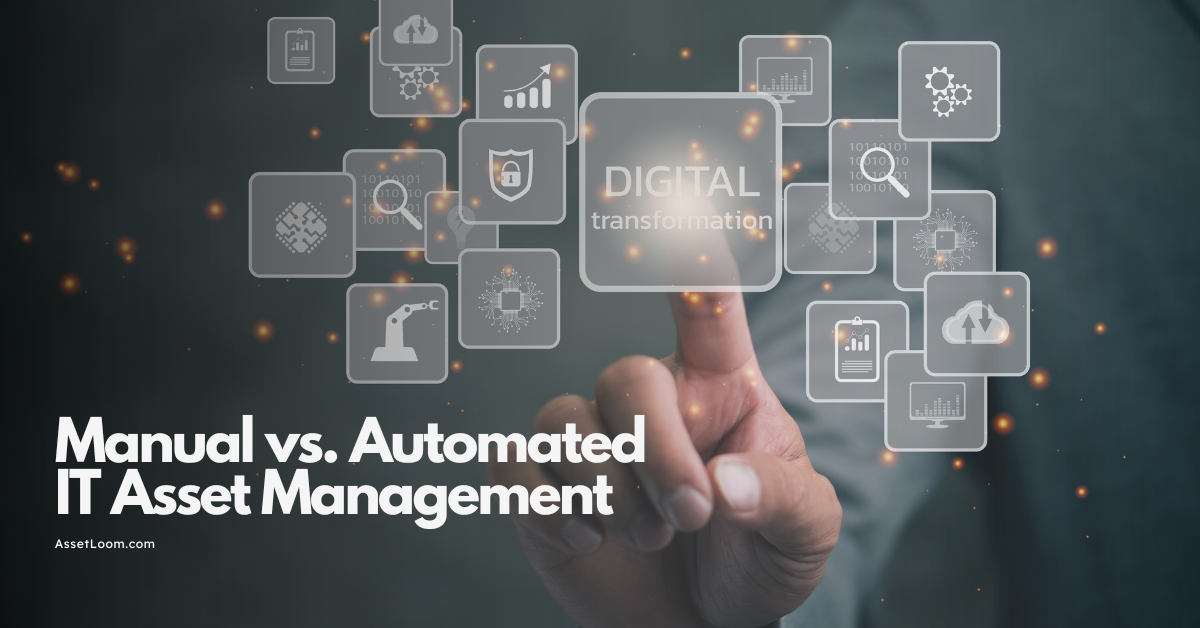












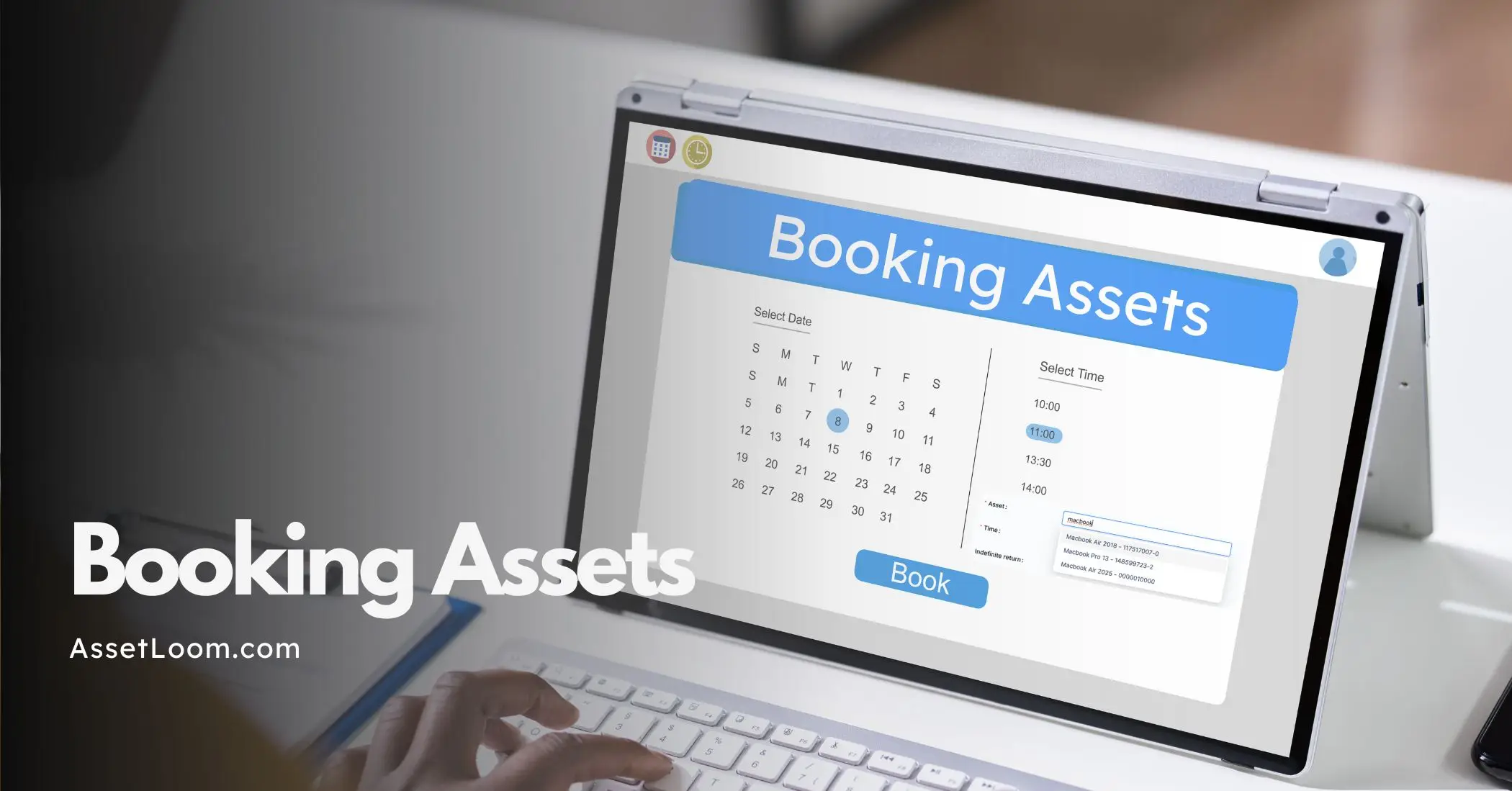
![Bring Your Own Device (BYOD) Policy Best Practices [FREE TEMPLATE]](https://assetloom.com/marketing/blog/bring-your-own-device-policy-best-practices.webp)



